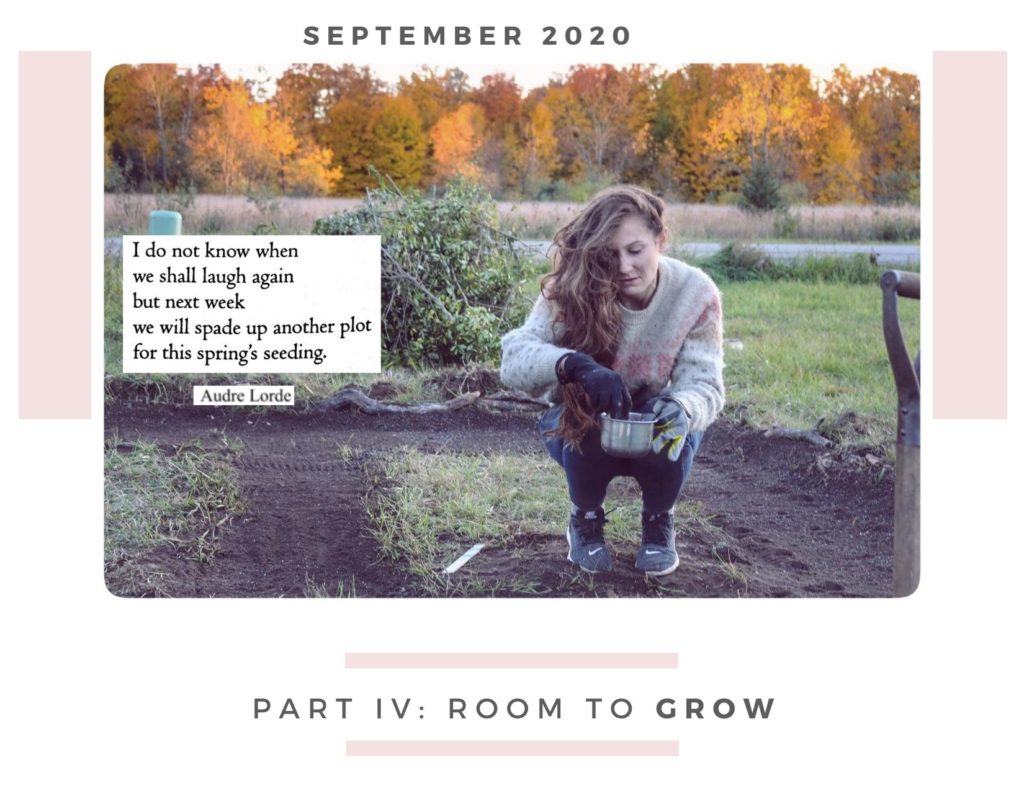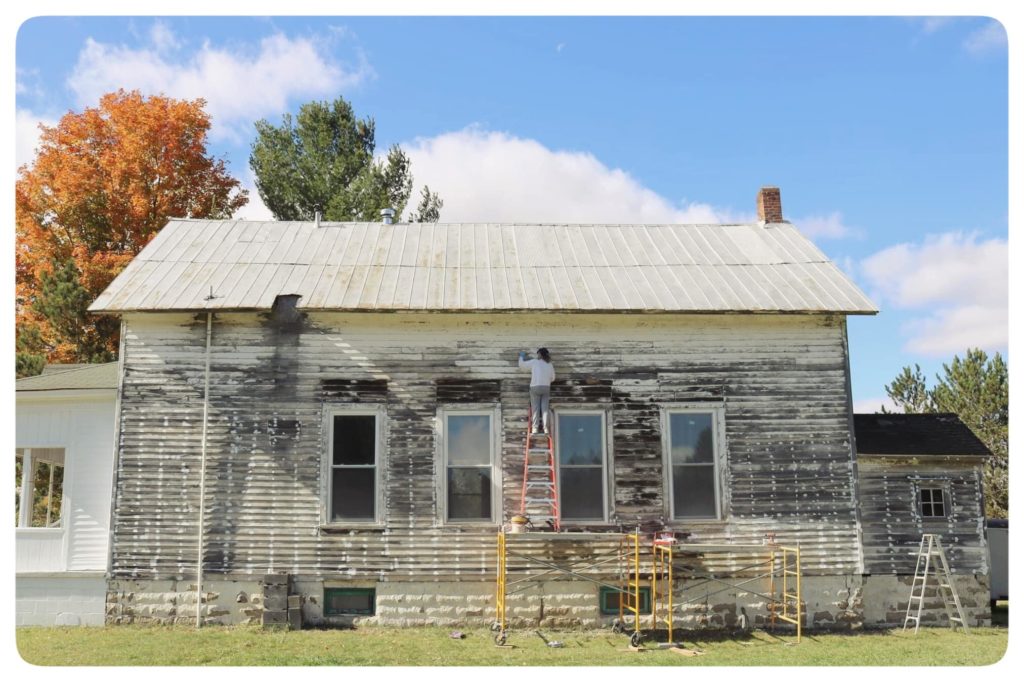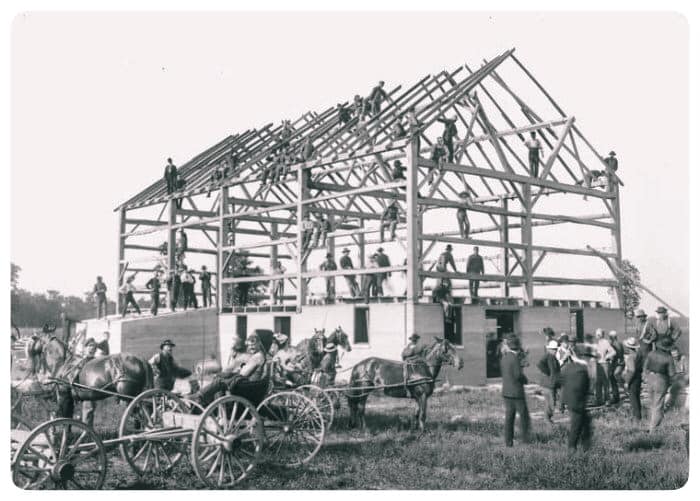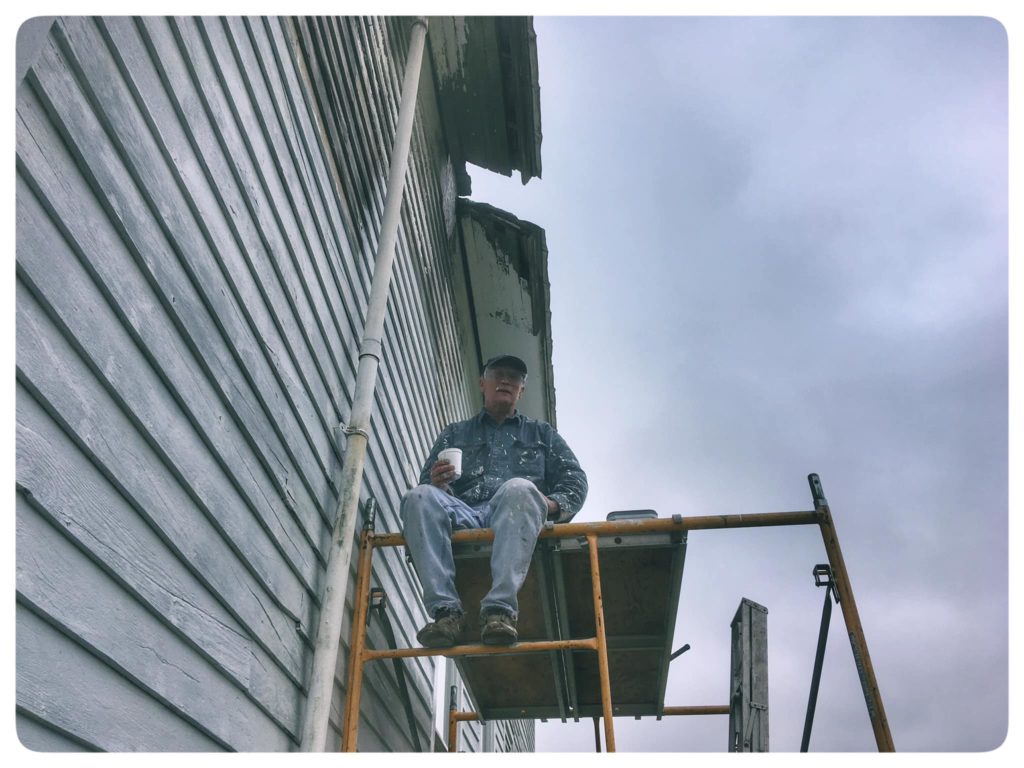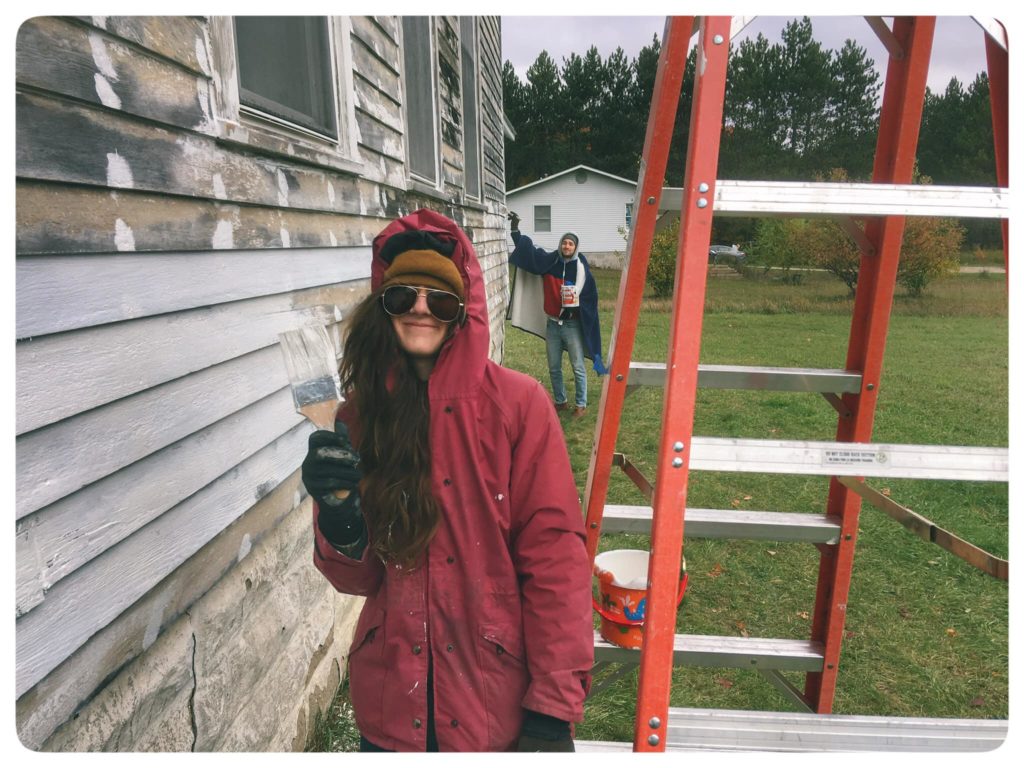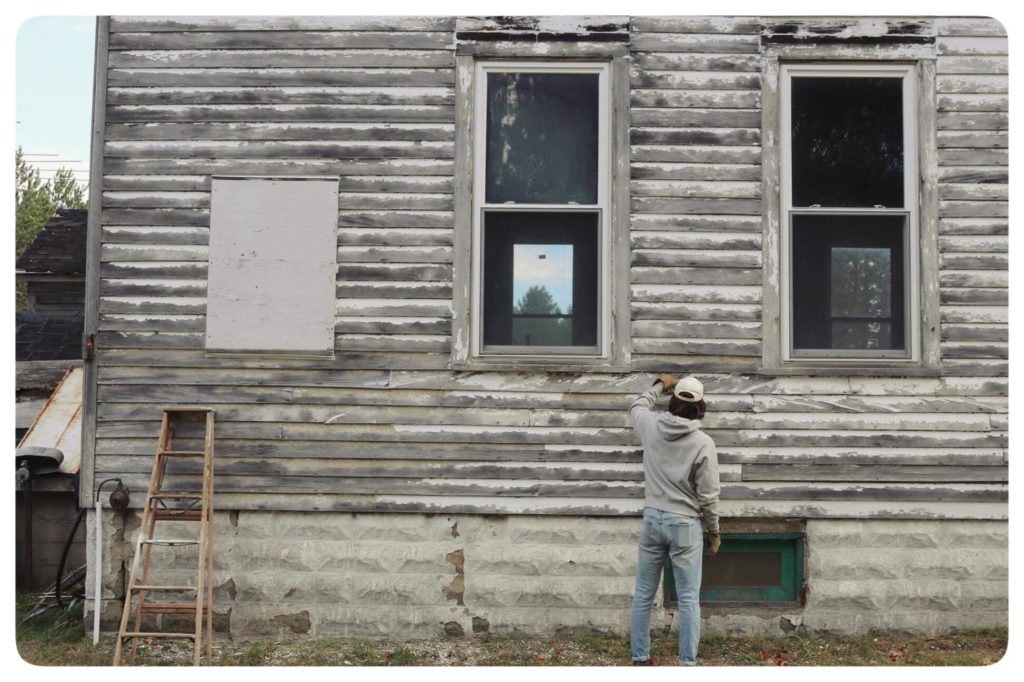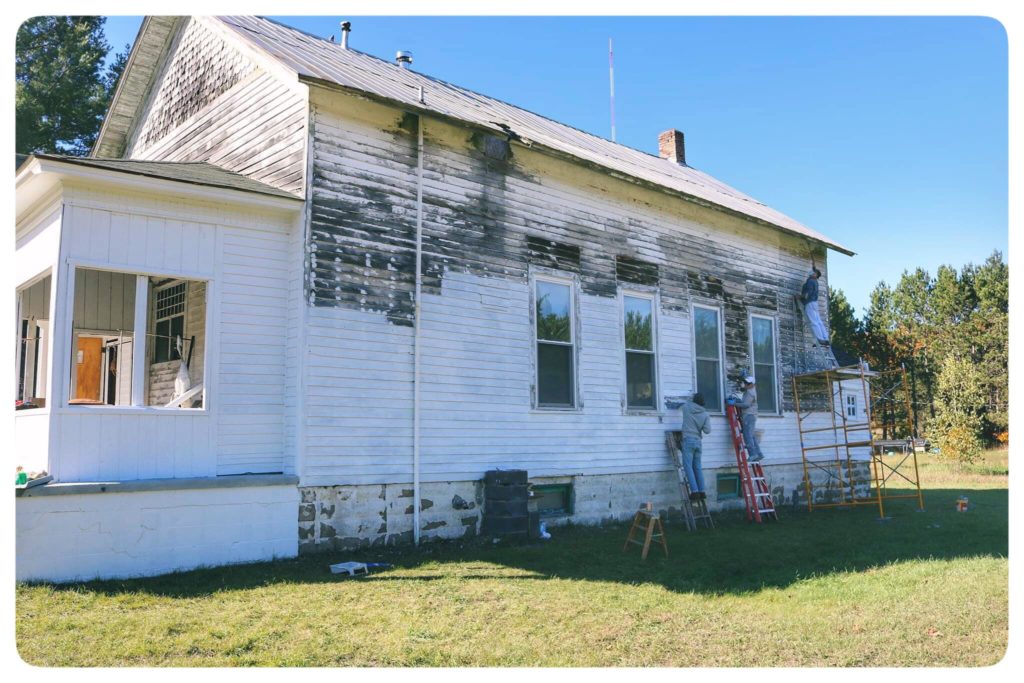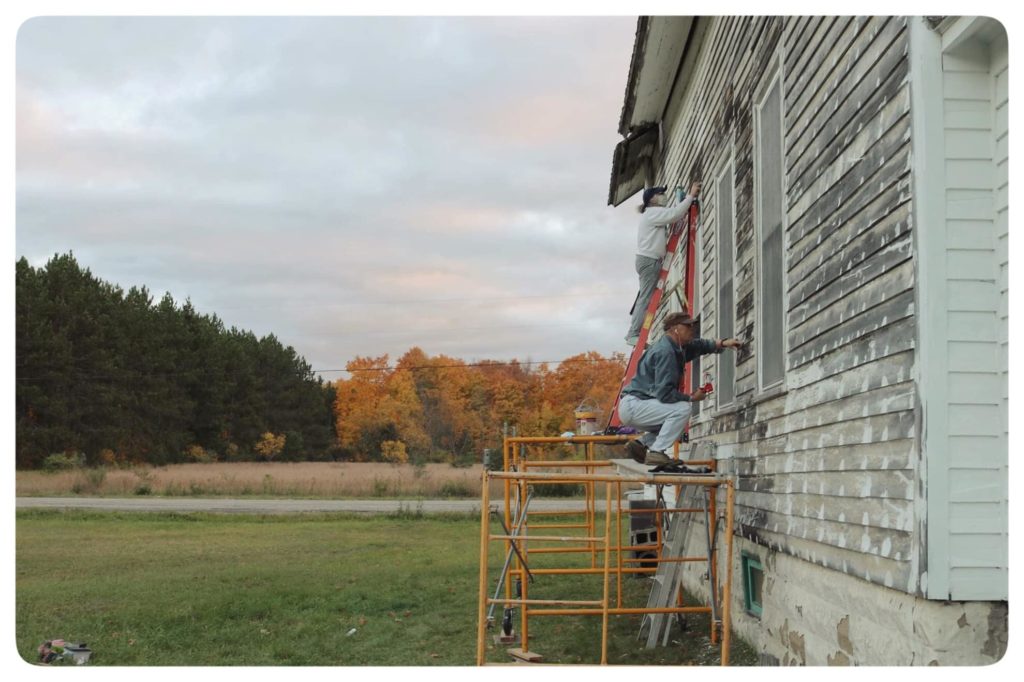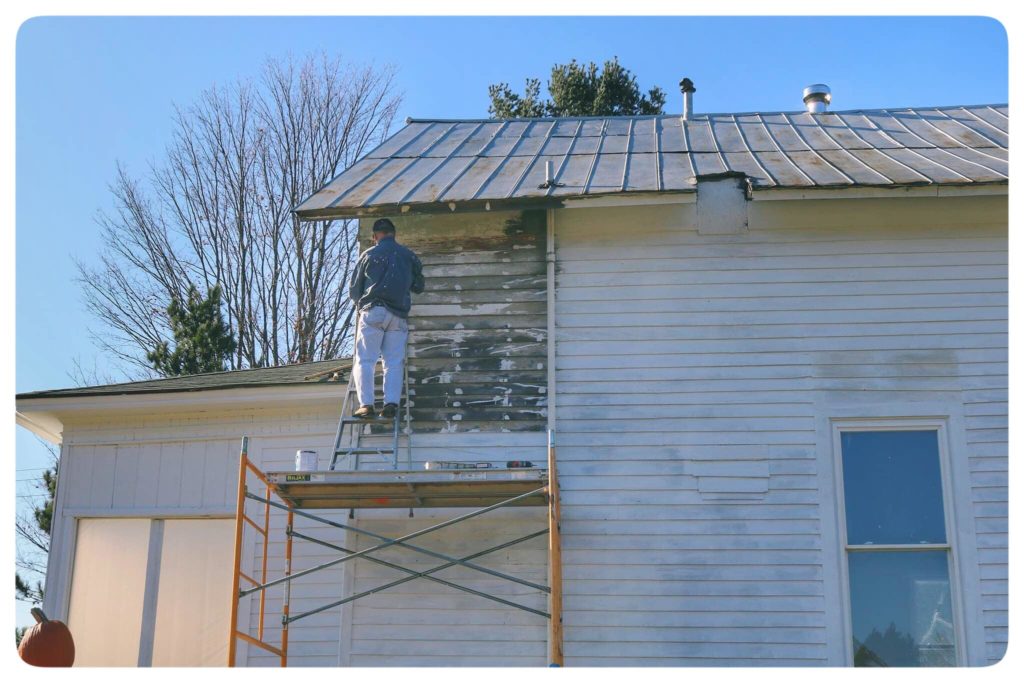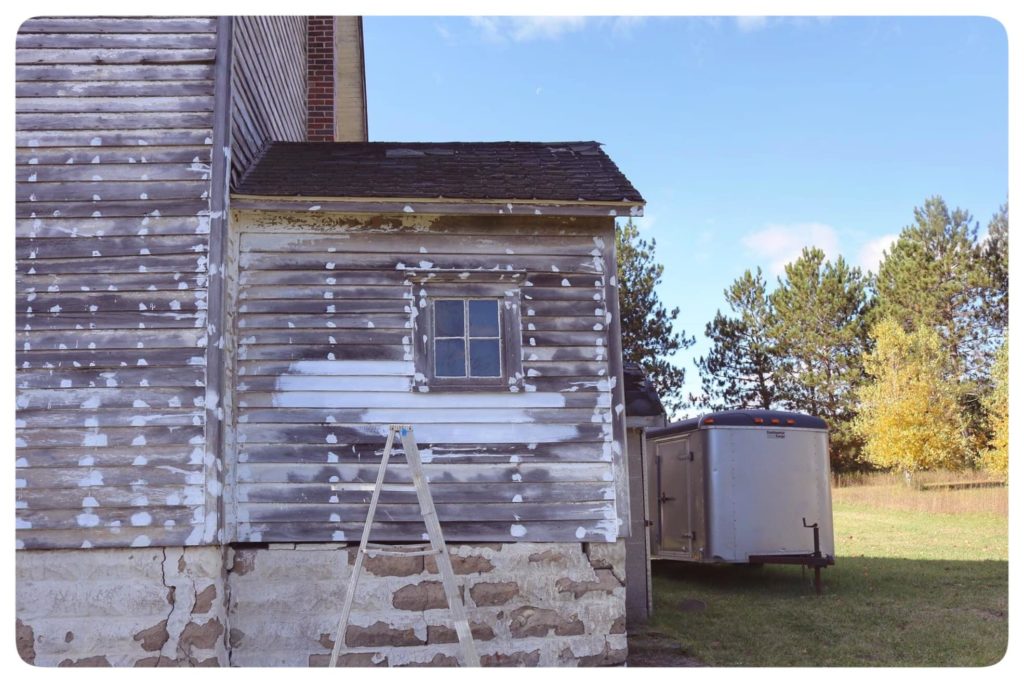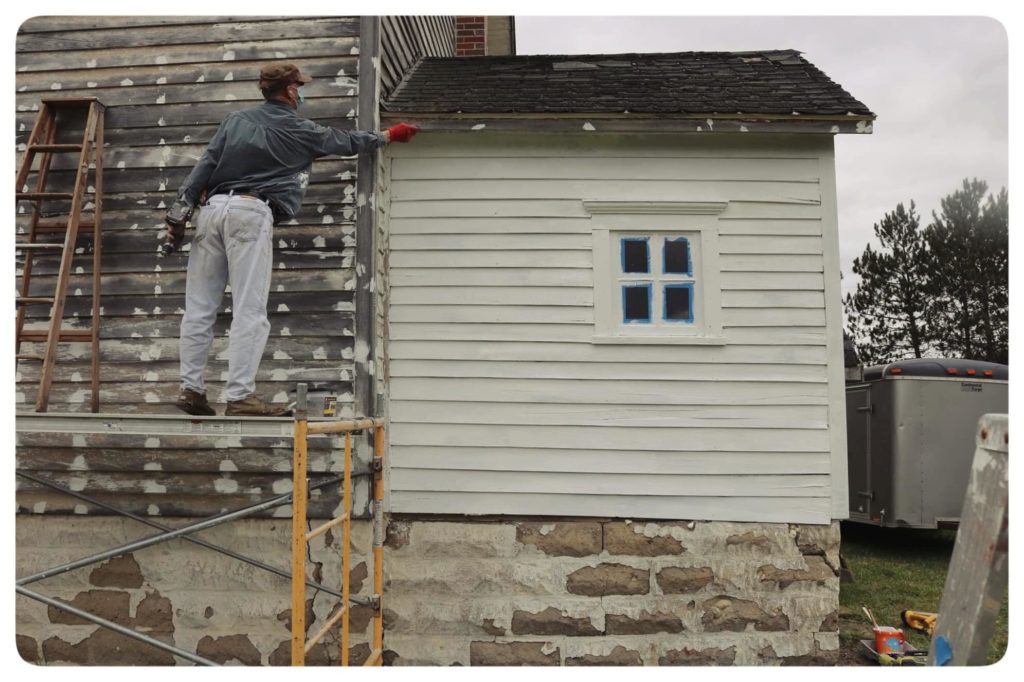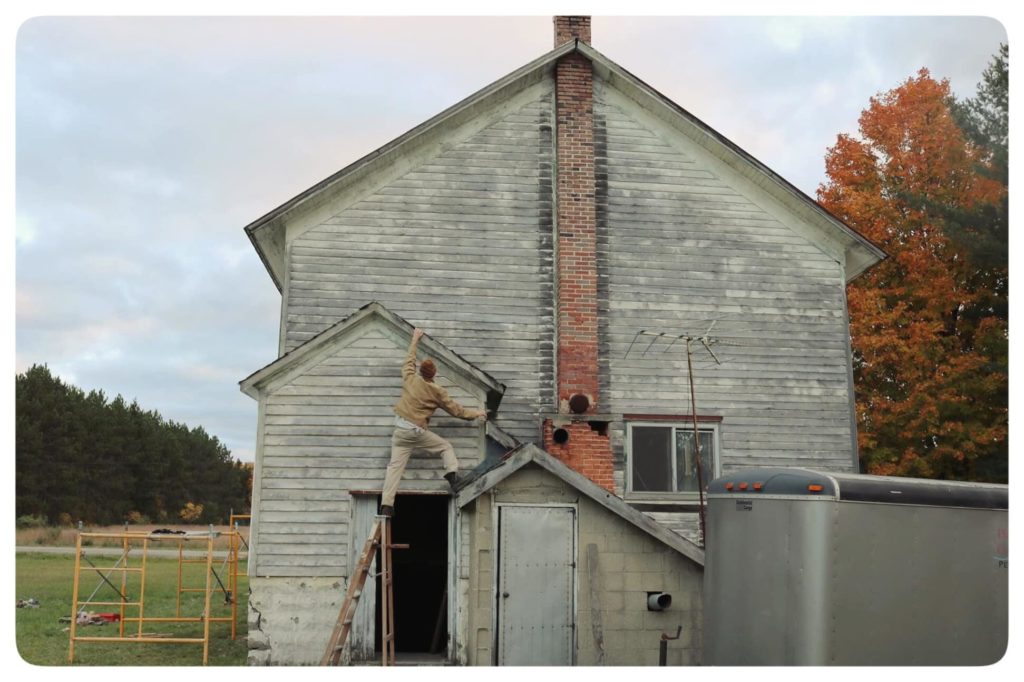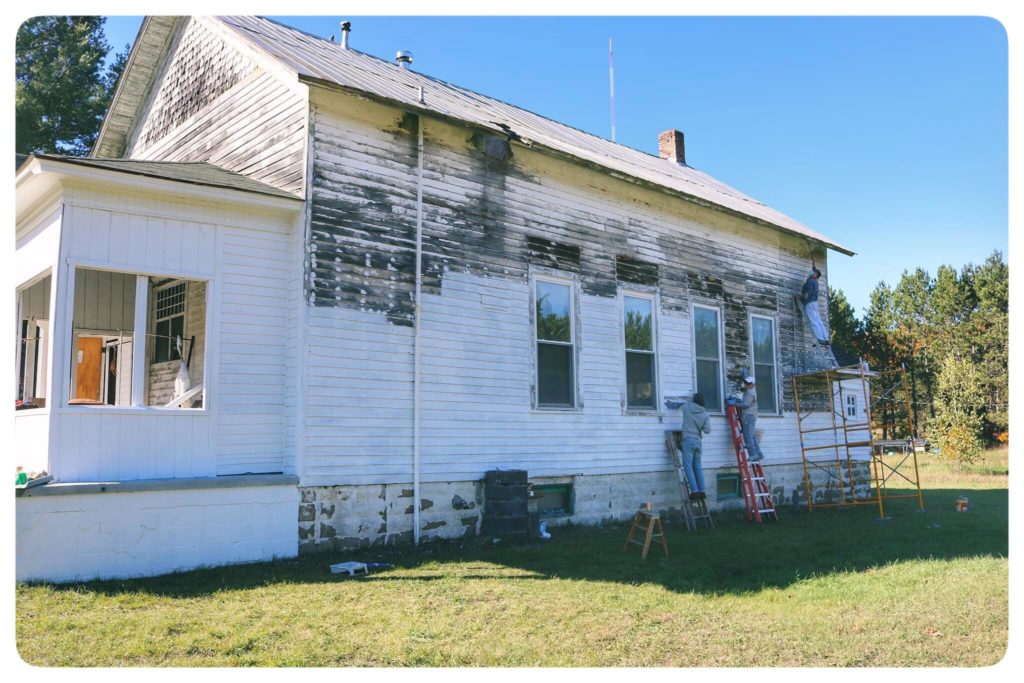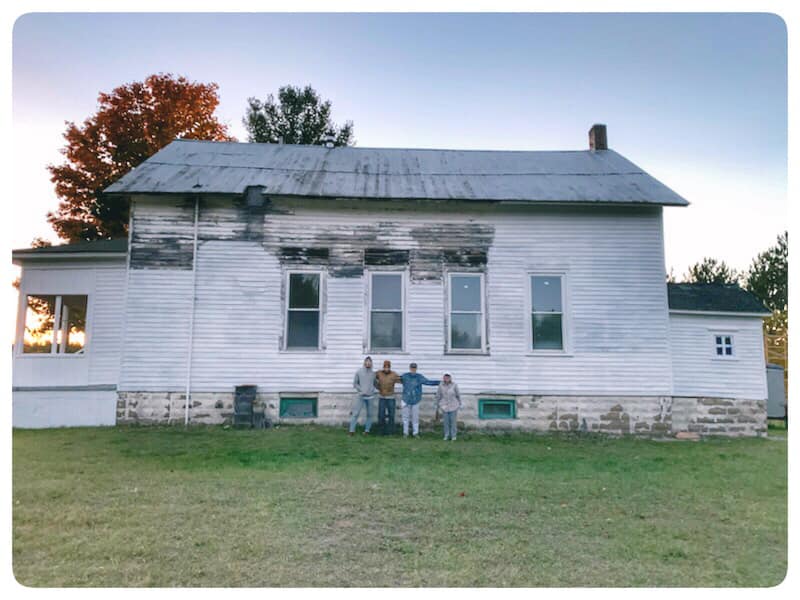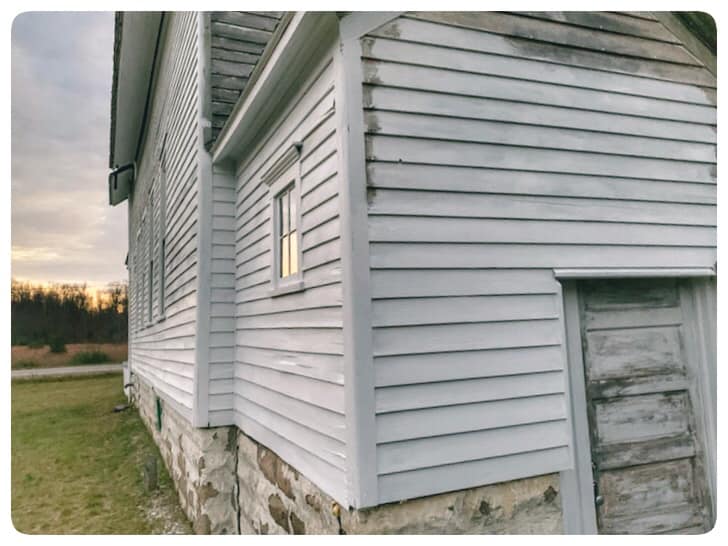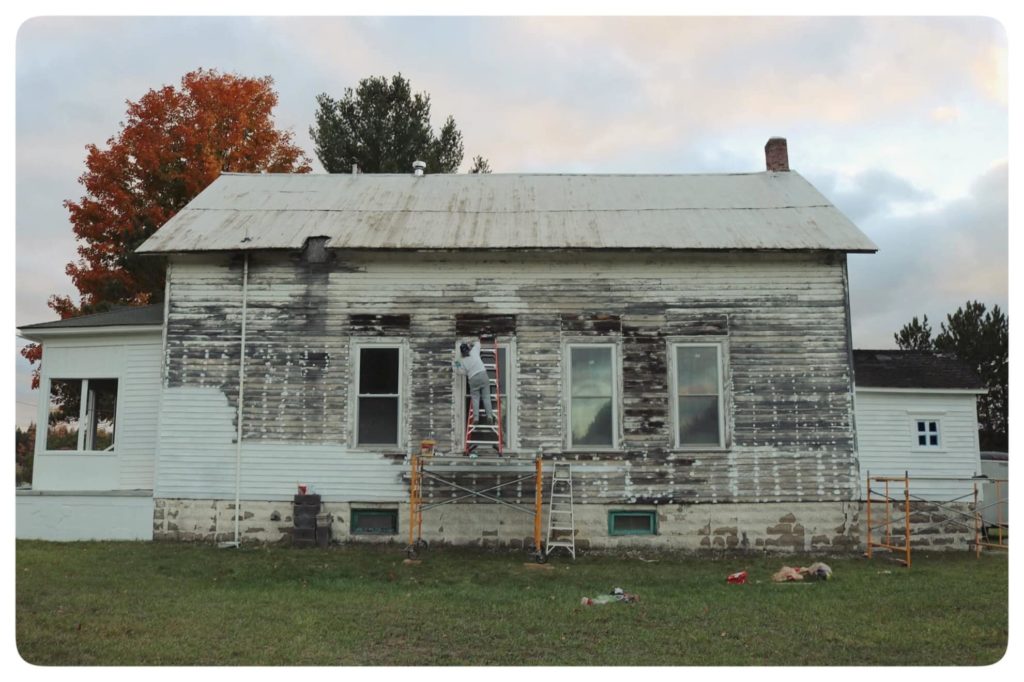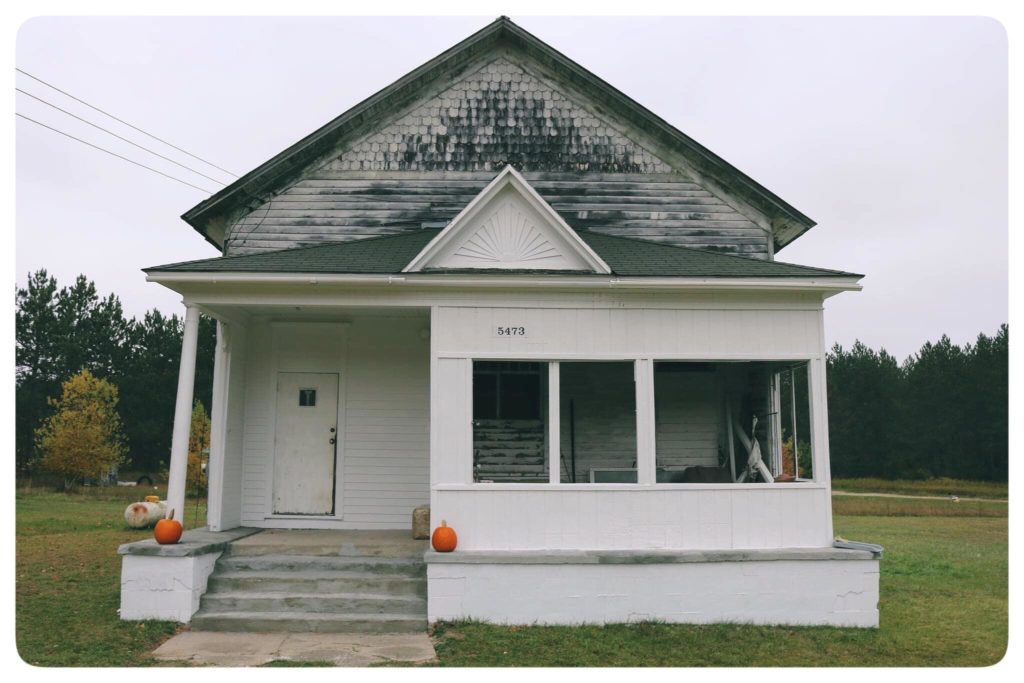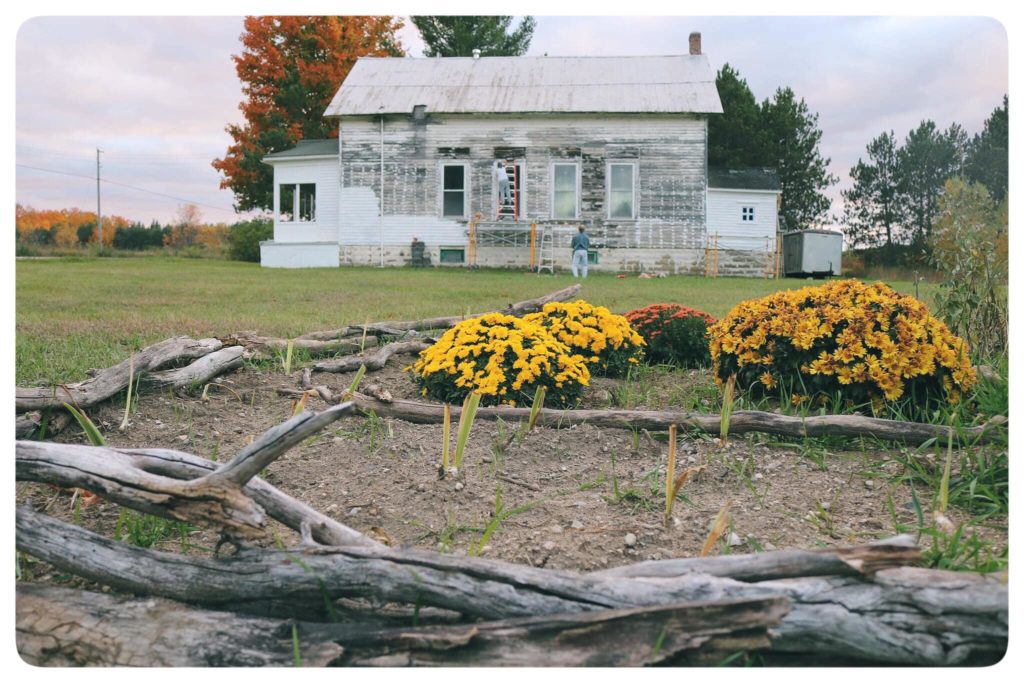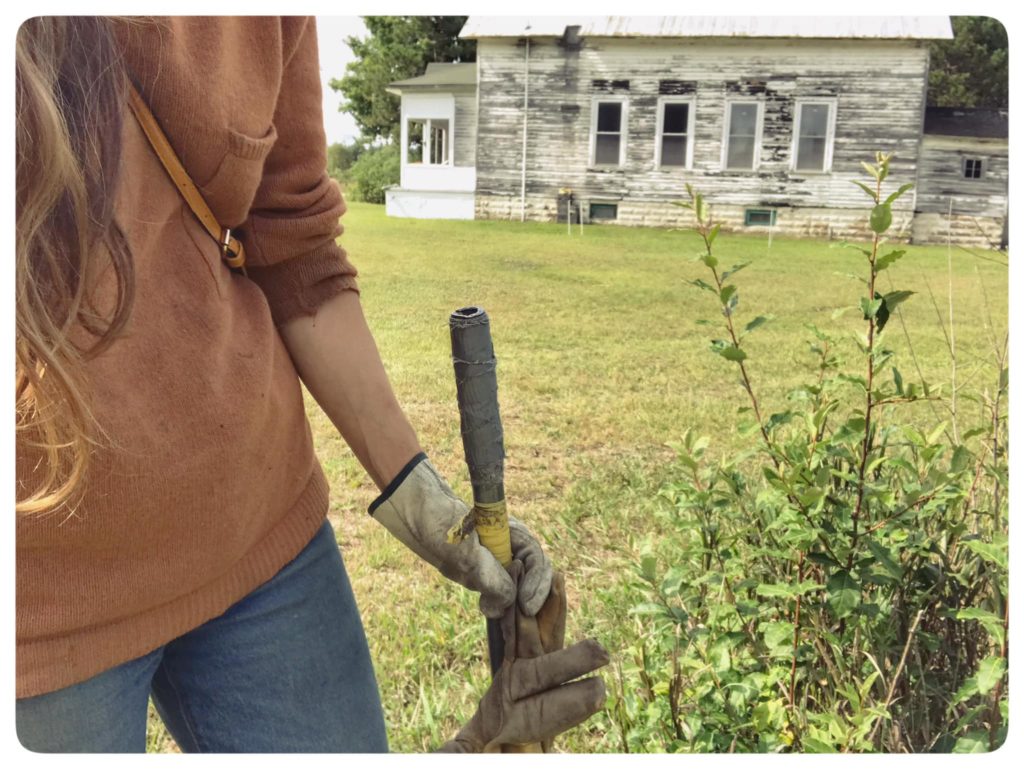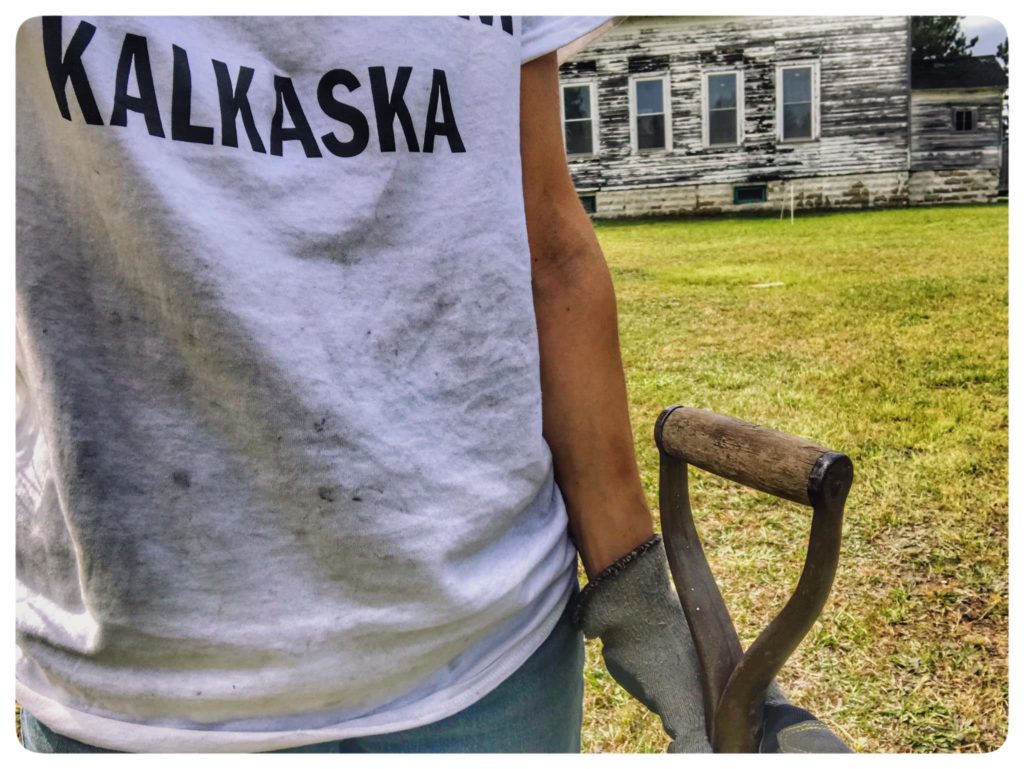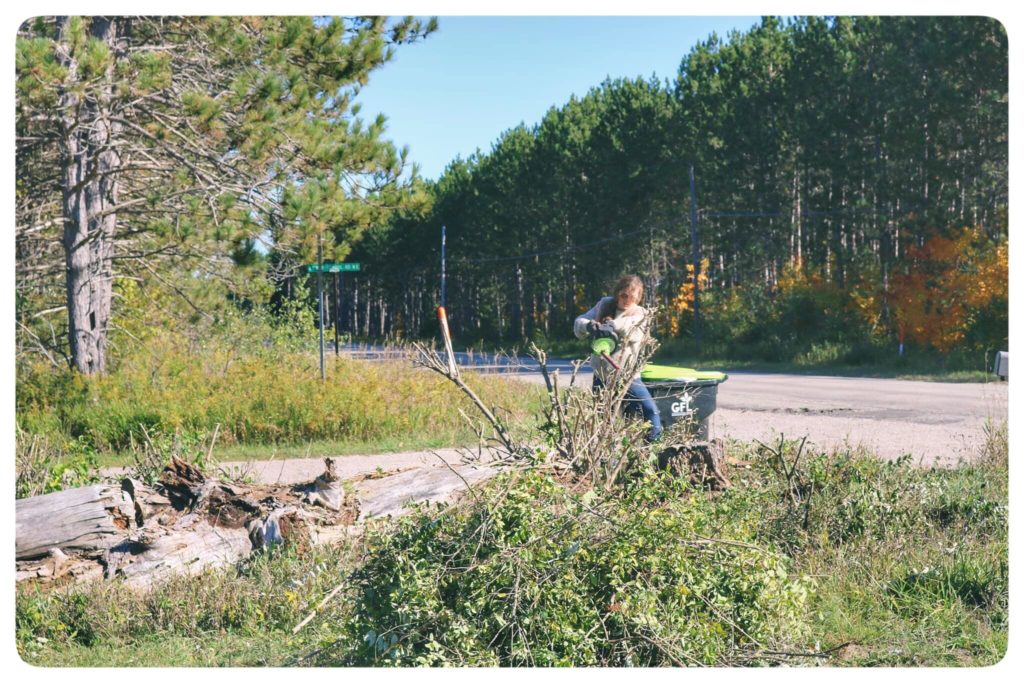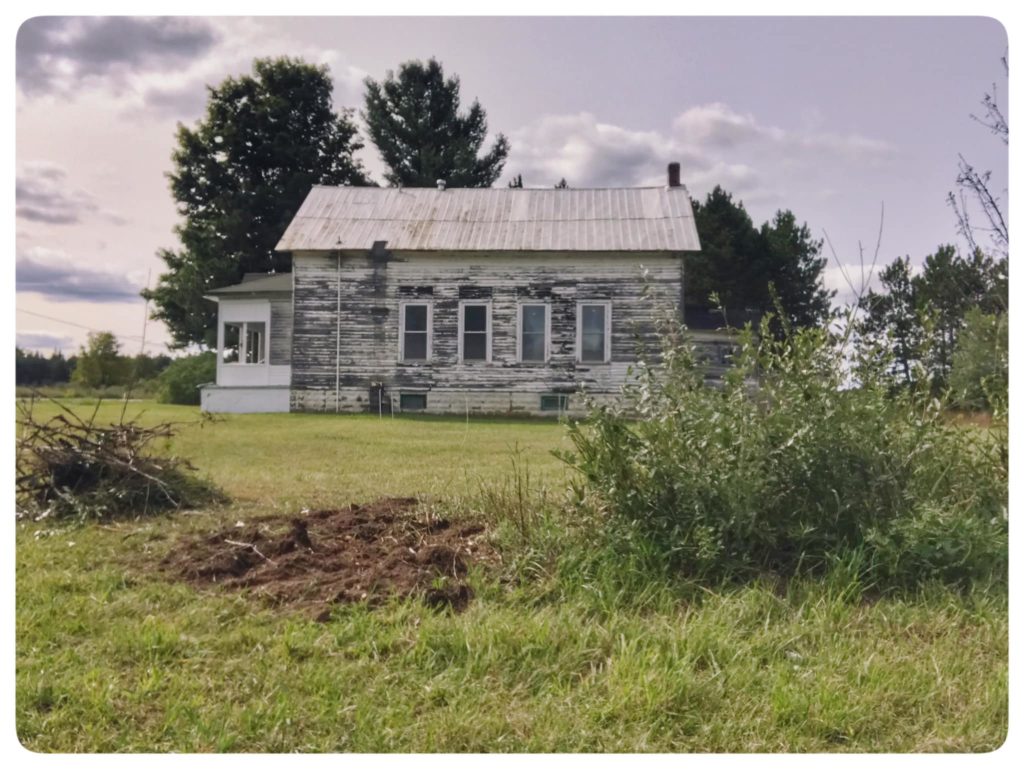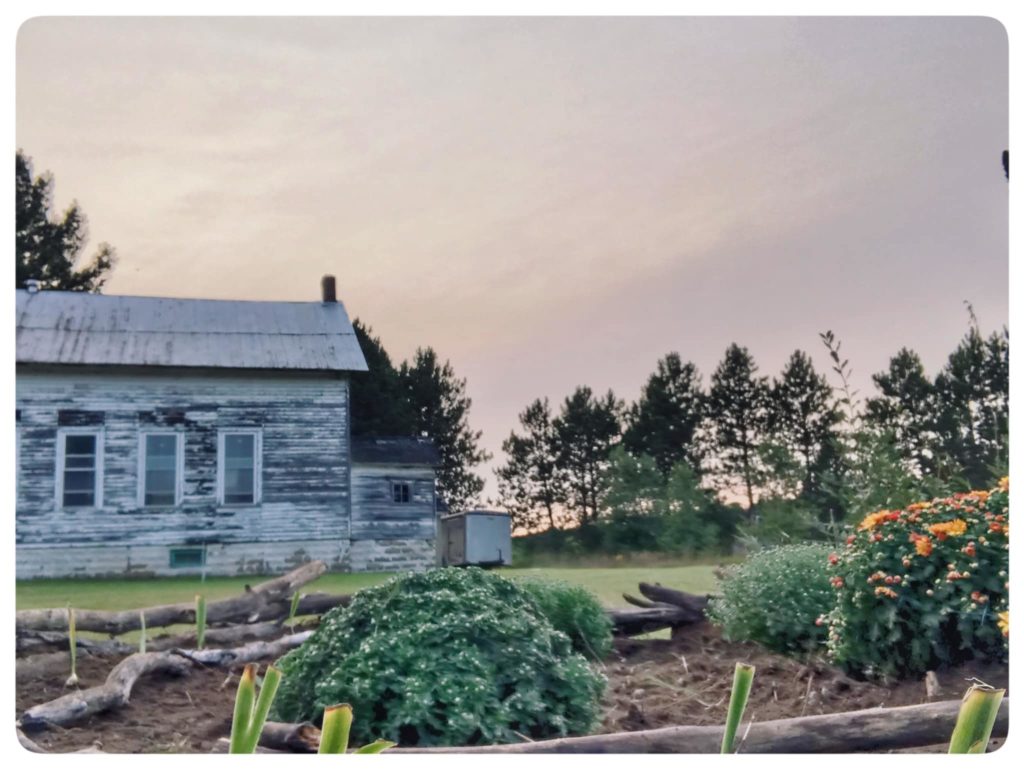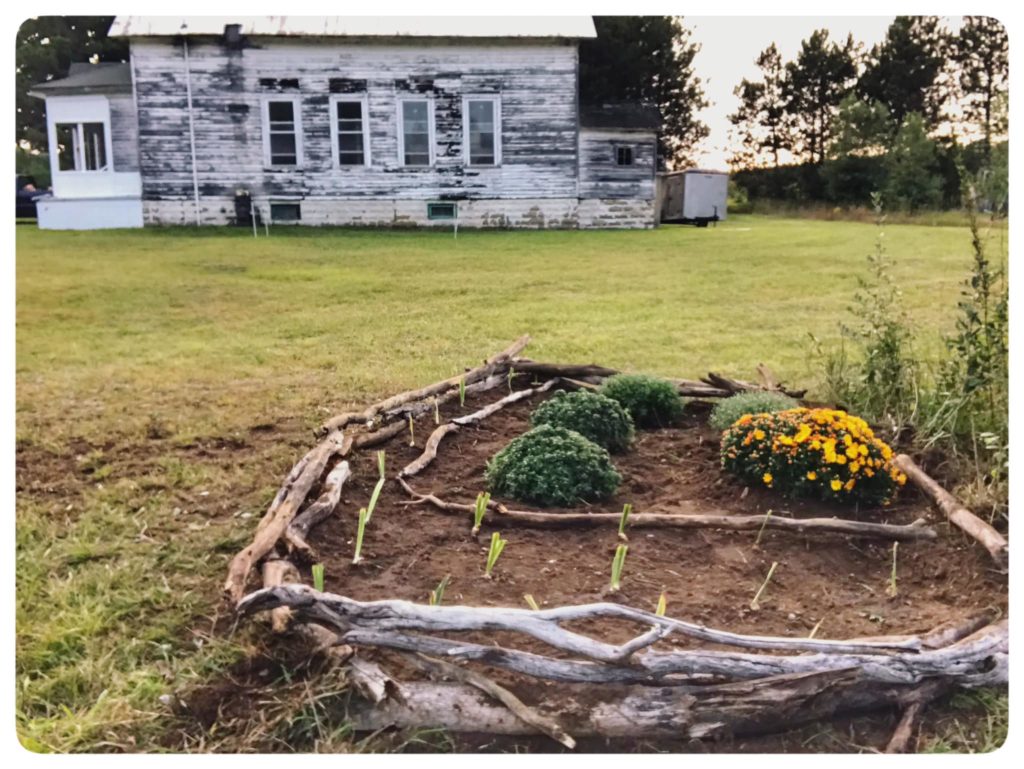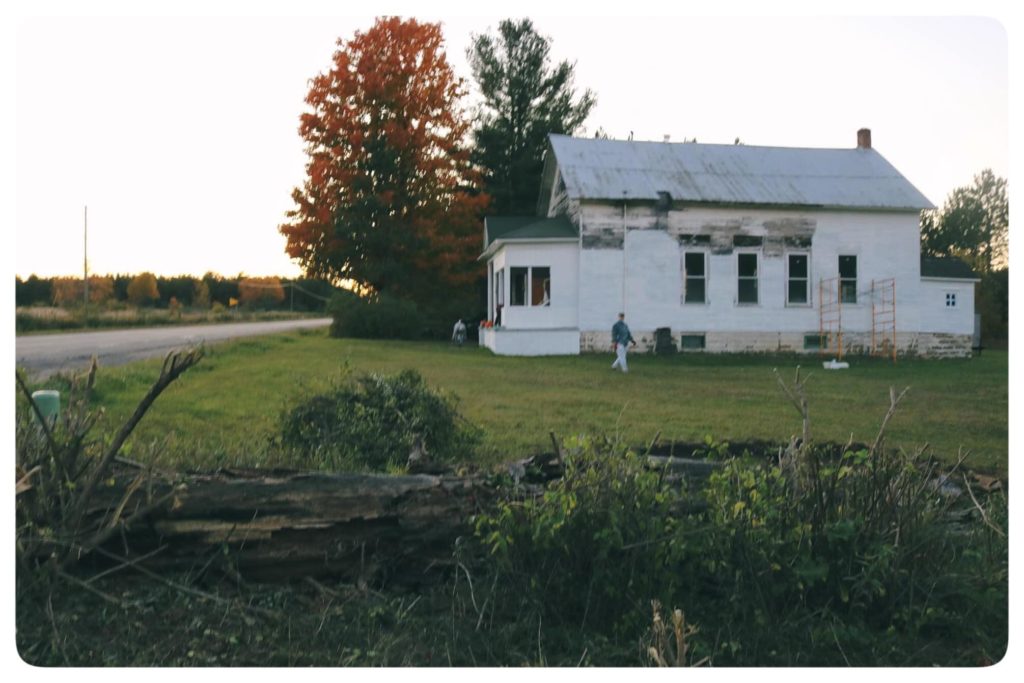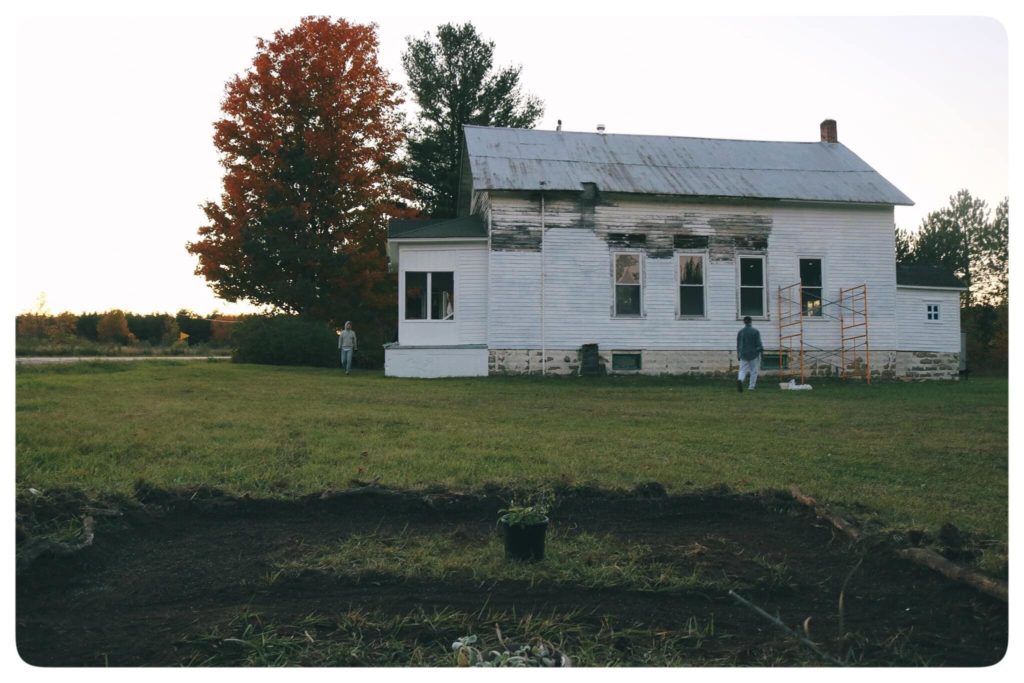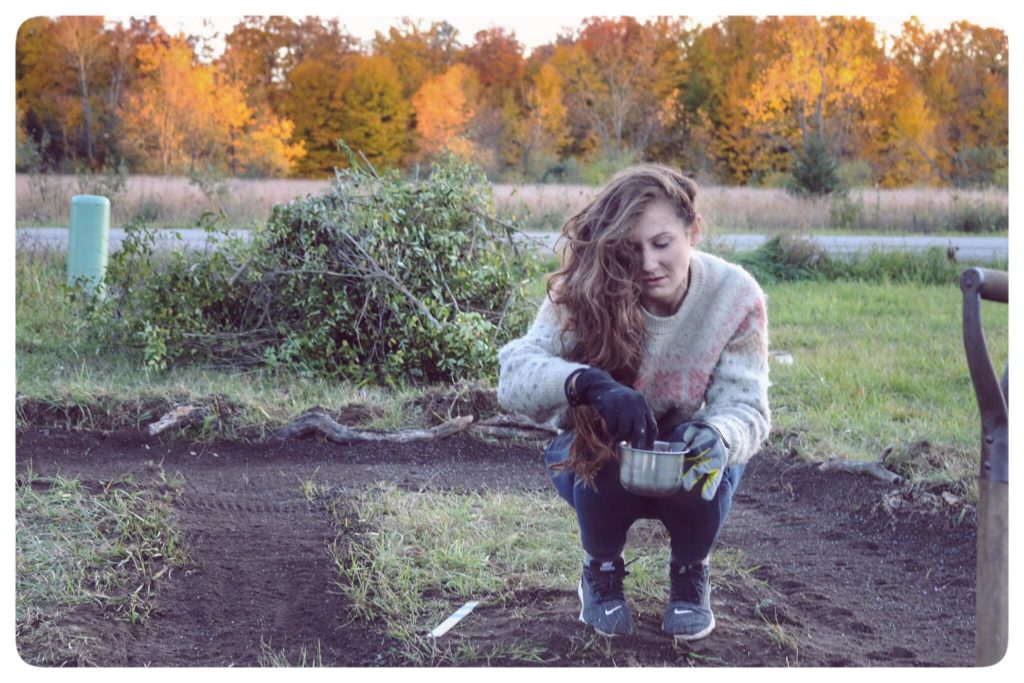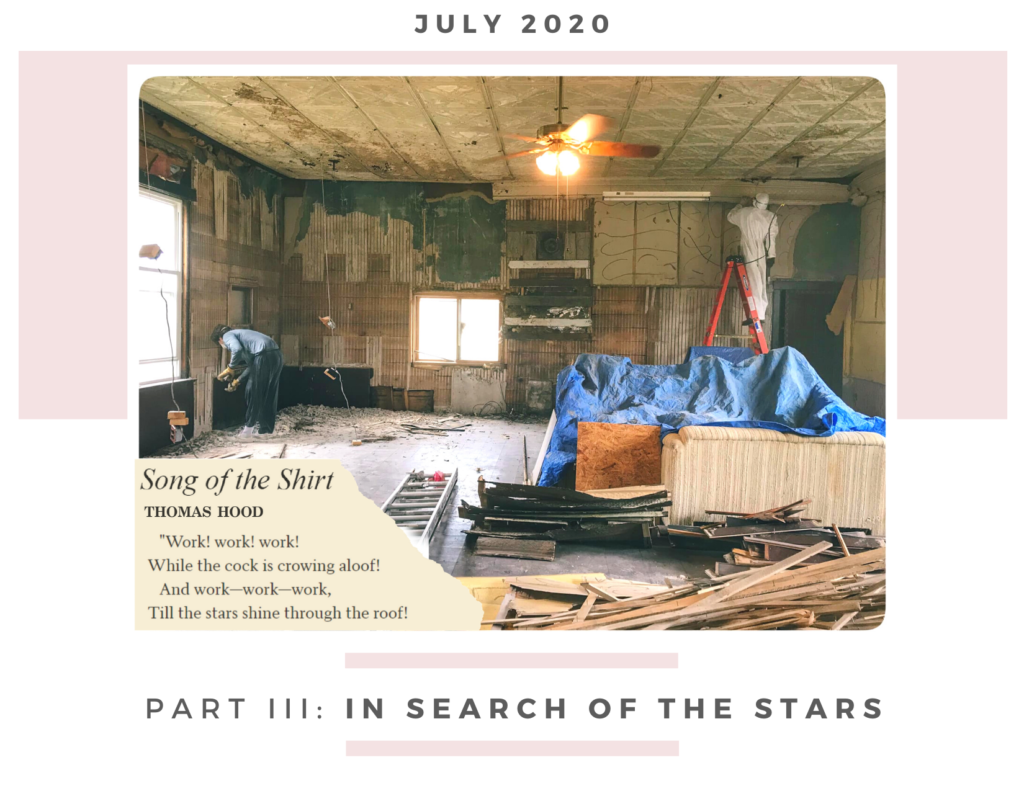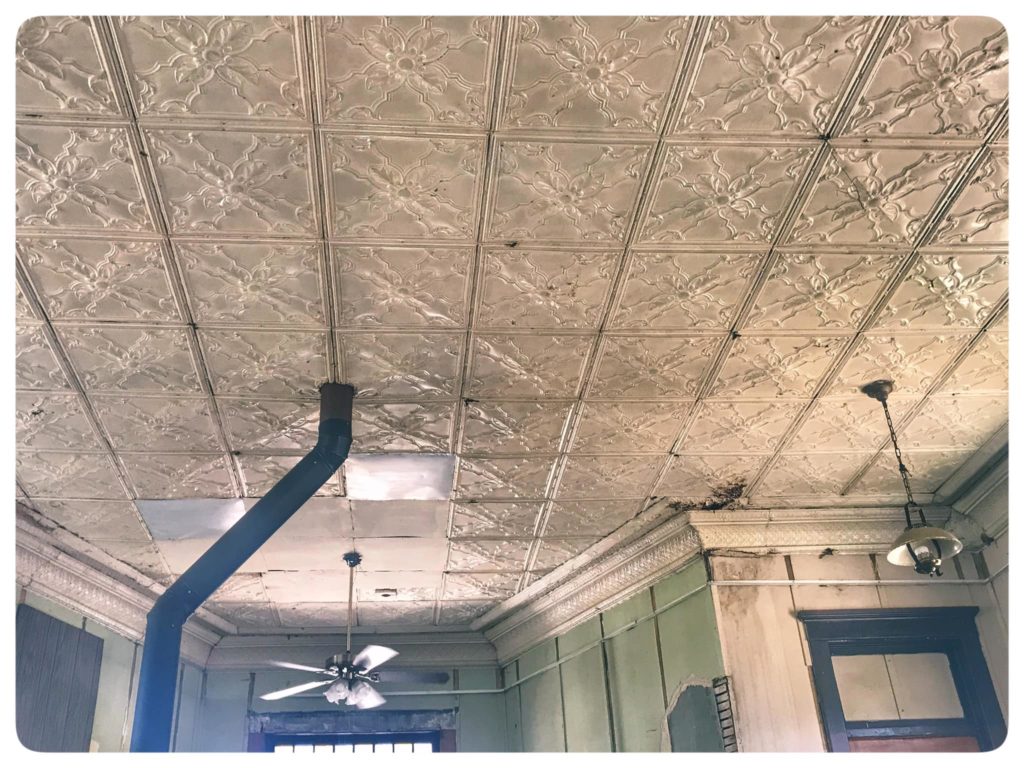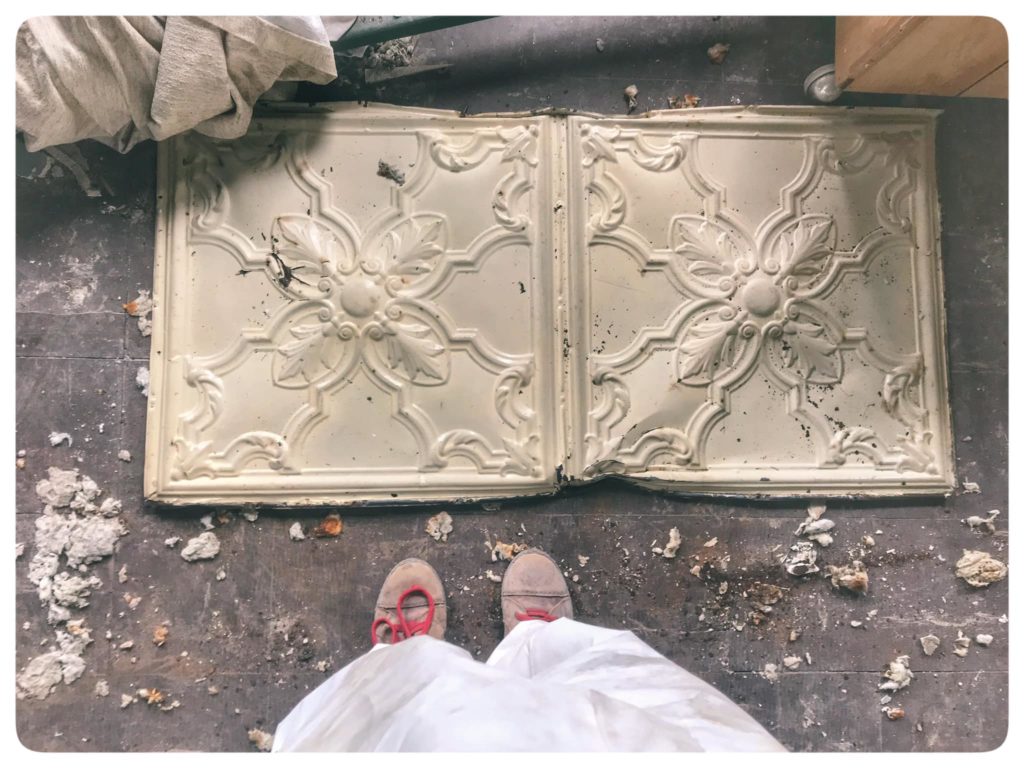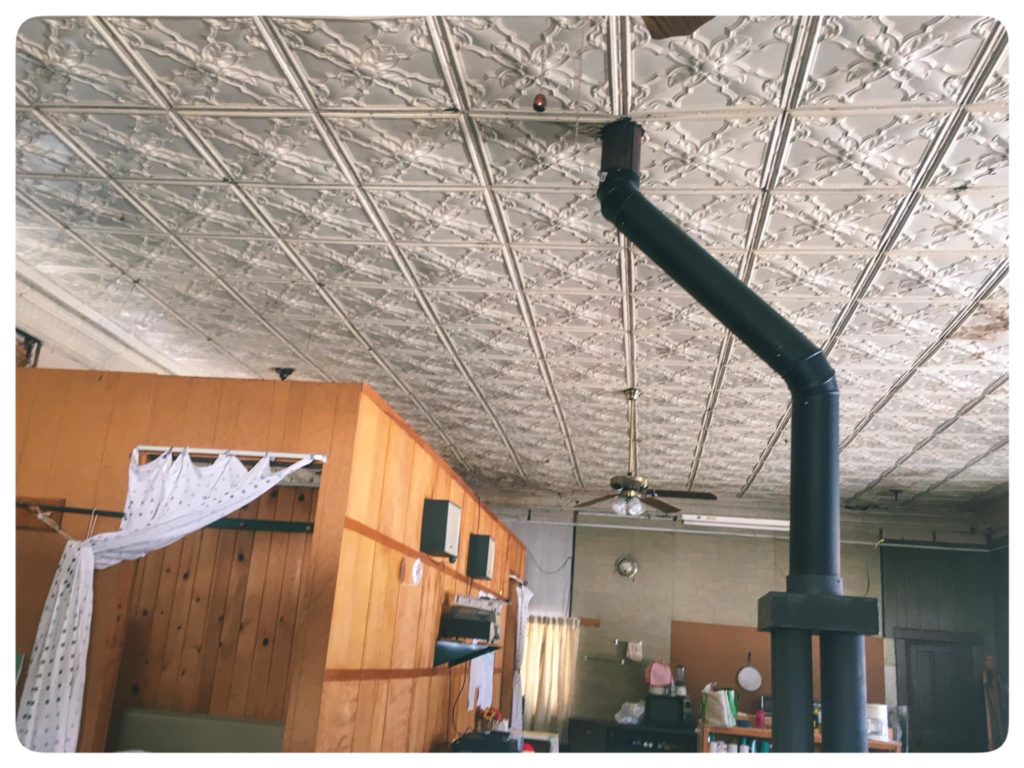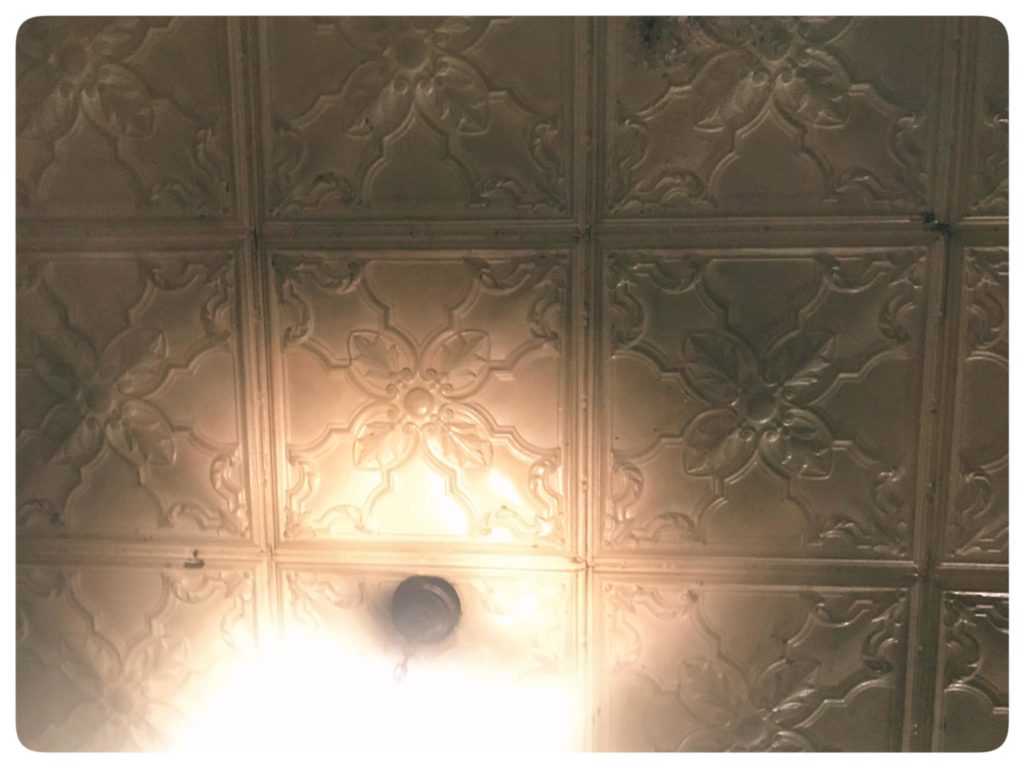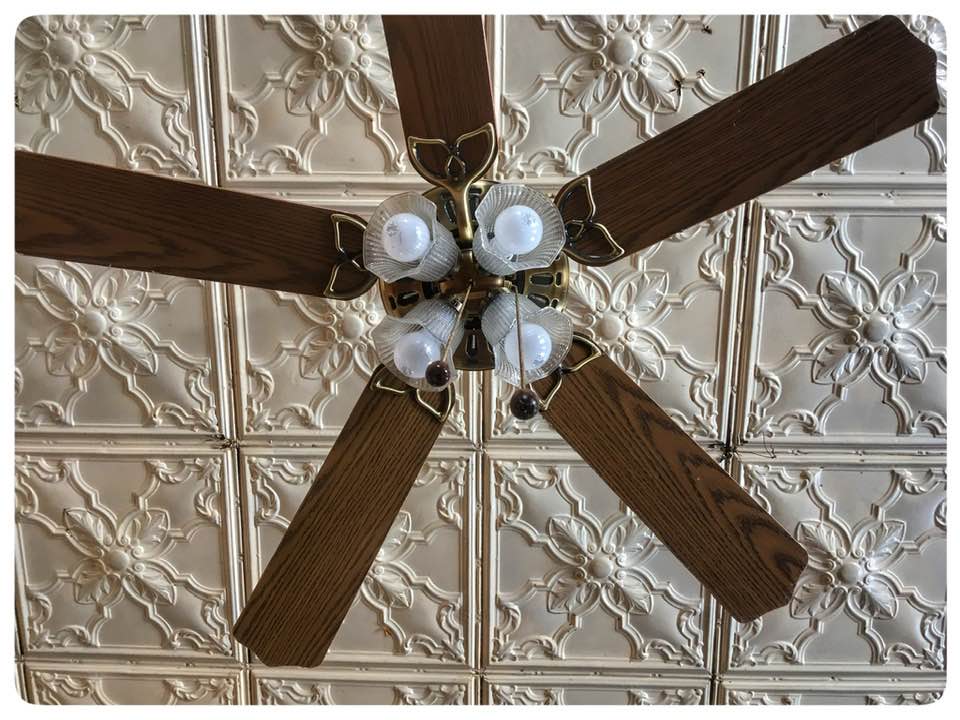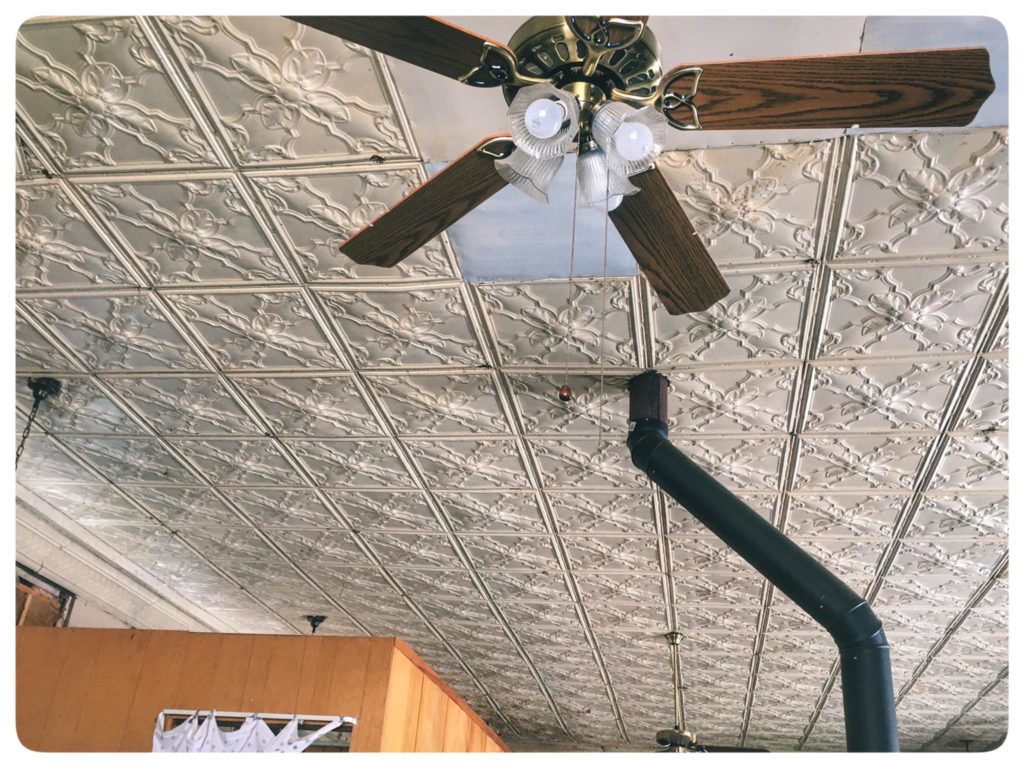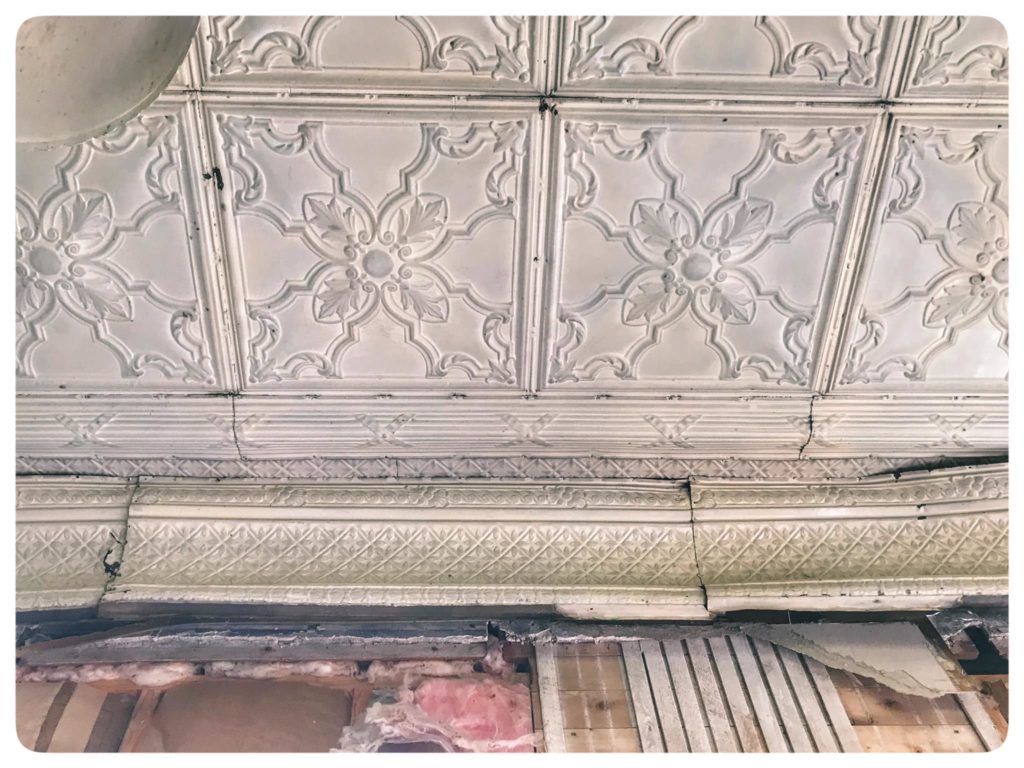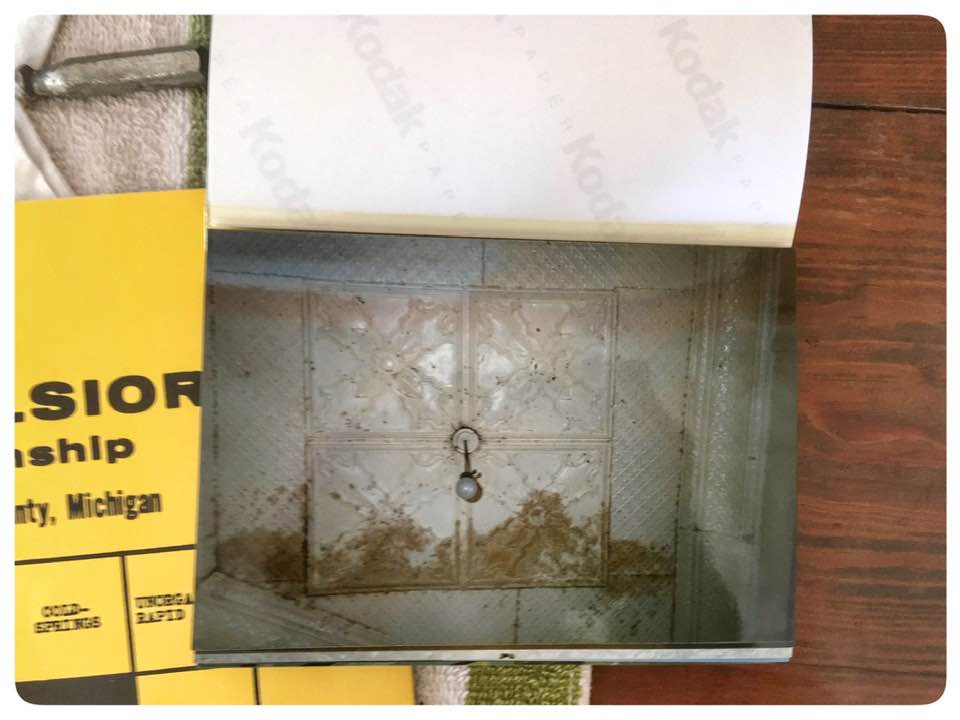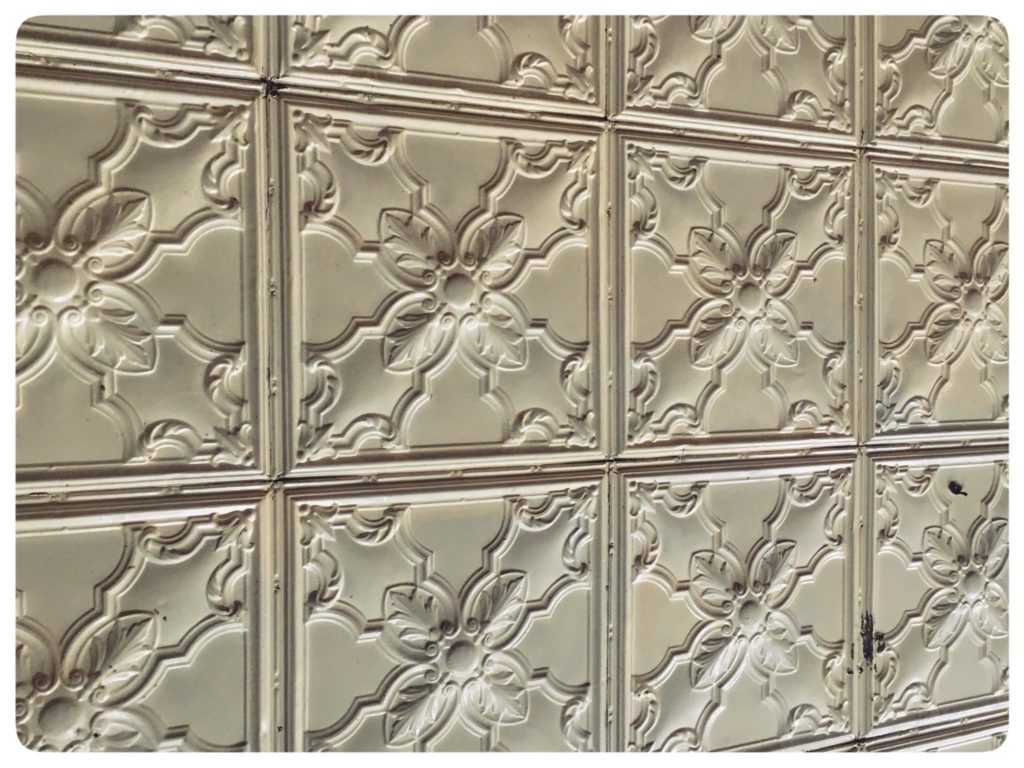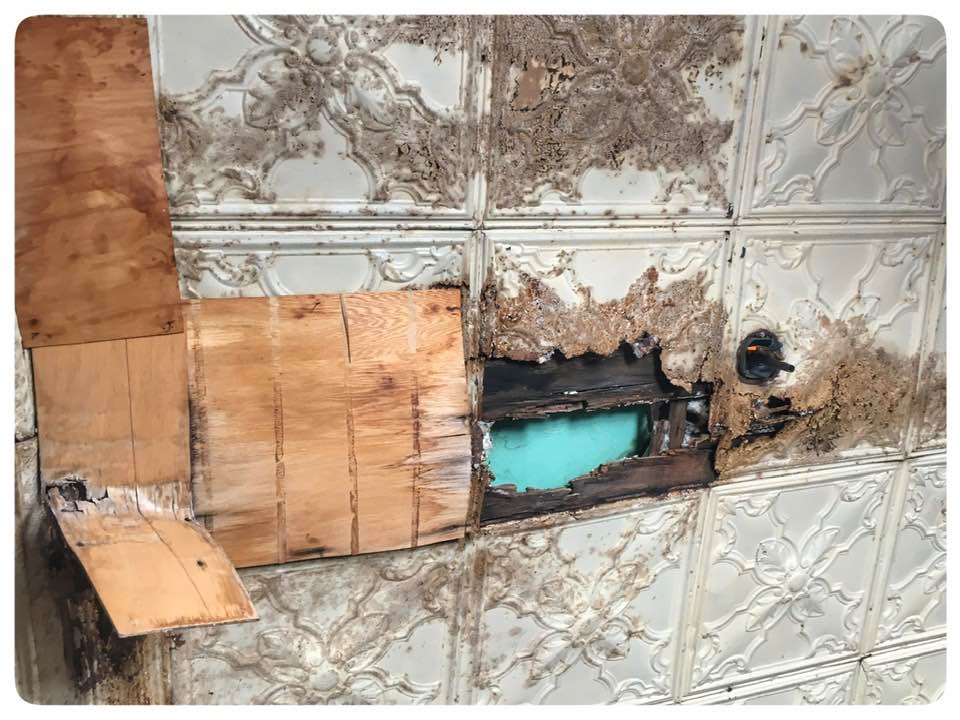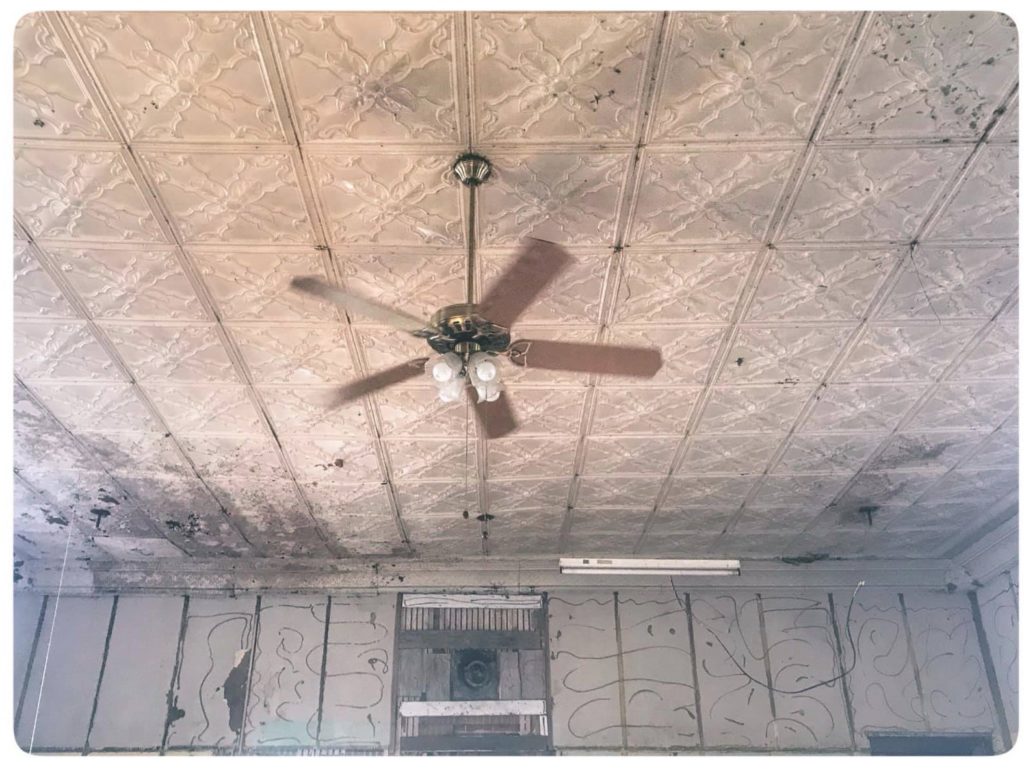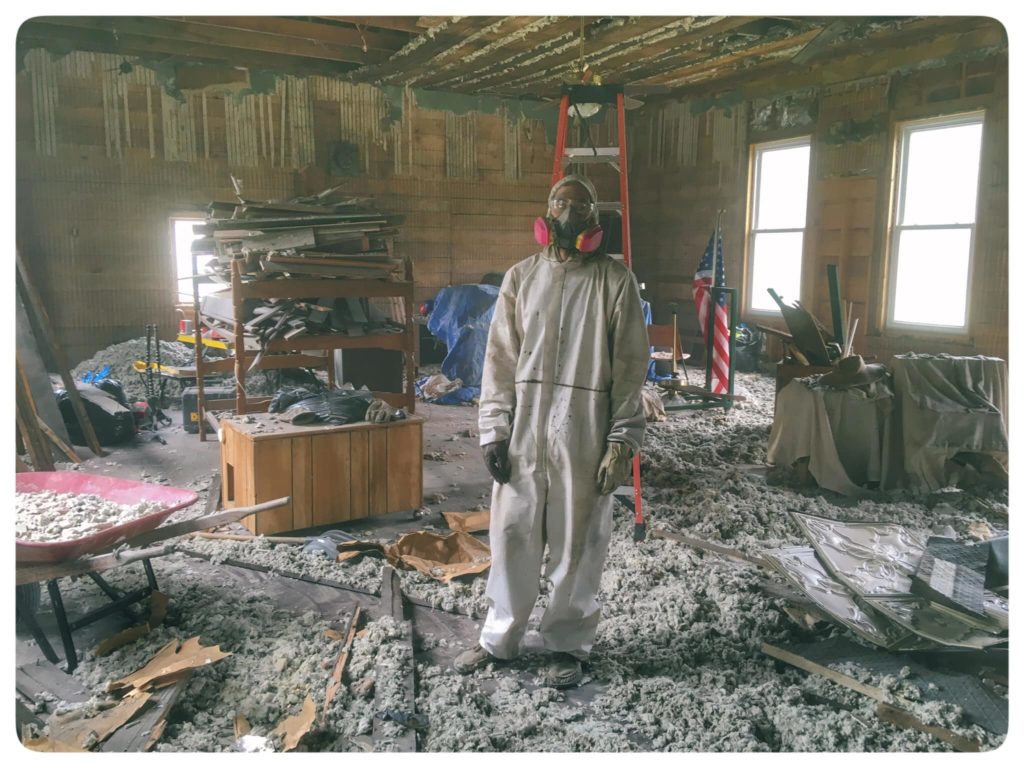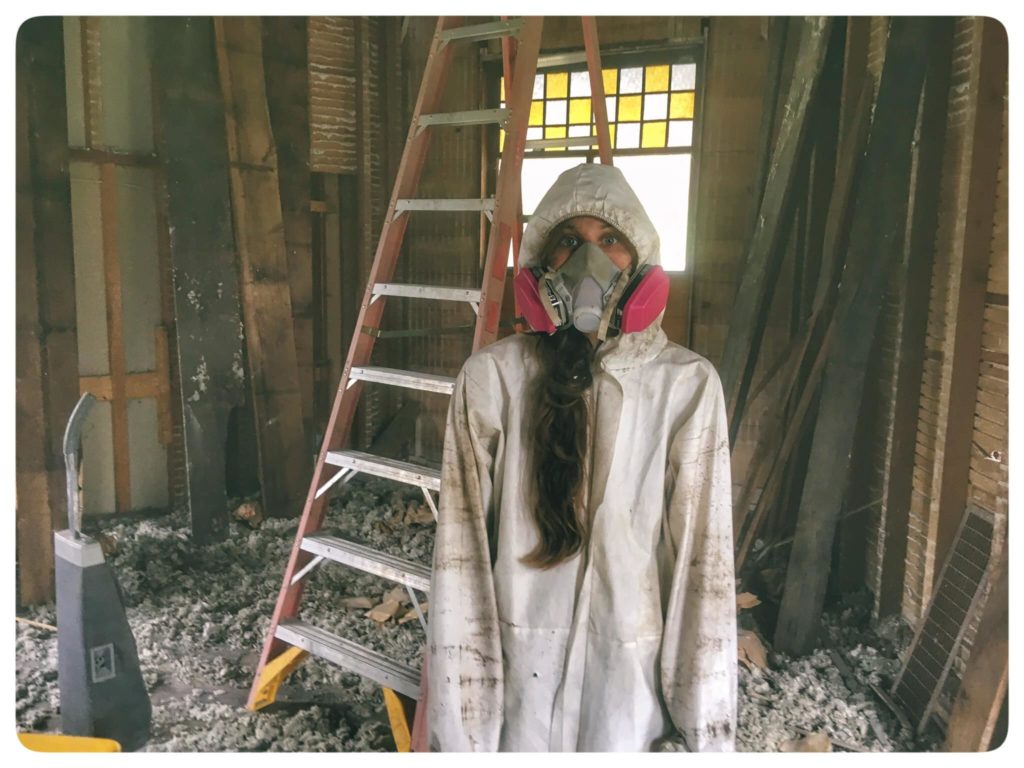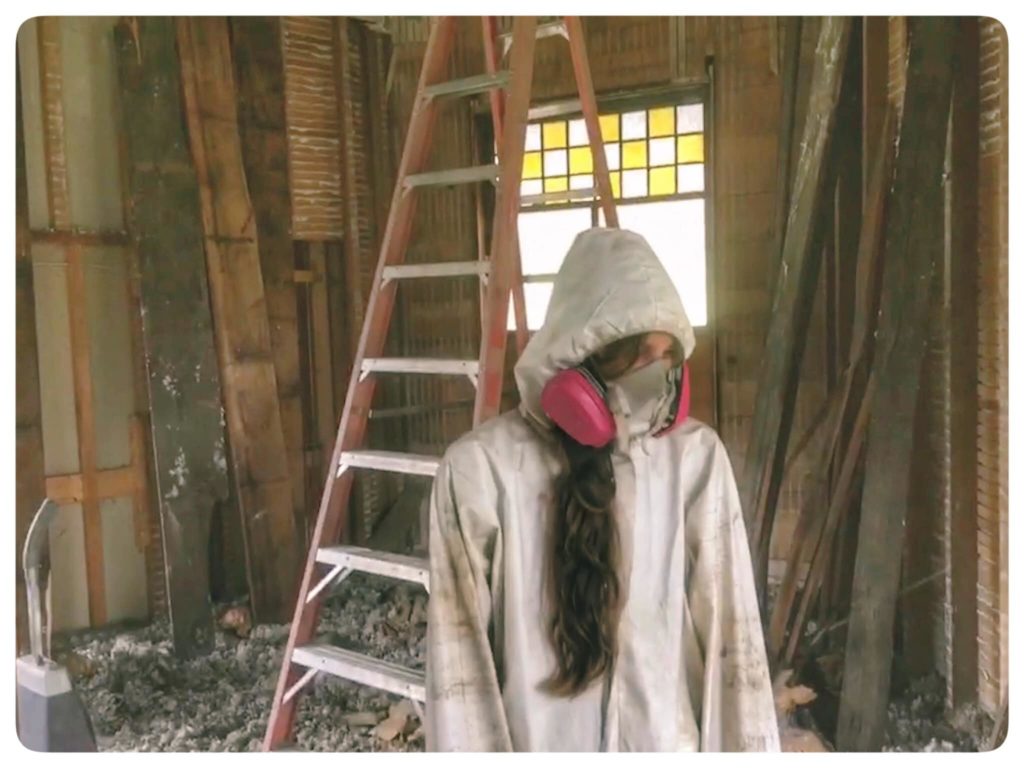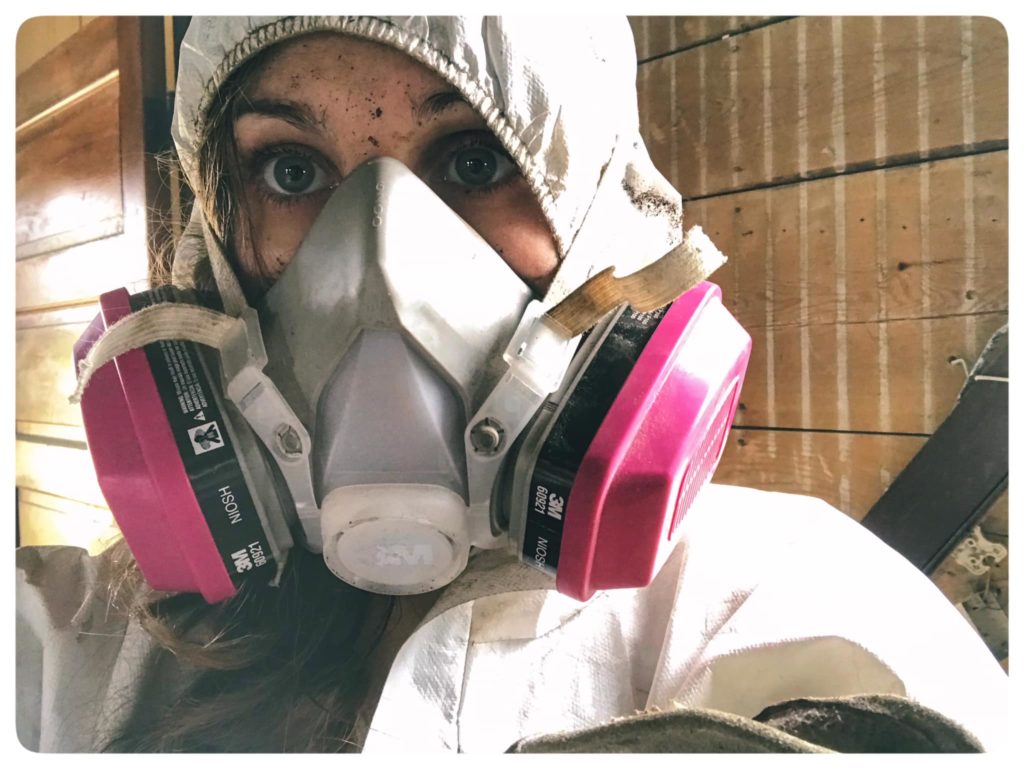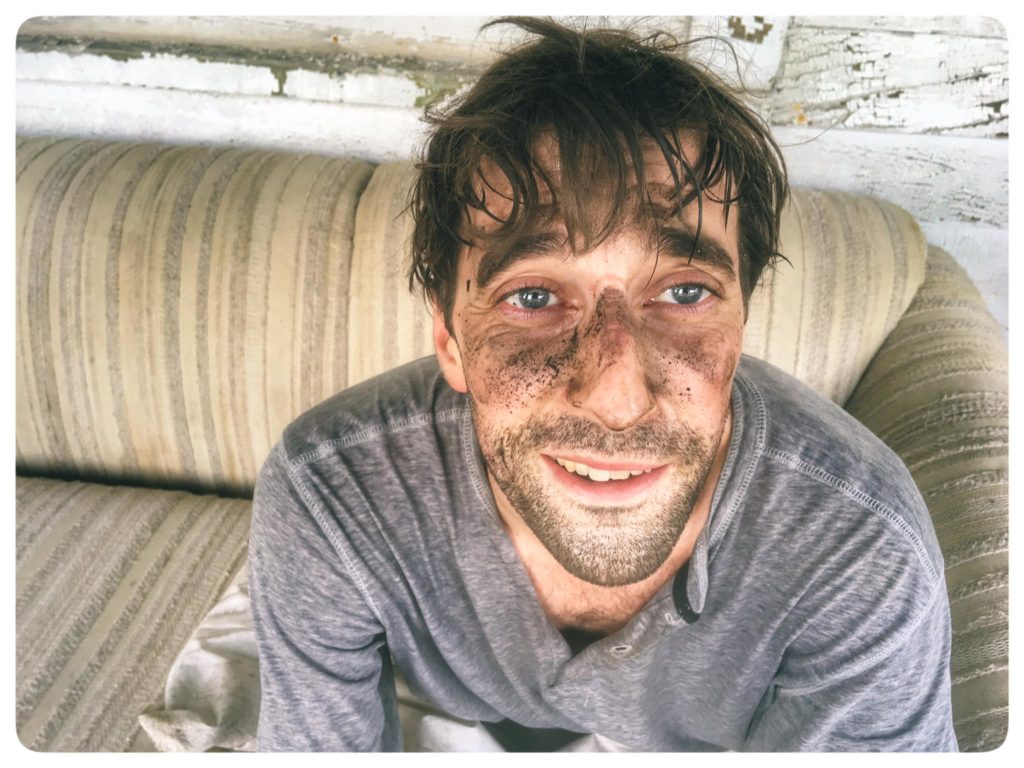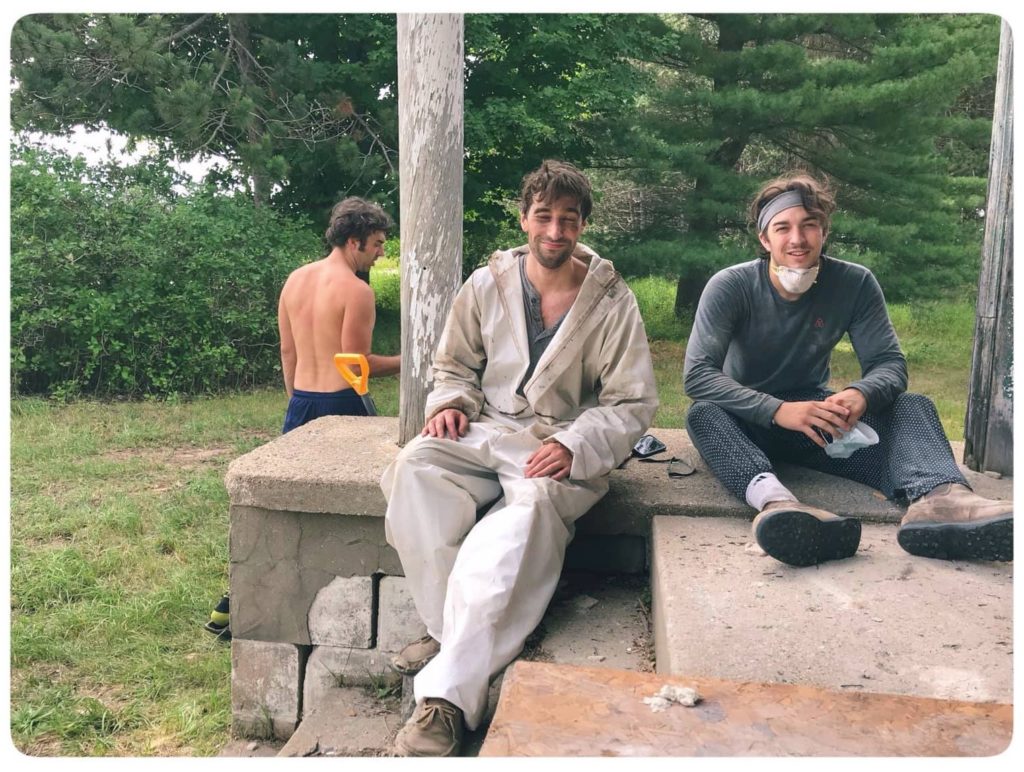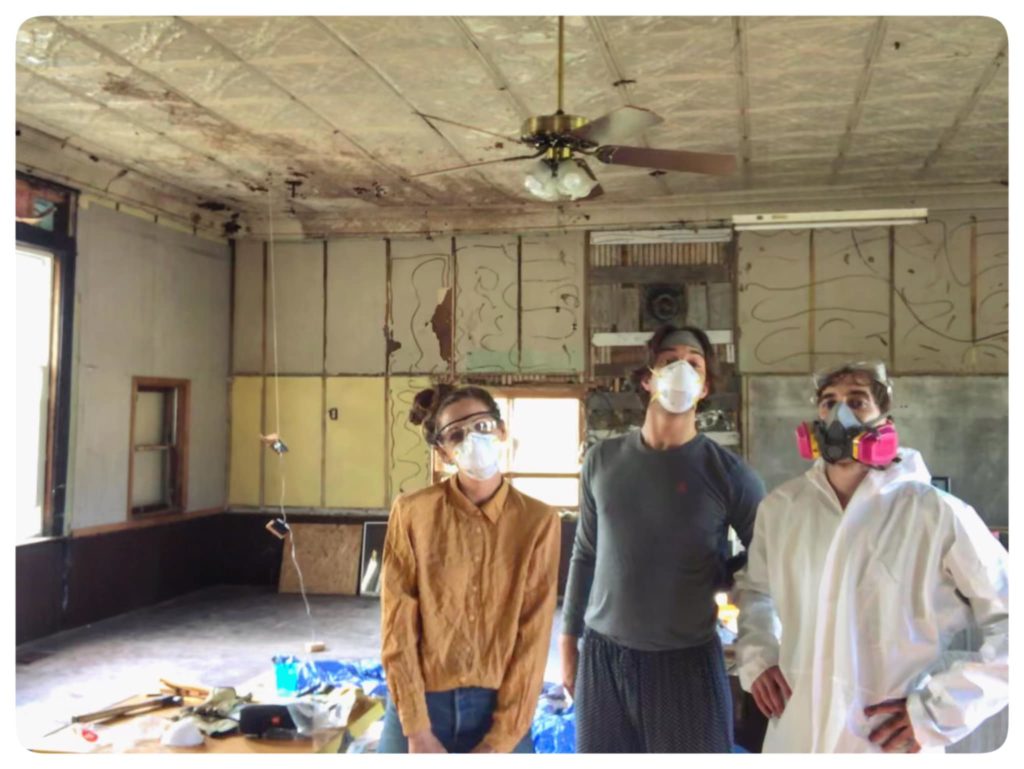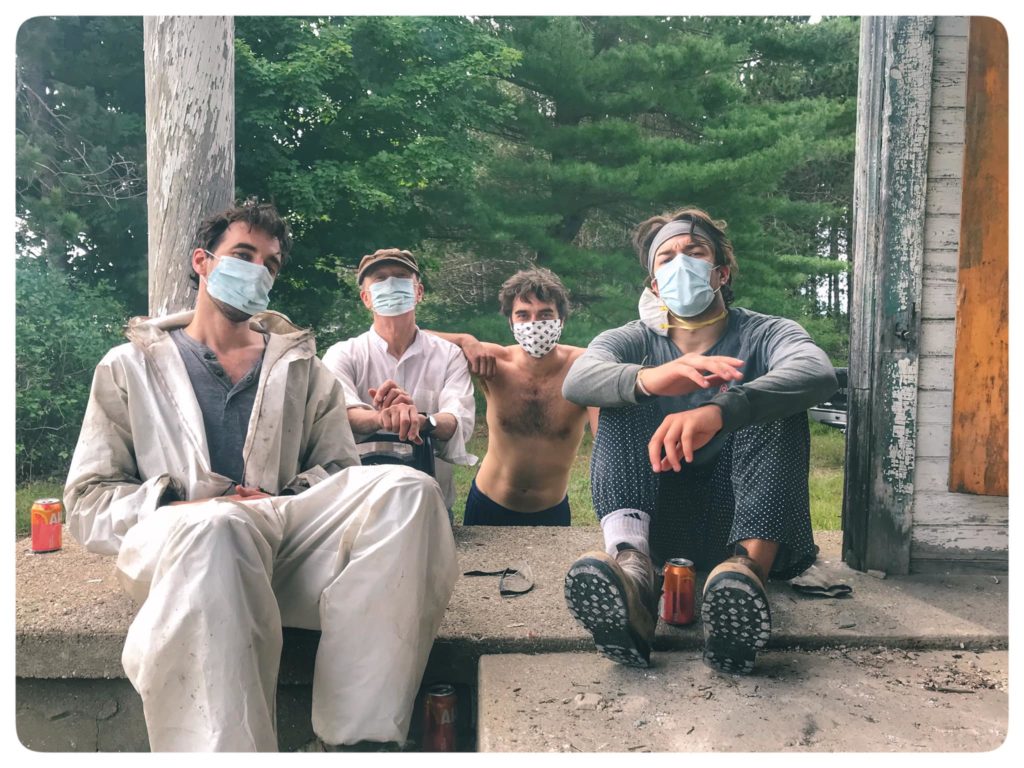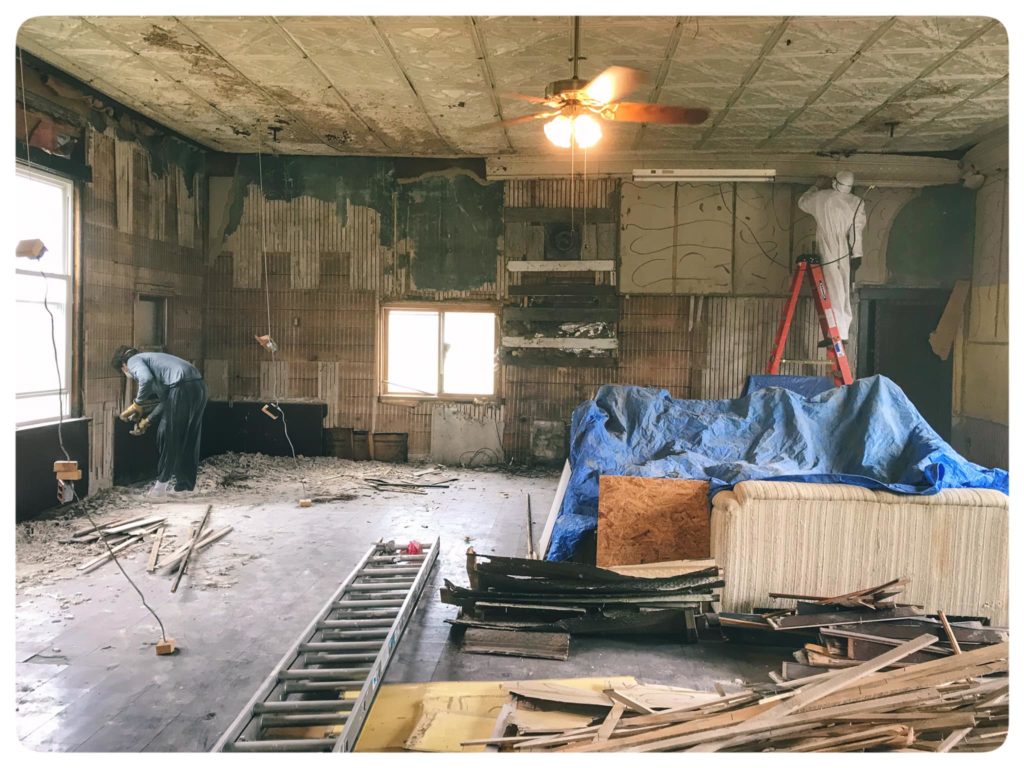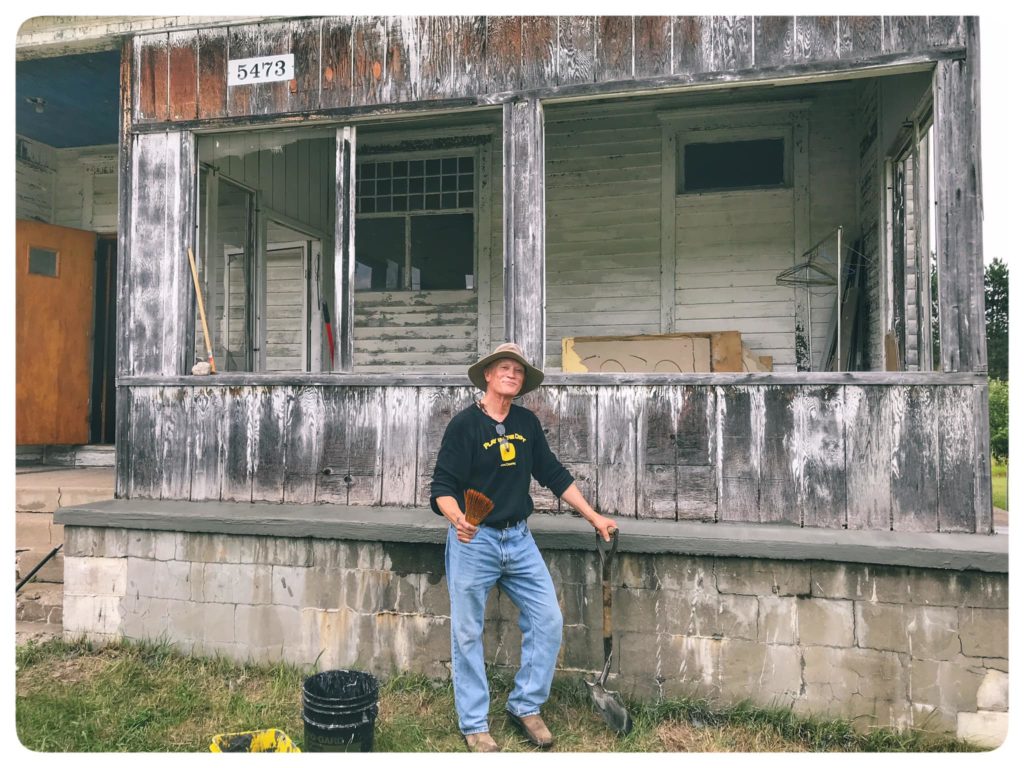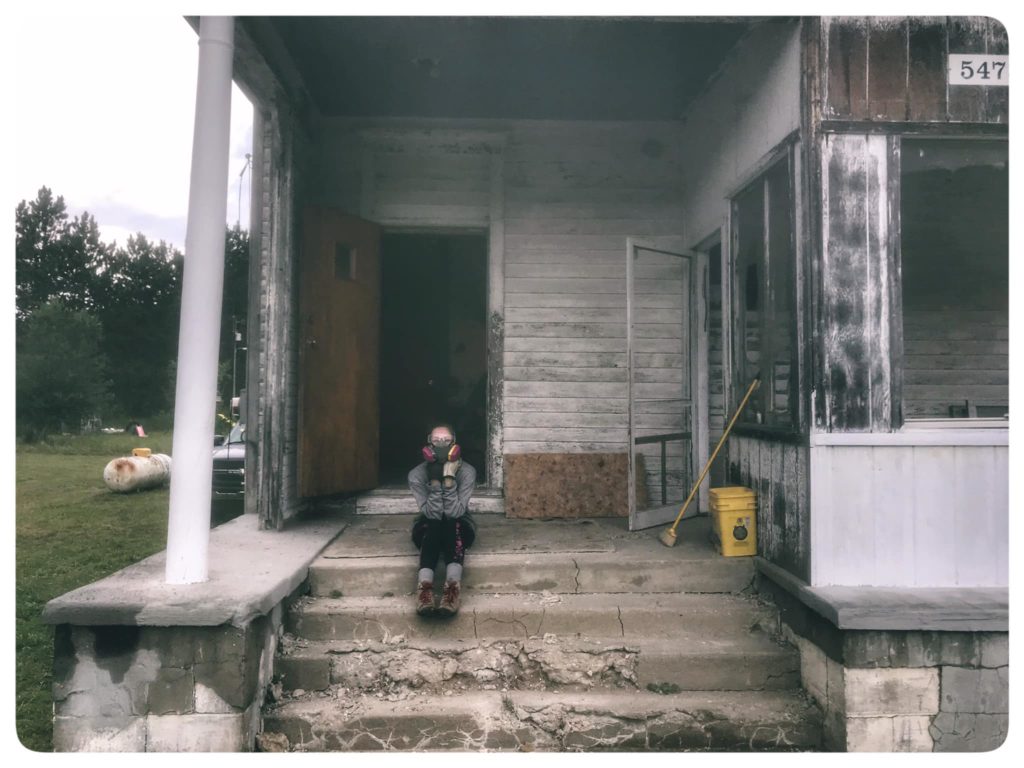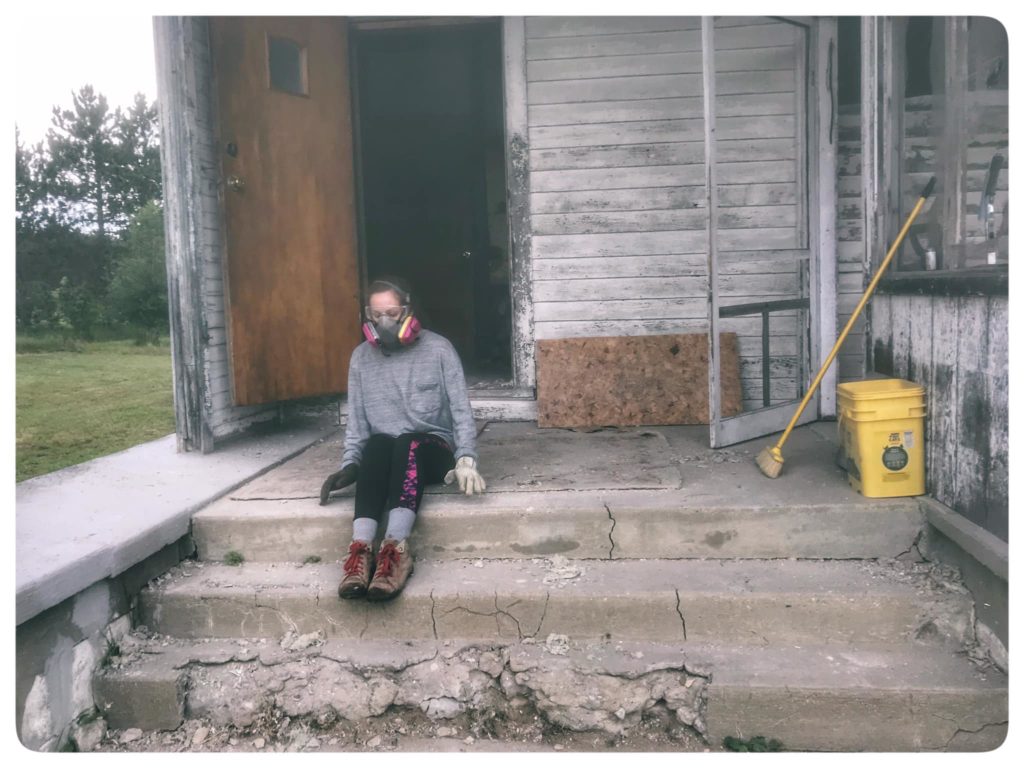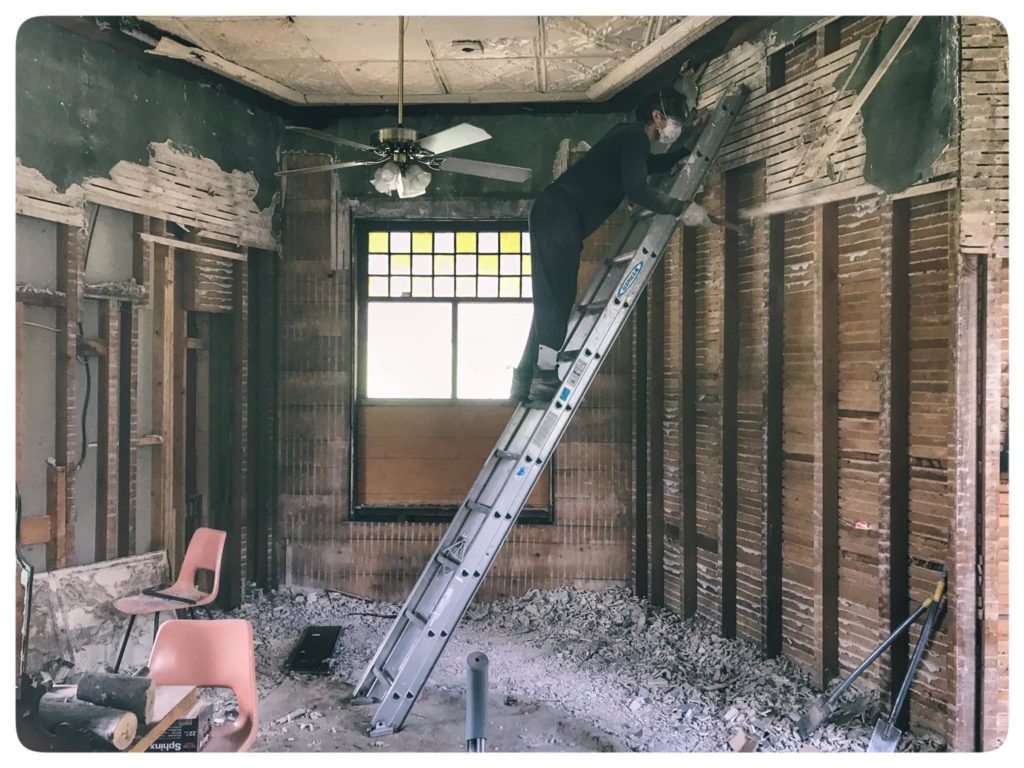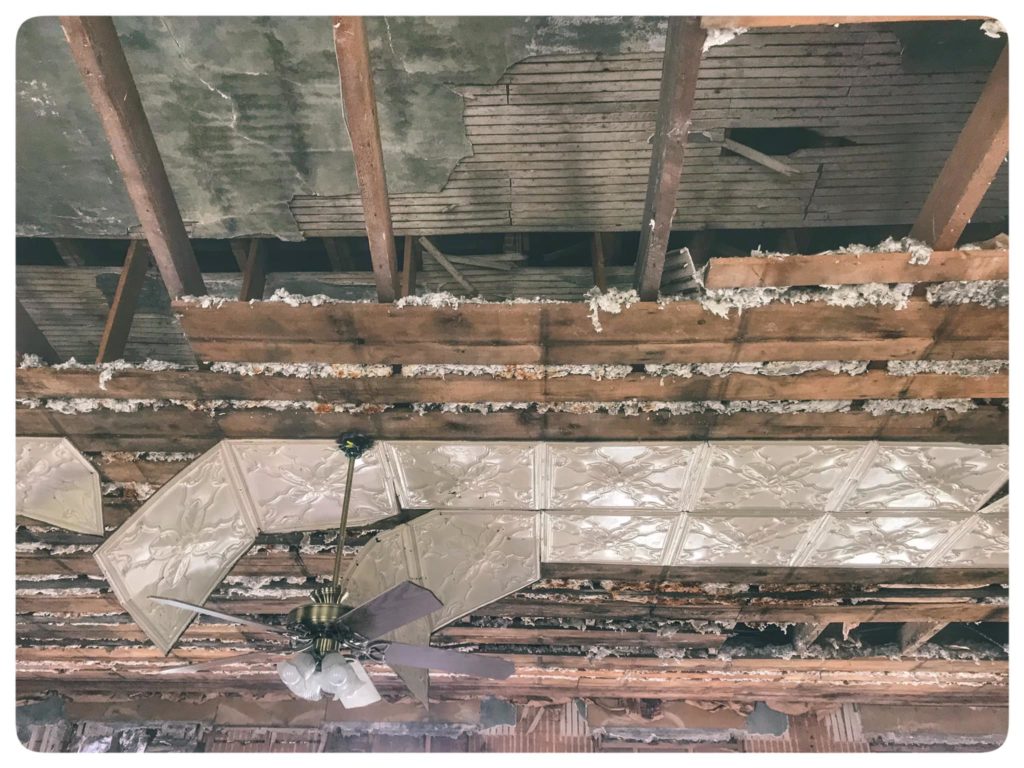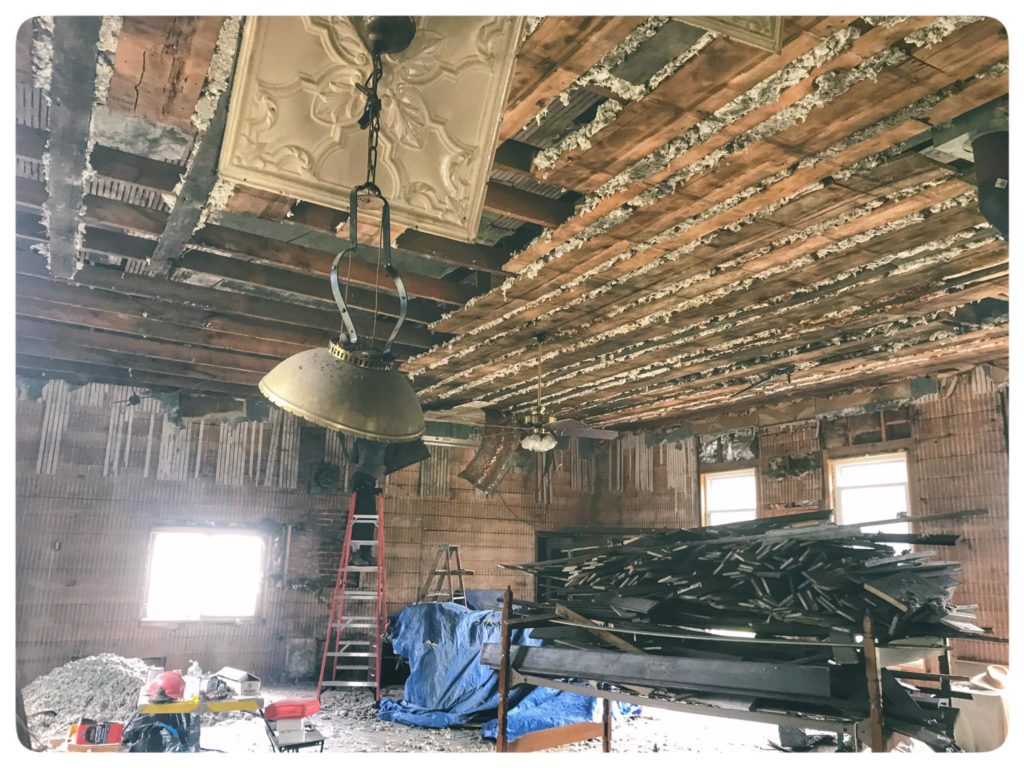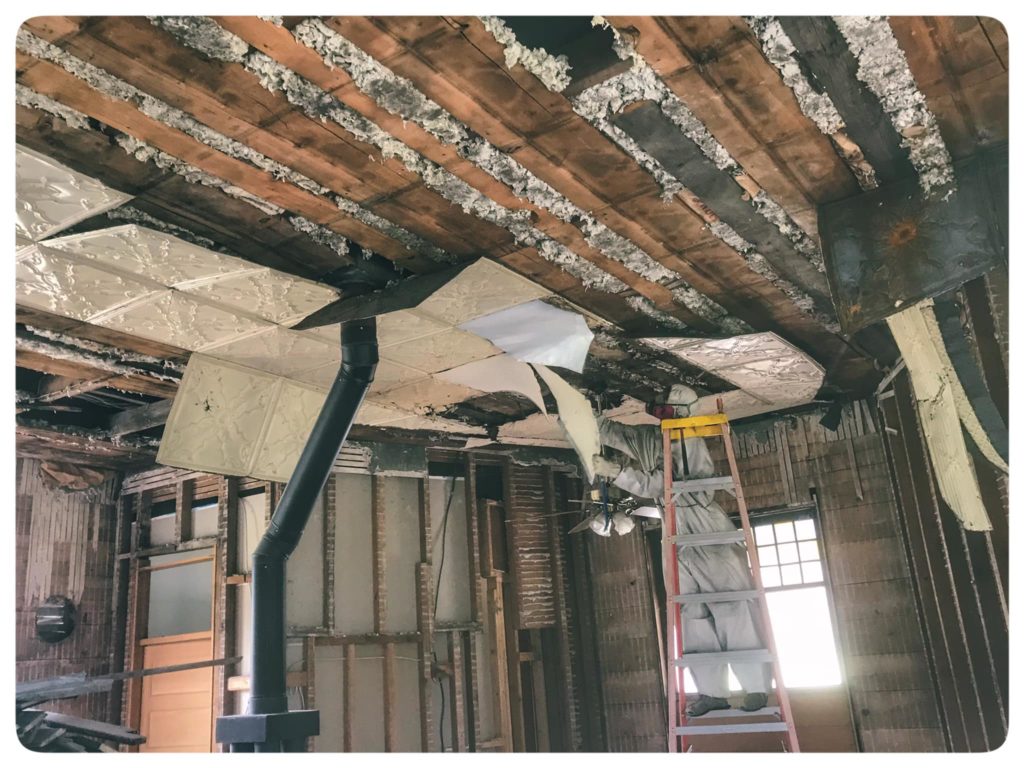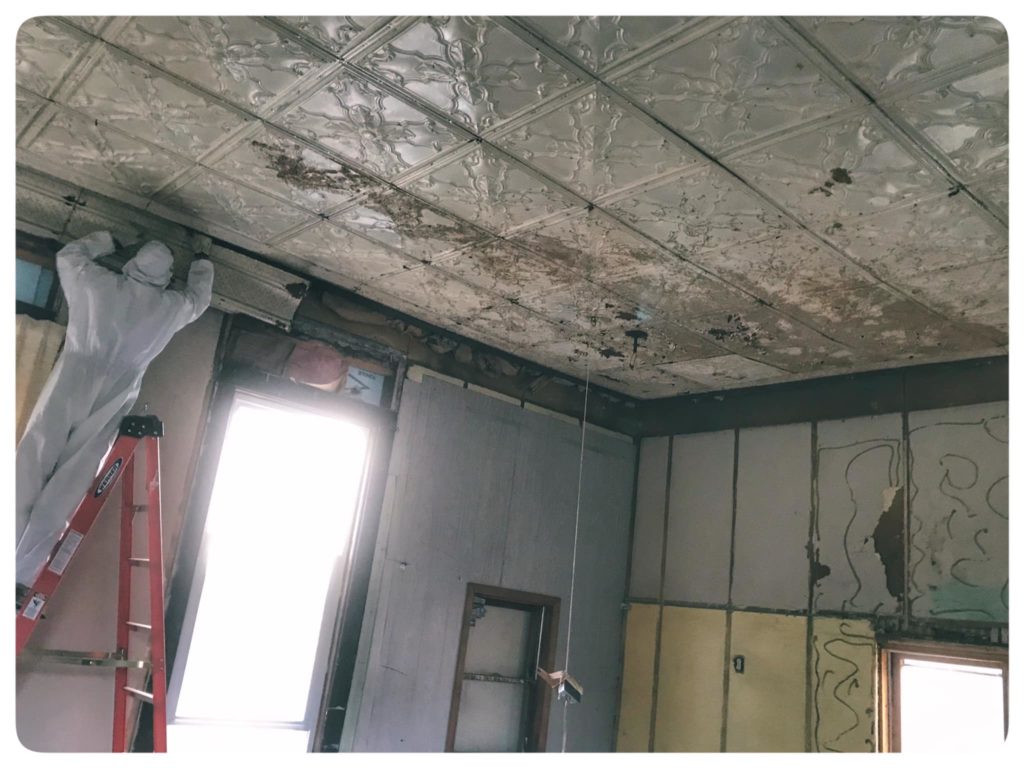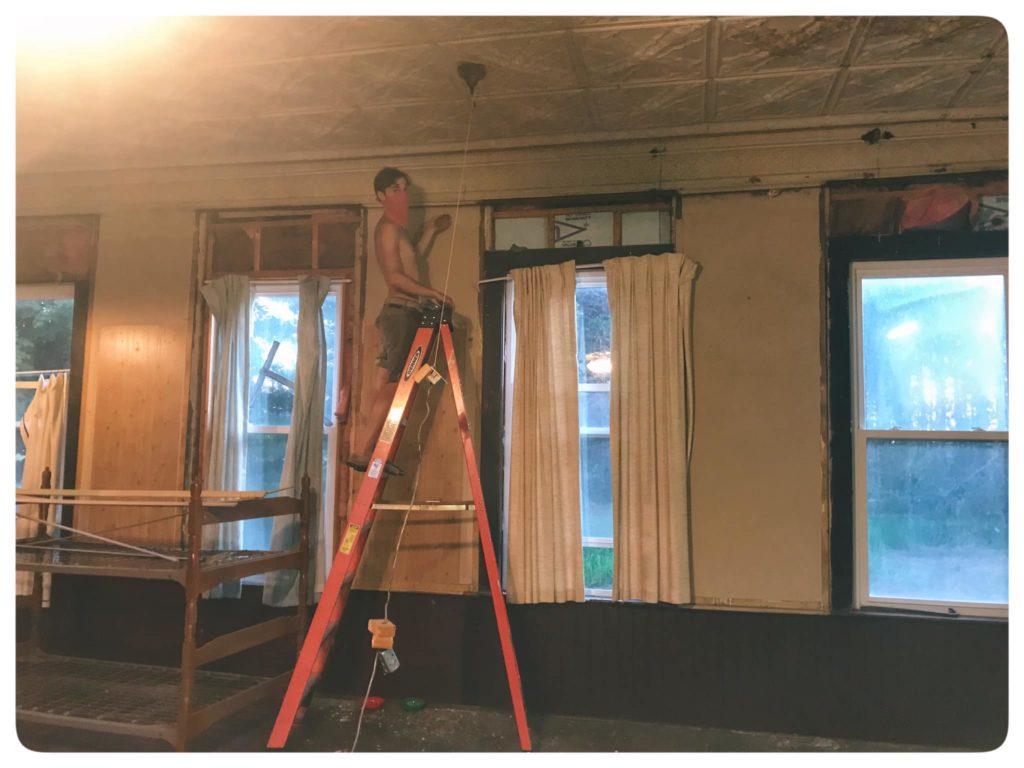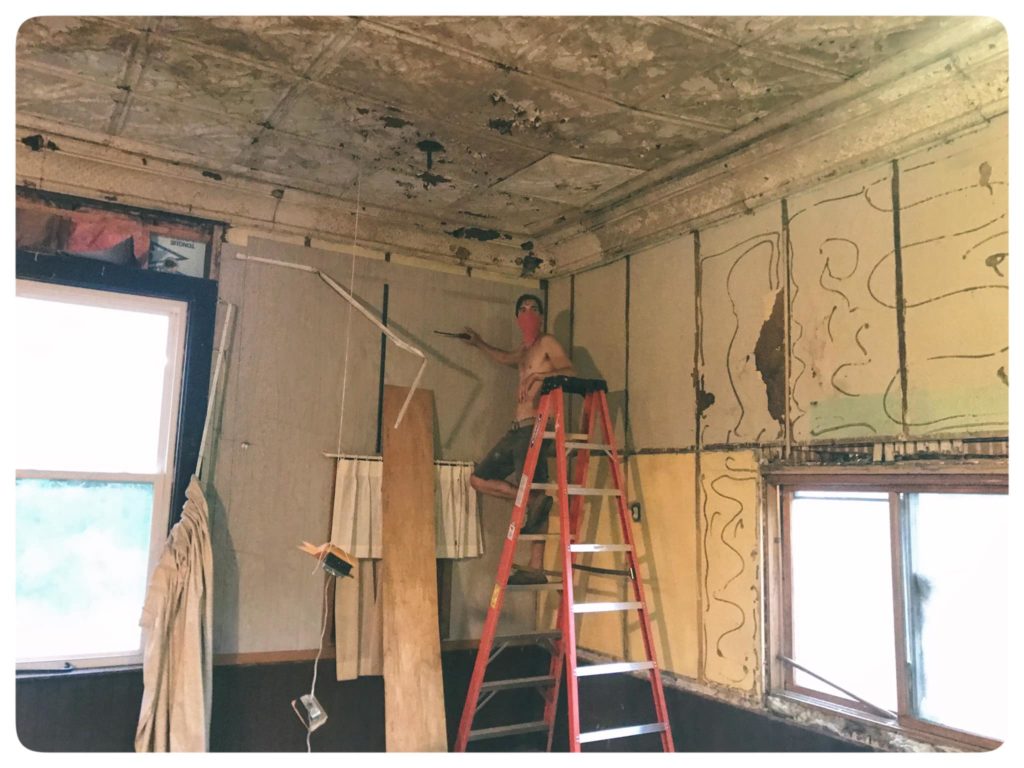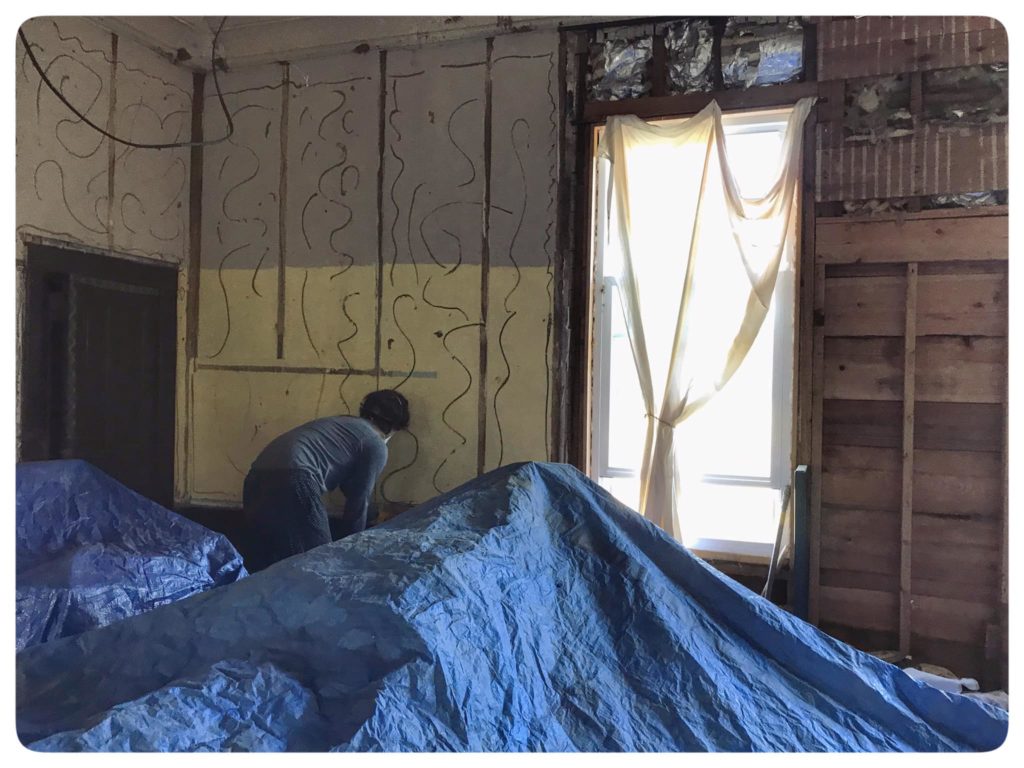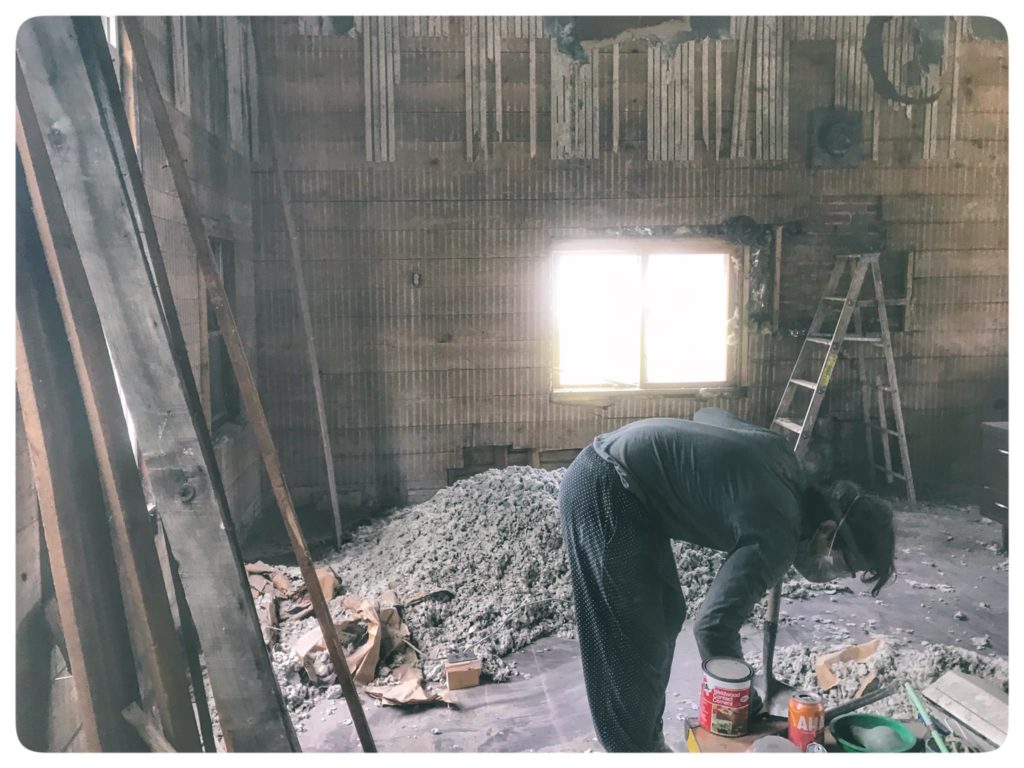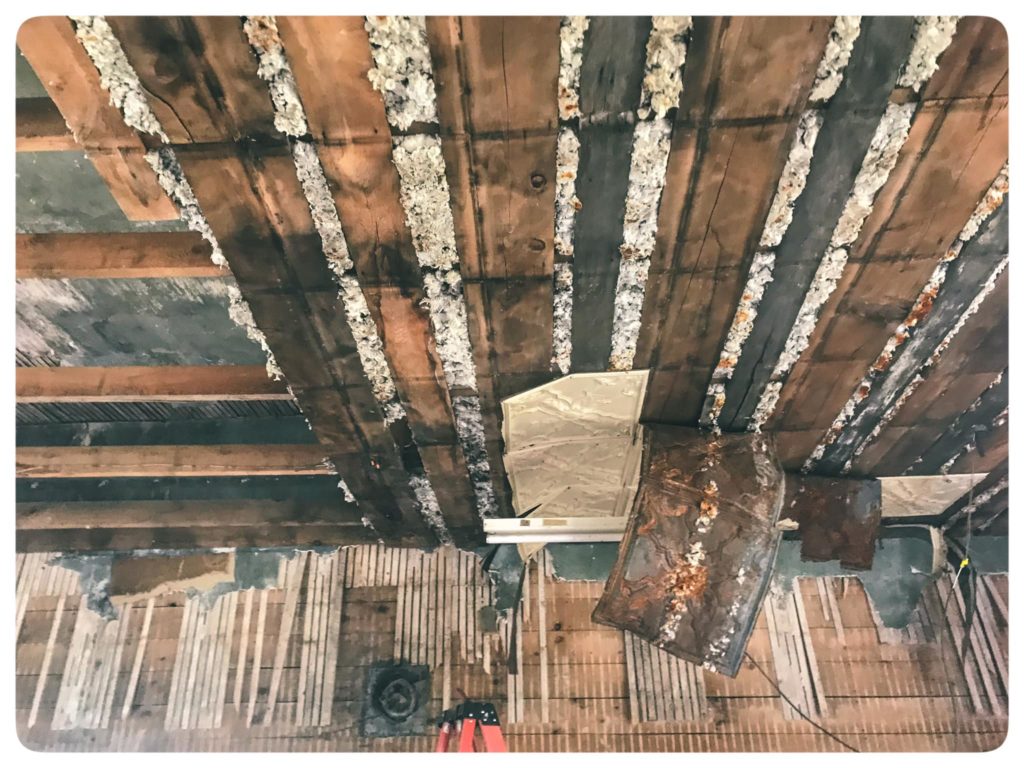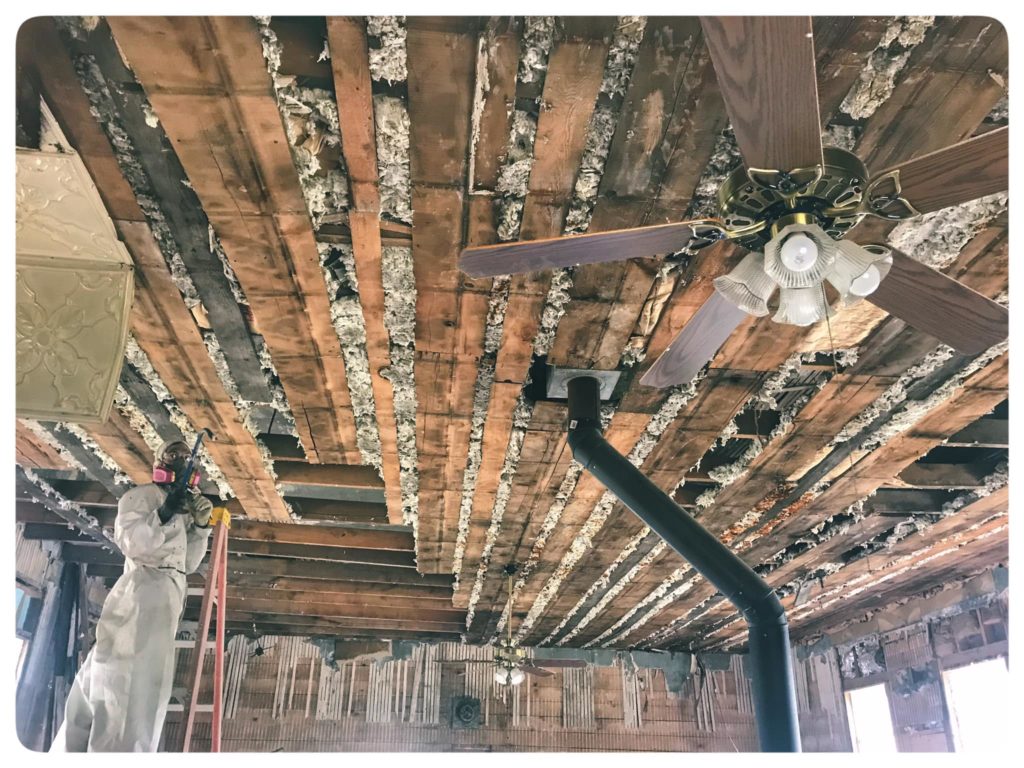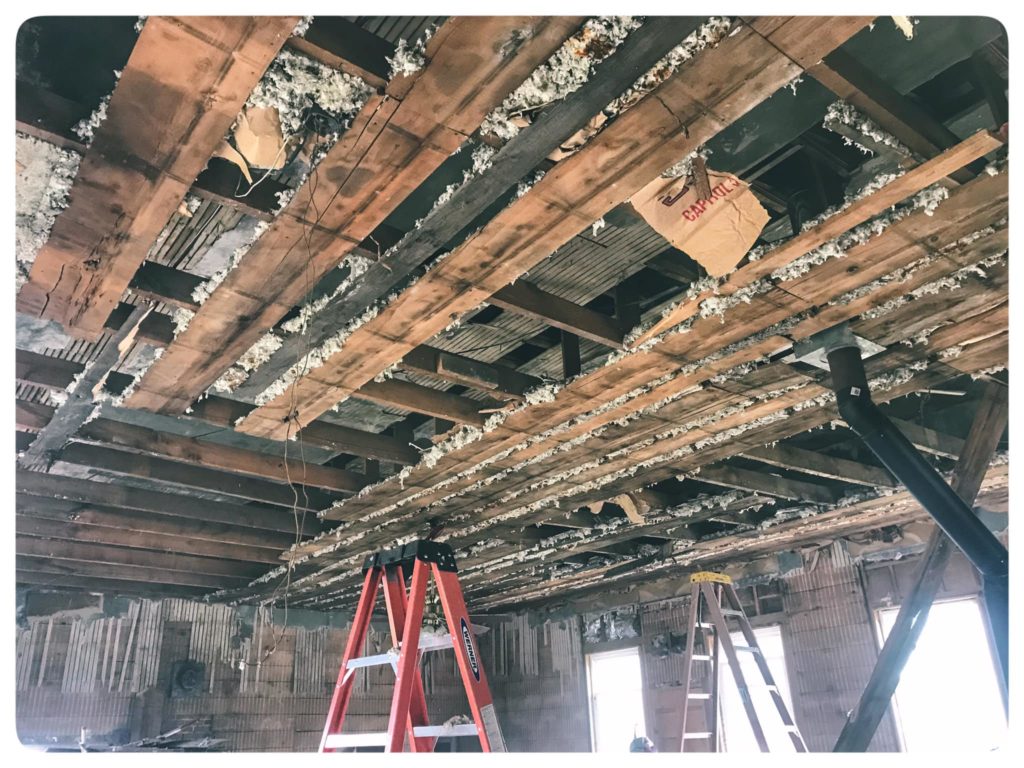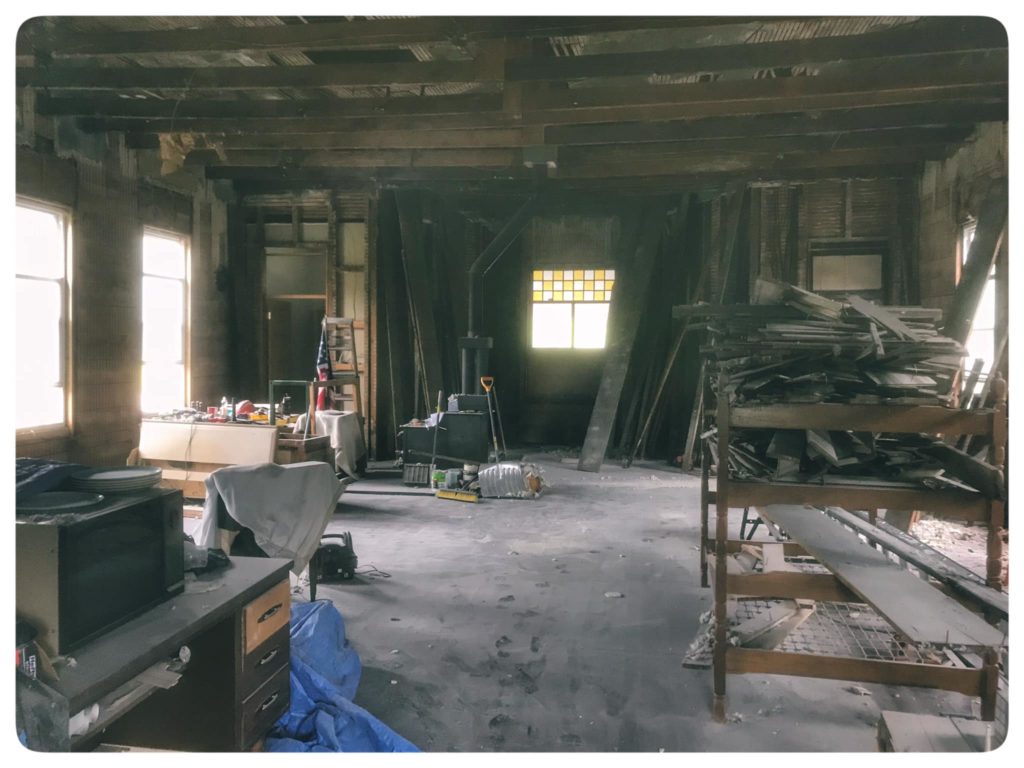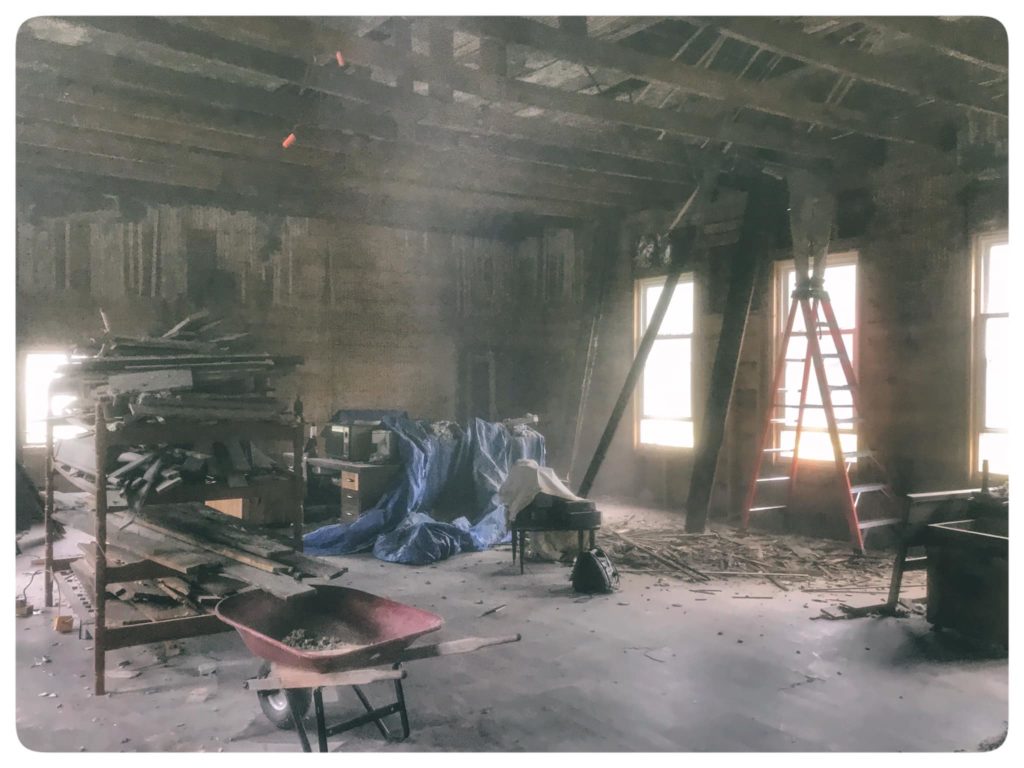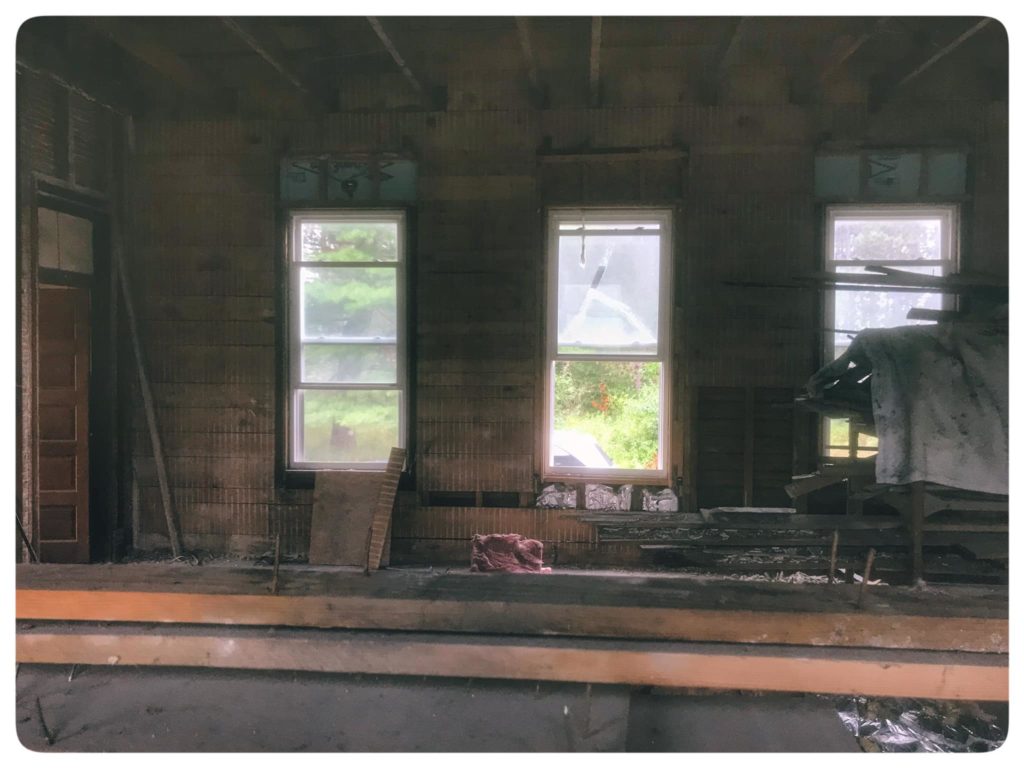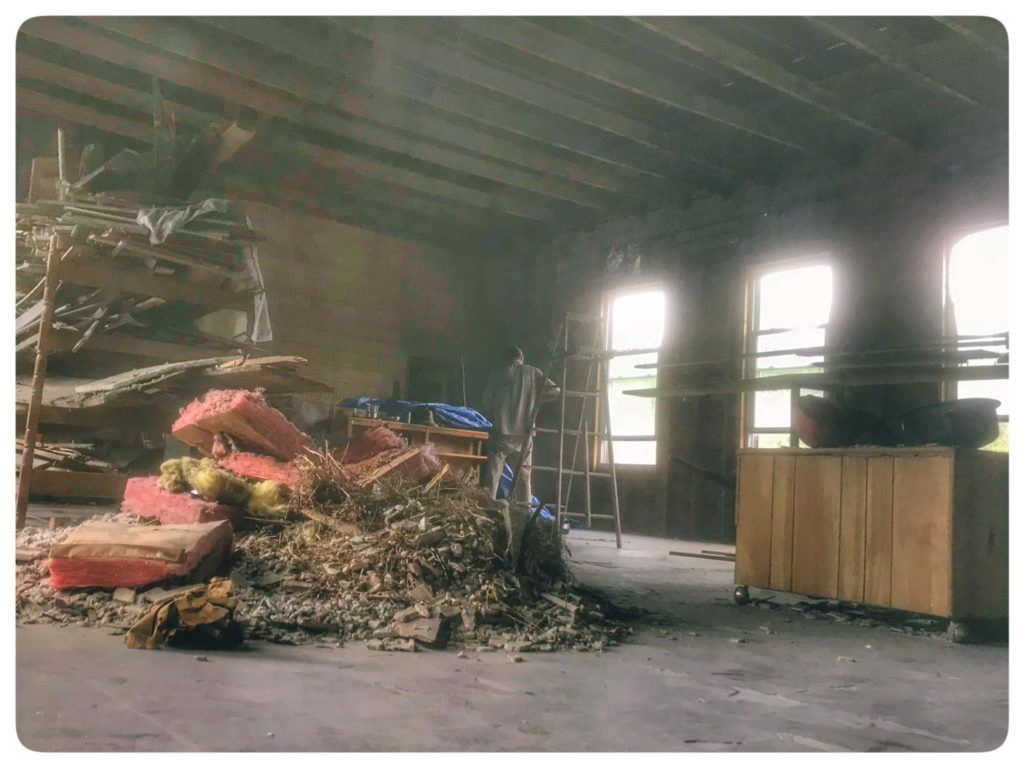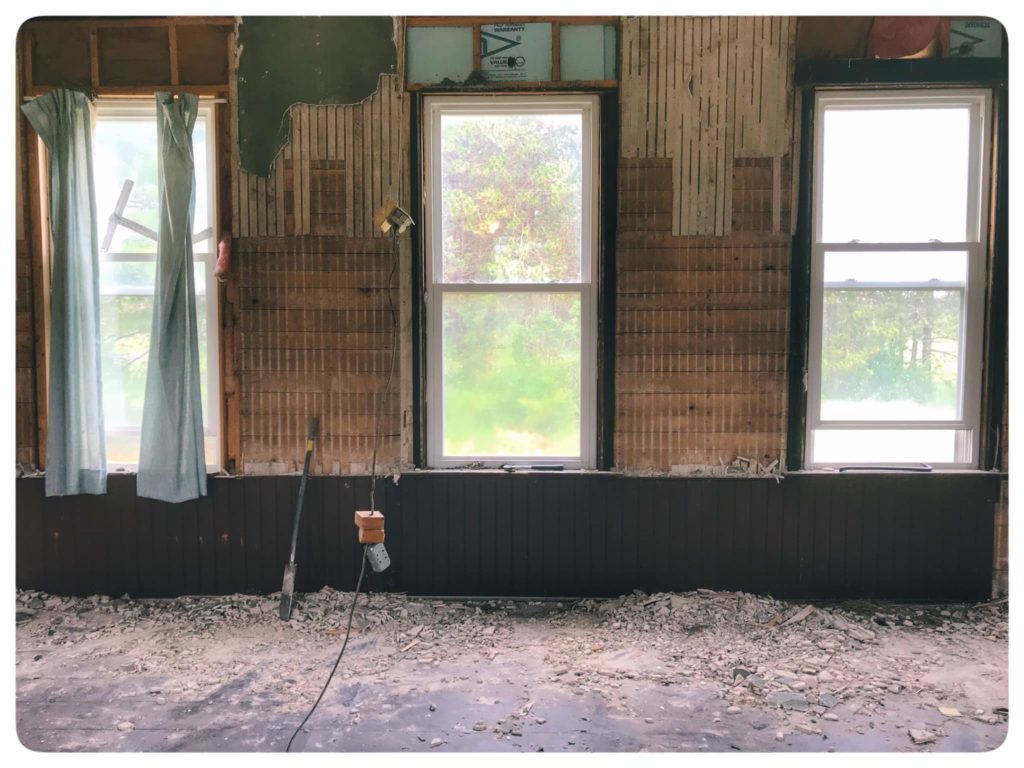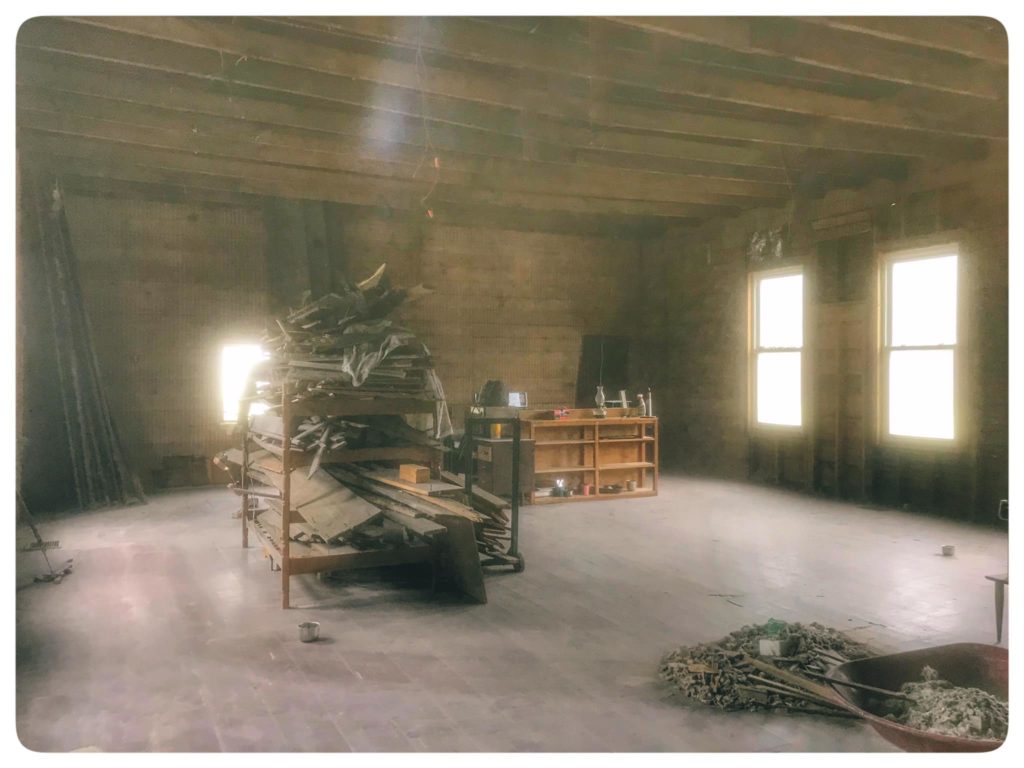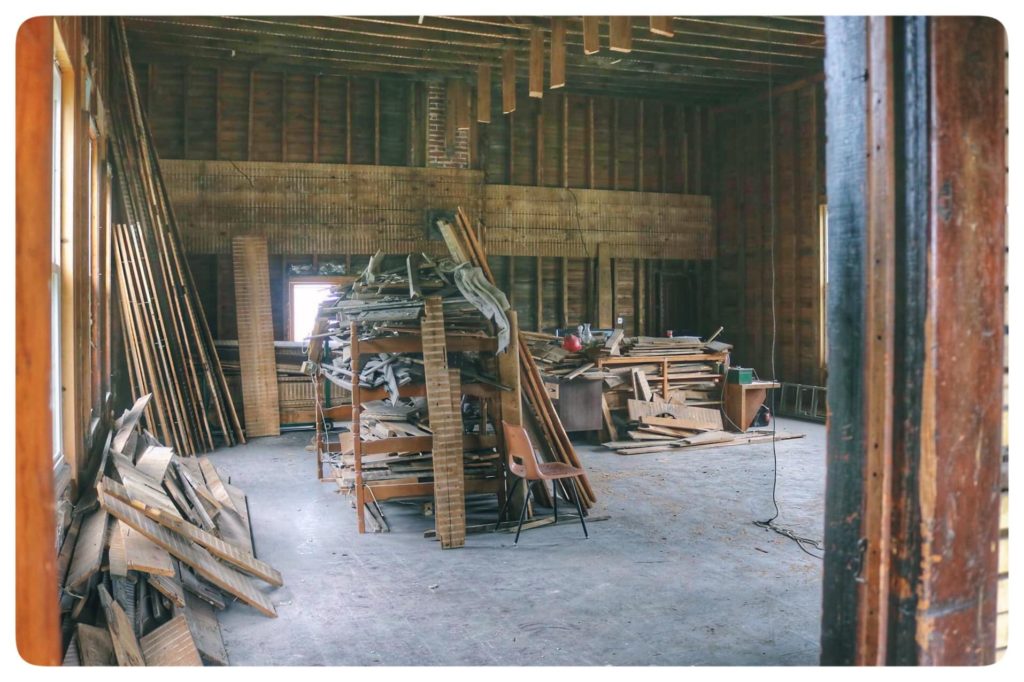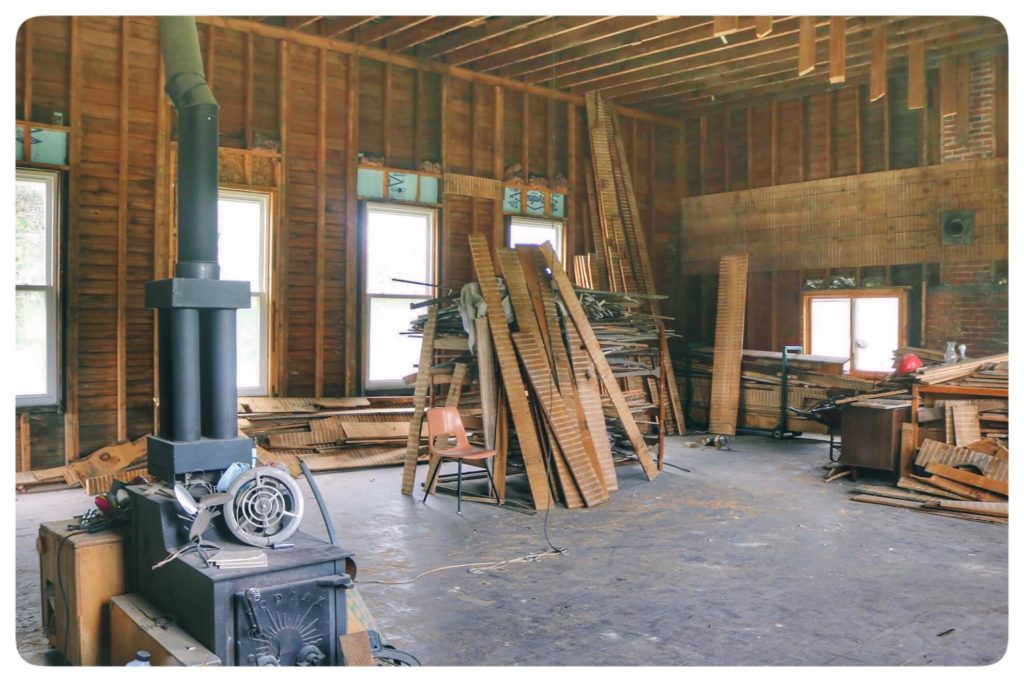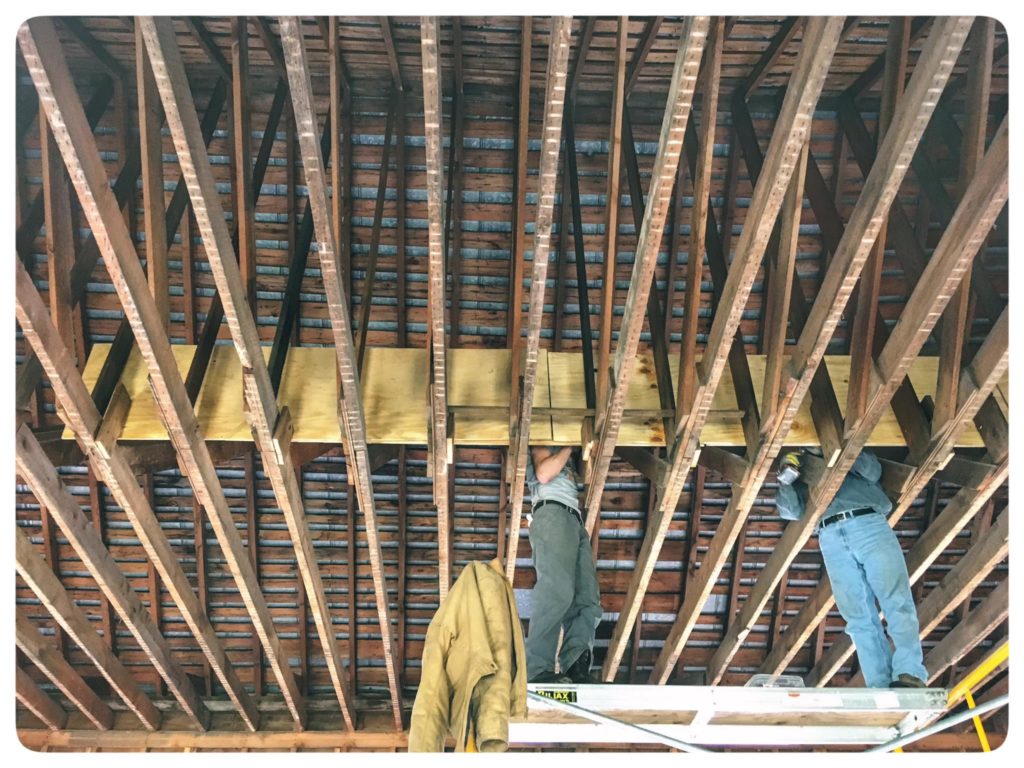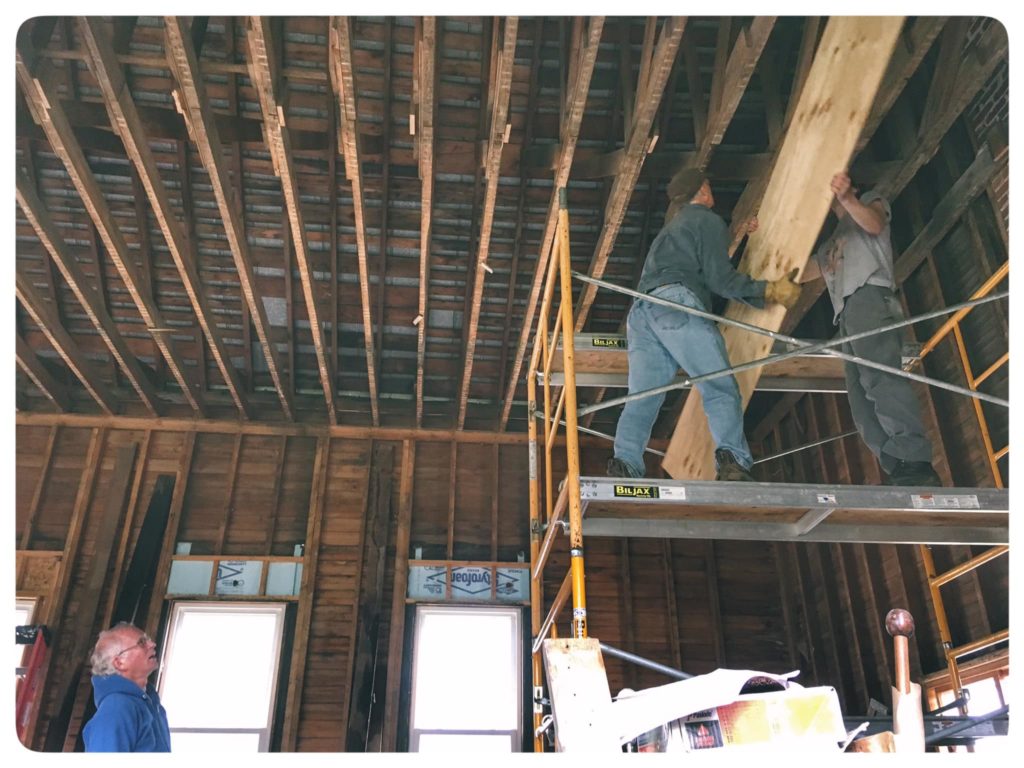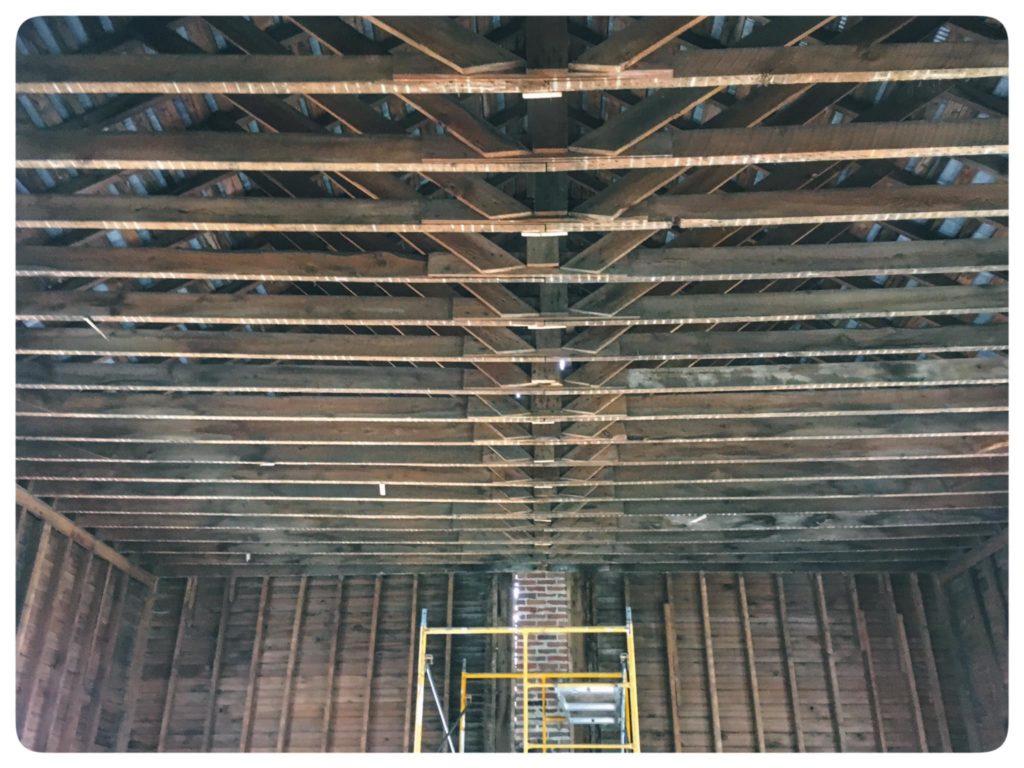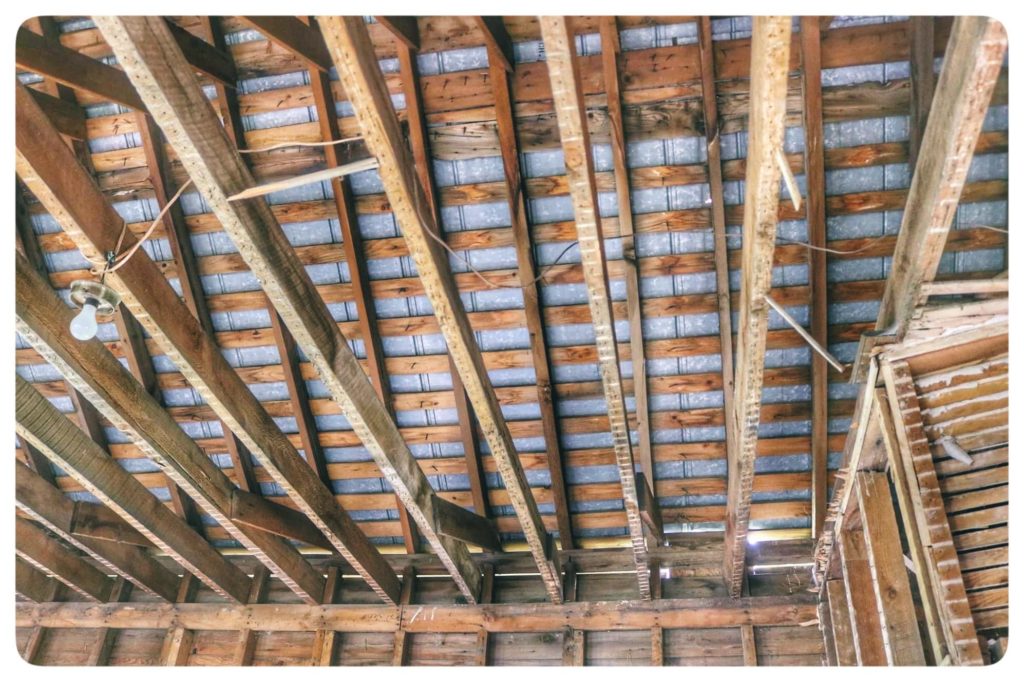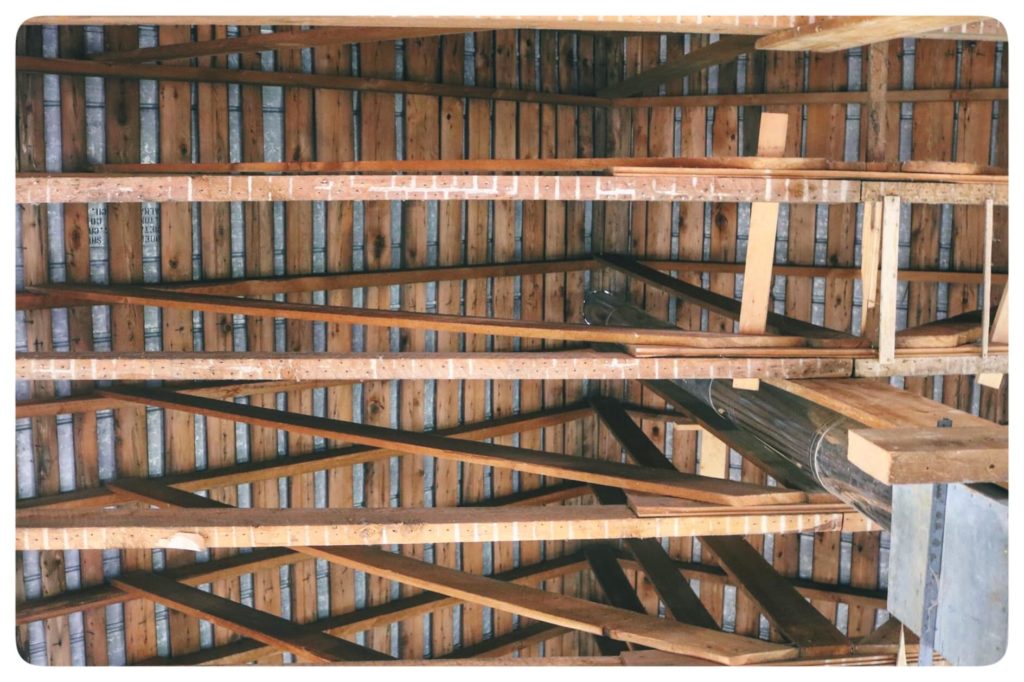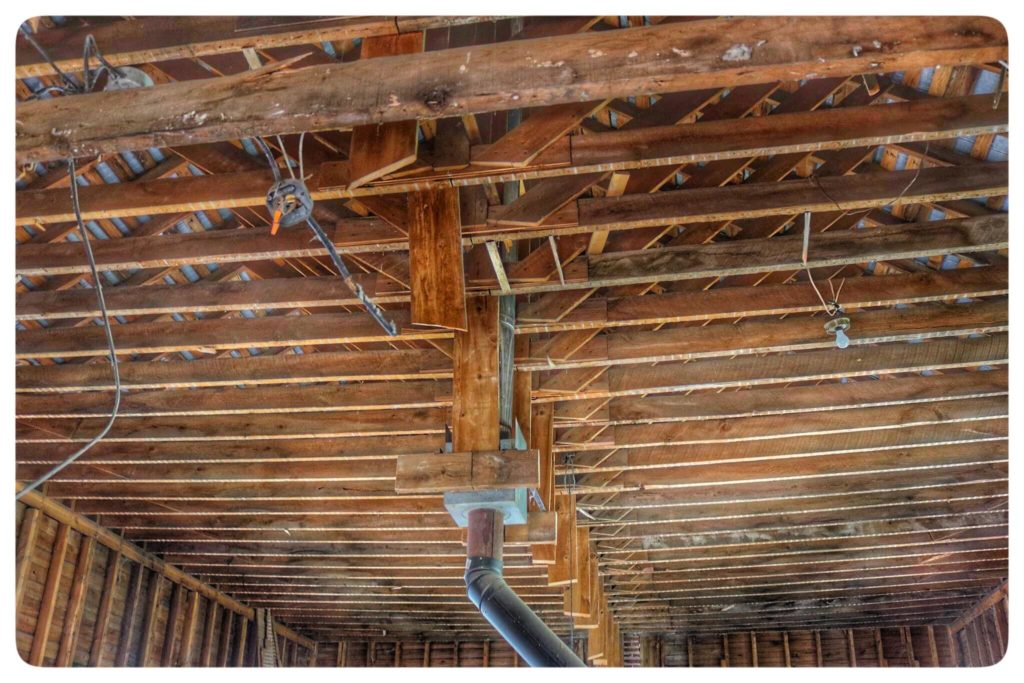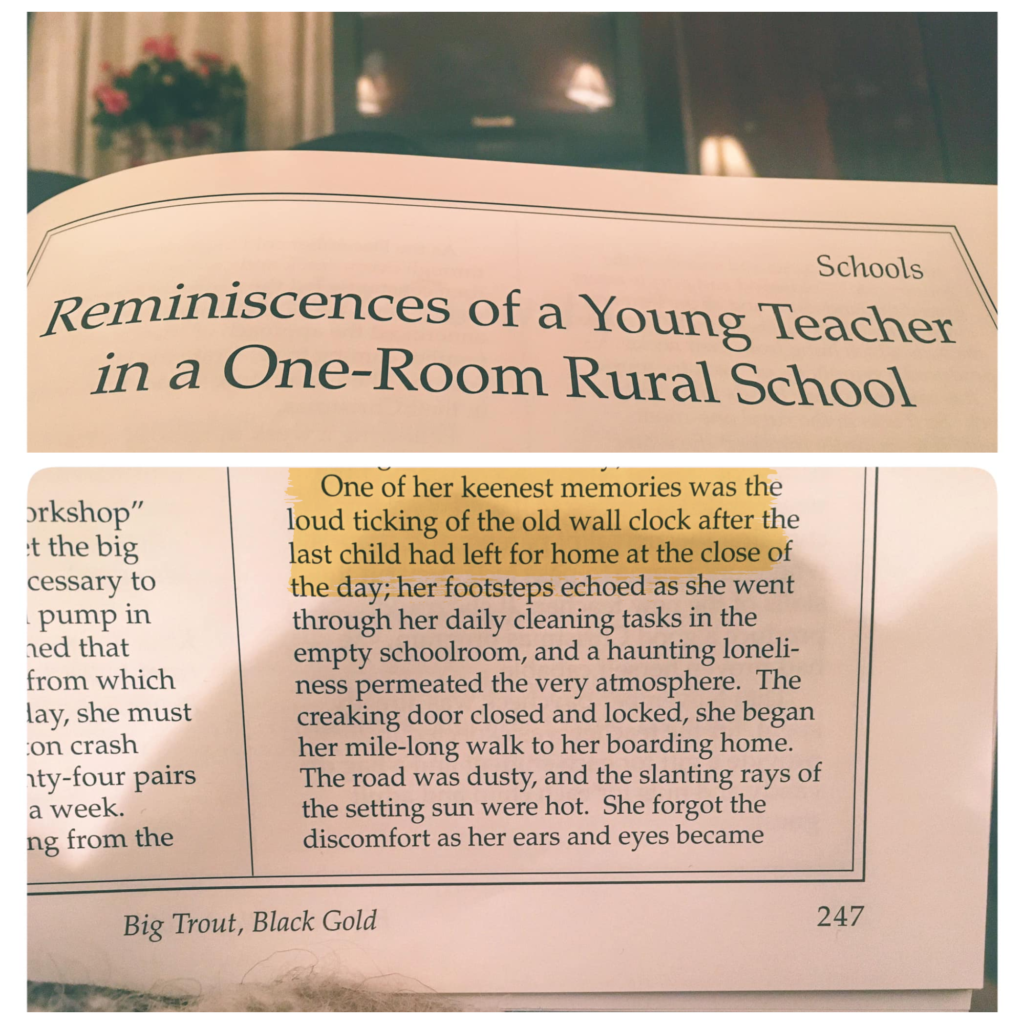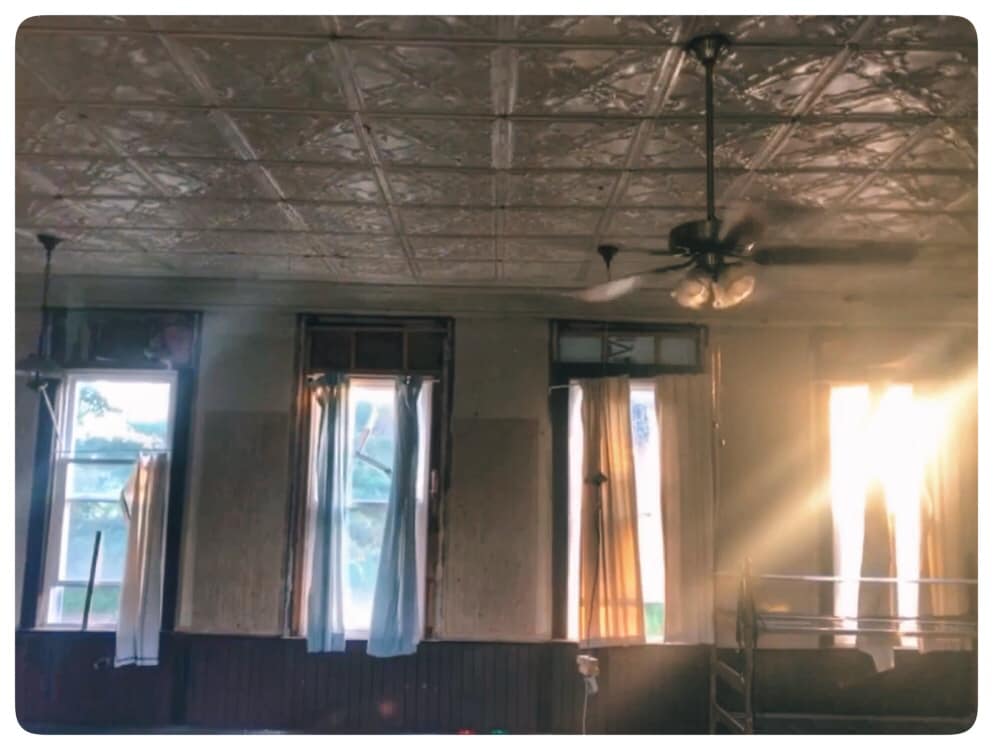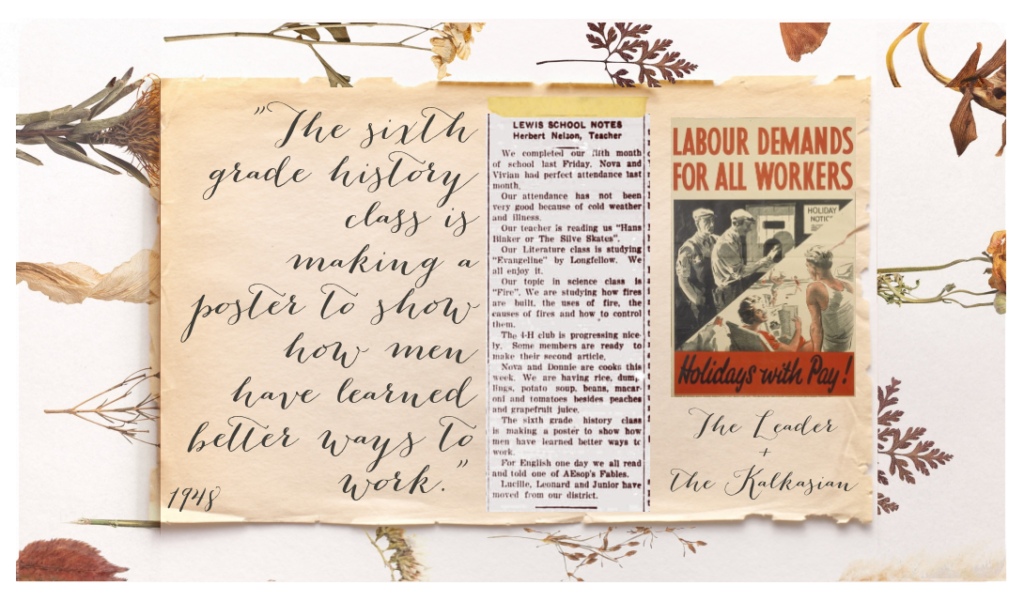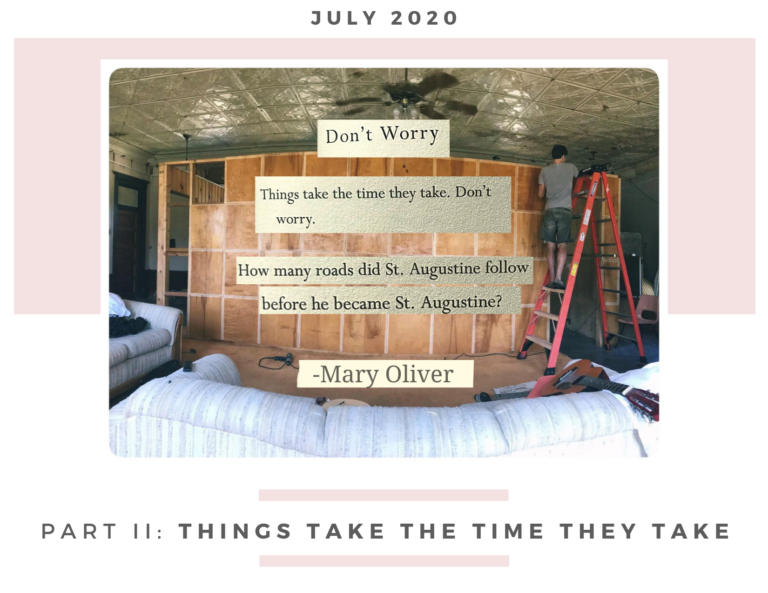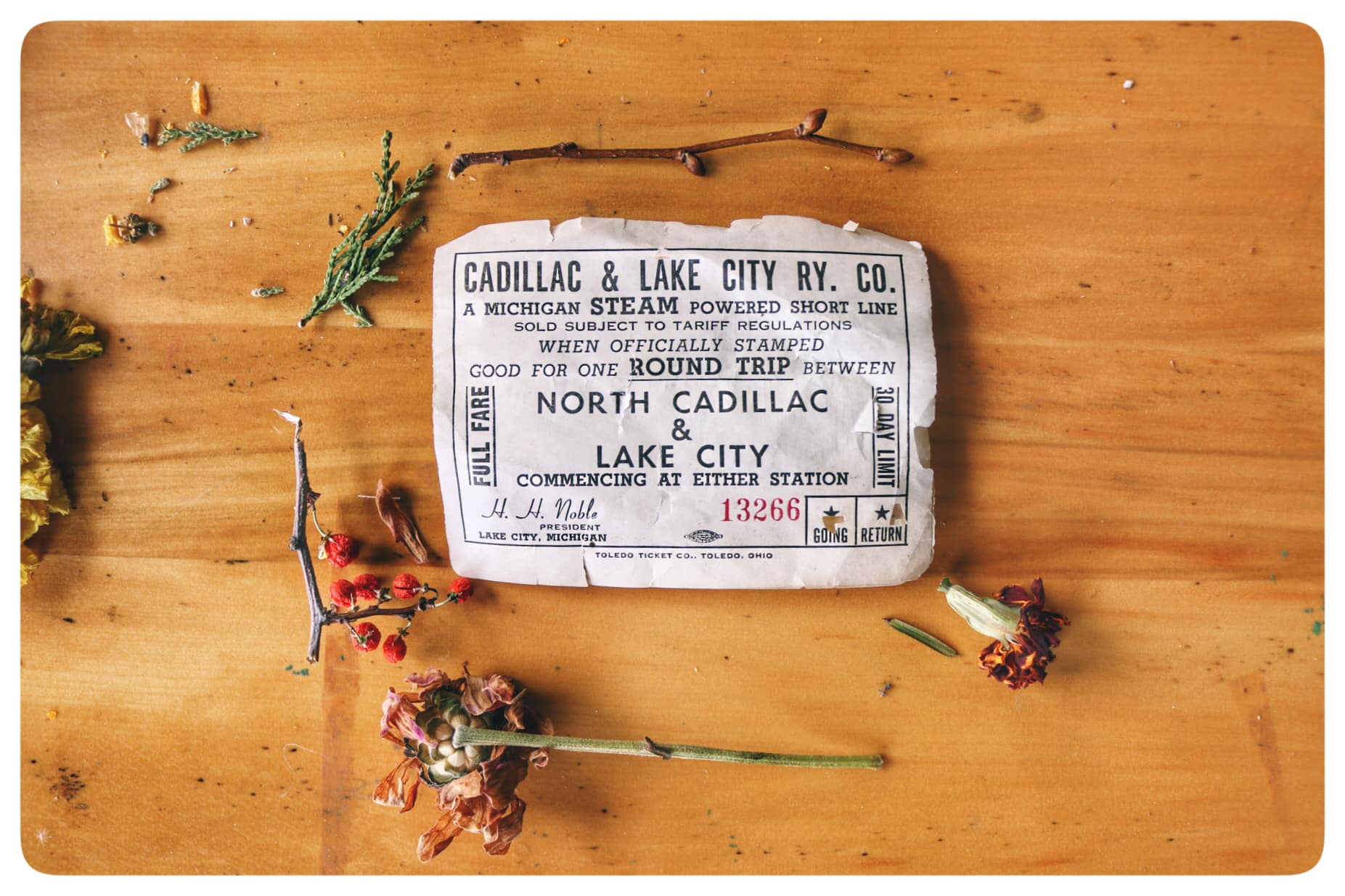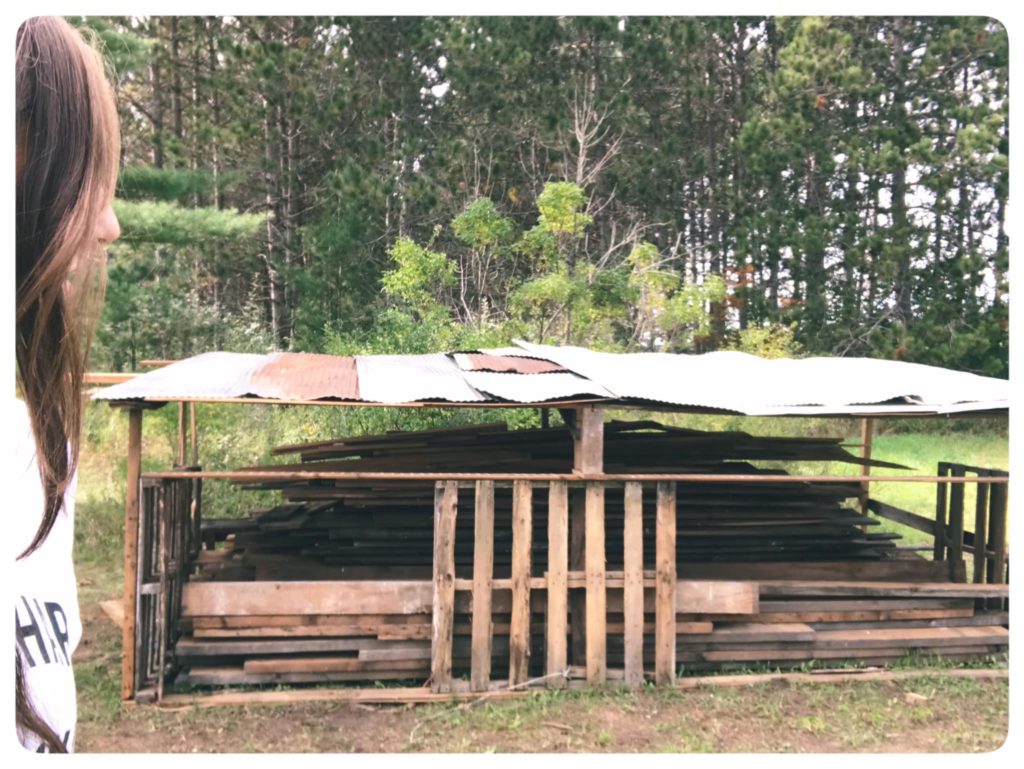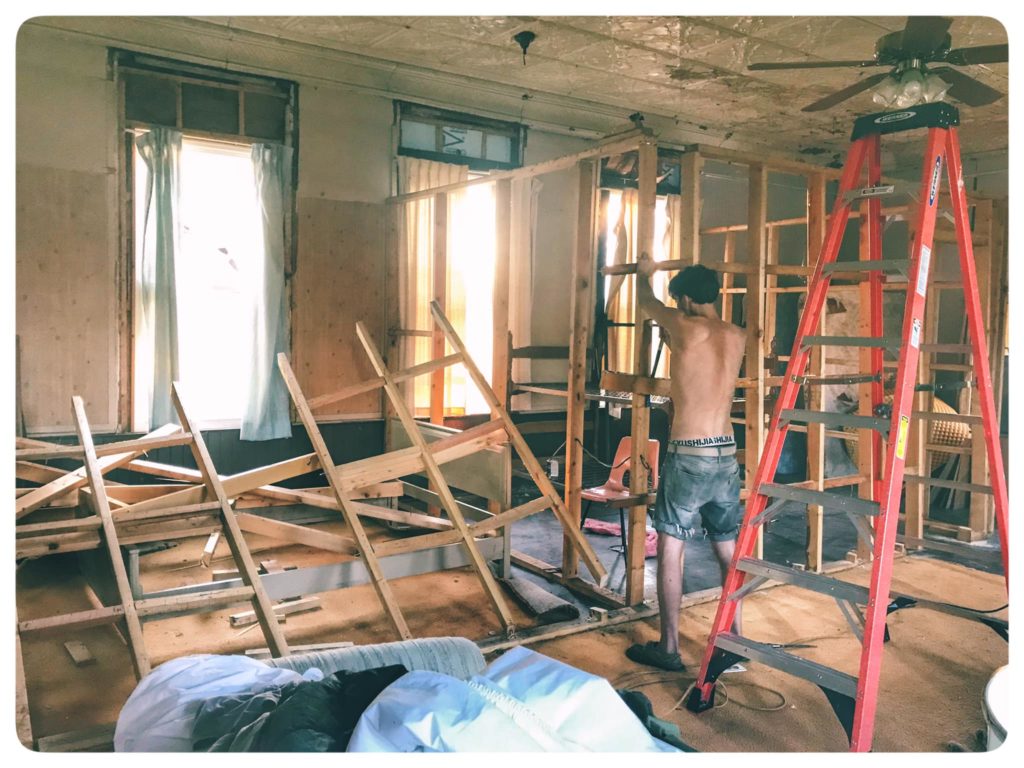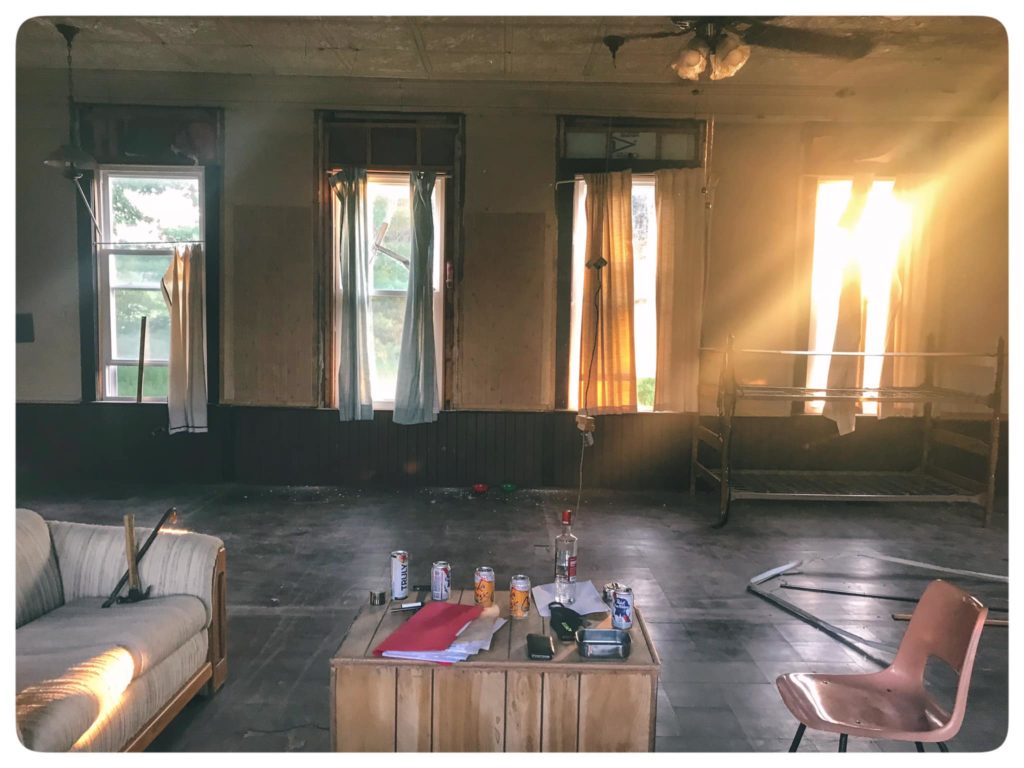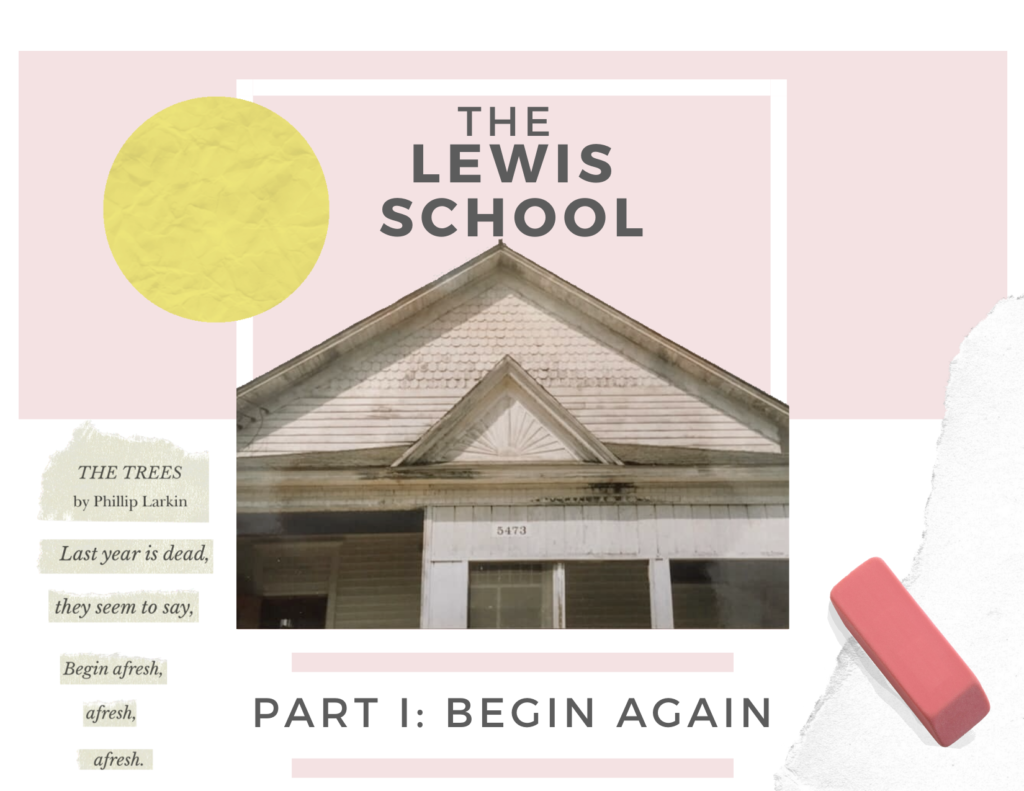
What a whirlwind of changes these past few months! In June, my fiancé Connor and I closed on a 115 year-old one-room schoolhouse located 230 miles north of our current home in Highland Park, MI.
The schoolhouse is made all the more special by its adjacent proximity to the Brown family farm. The farmhouse was once home to my fiancé’s aunts, uncle, and dad, and continued to provide serenity and shelter to his grandparents through their final days. While I never had the pleasure of meeting either of them, it’s been such a joy to get to know them through the land they tended, the trees they planted, and the home – and people – they created.
While Connor and I are both heartbroken to leave behind our beloved community in Detroit, we can’t imagine a better cure for our heartbreak than to wake each day surrounded by acres of trees, some nearing a hundred years-old, planted with such care by family.
We dream of the day when there’s a couch in the schoolhouse for our loved ones to sit on. It’s been our greatest joy in life to date to have spent these past 8 years teaching and learning beside so many of you in Detroit’s classrooms, museums, libraries, diners, and law firms. On its floors and couches and streets. You’ve taught us loving is giving, and living is learning.
How lovely to think that the learning’s only just begun.

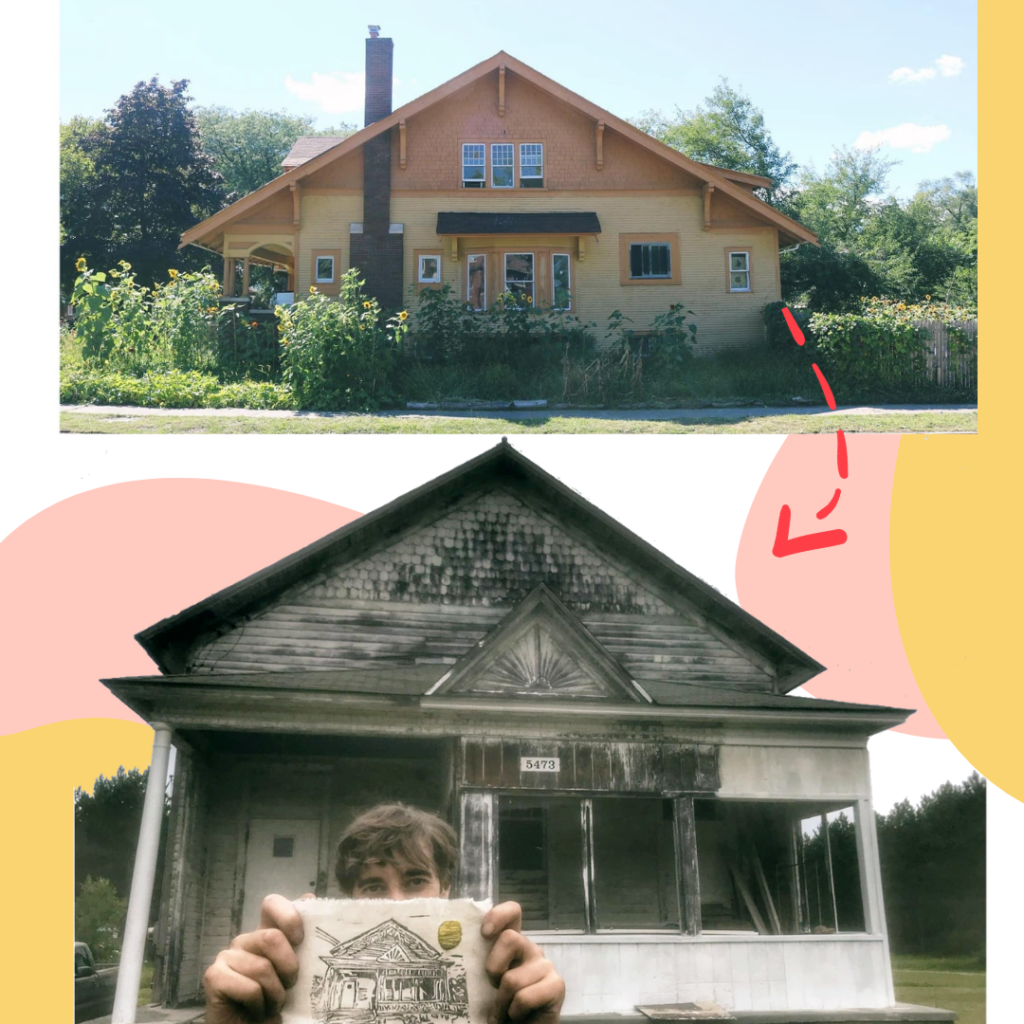
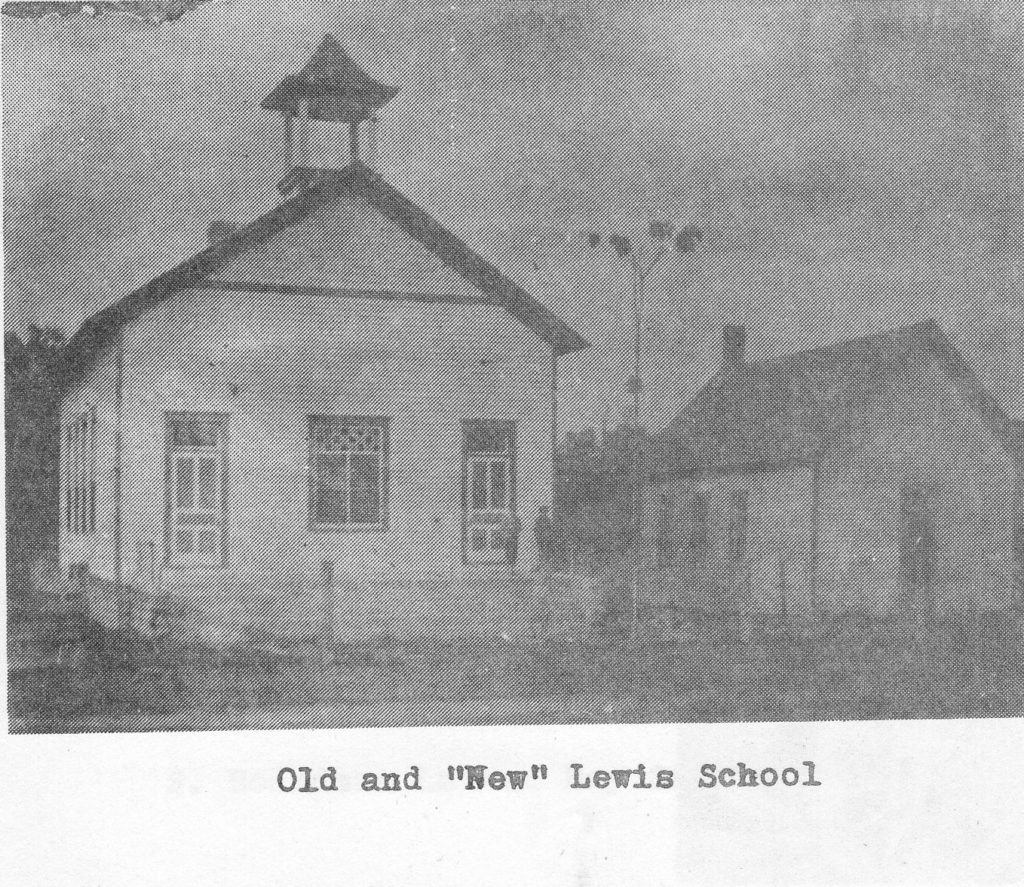
The original Lewis School was built in 1880 as a local hub of learning for the school-aged village children. It burnt down sometime thereafter, was rebuilt in 1905, and remained operational until low-enrollment led to its eventual closure in 1960.
According to old newspaper records, it was purchased in a public auction in 1967, and was purchased for the third and final time in the 90’s by an older couple living downstate. They had purchased it with the intention of converting it into a cottage, but other hobbies led them elsewhere. Though the property wasn’t listed for sale, they were “eager to sell” when we first contacted them about potentially purchasing the property in February. Connor and I scheduled a time to head north in the week that followed, and celebrated our 8 year anniversary with our first trip to the schoolhouse

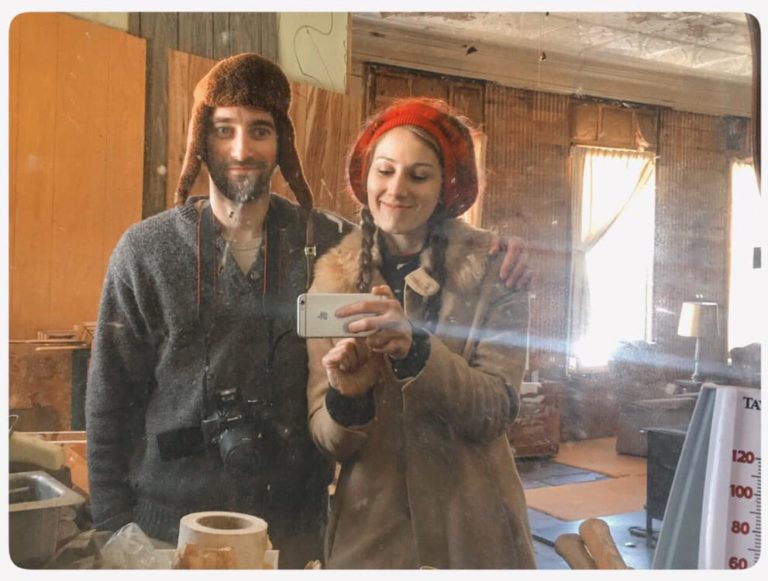
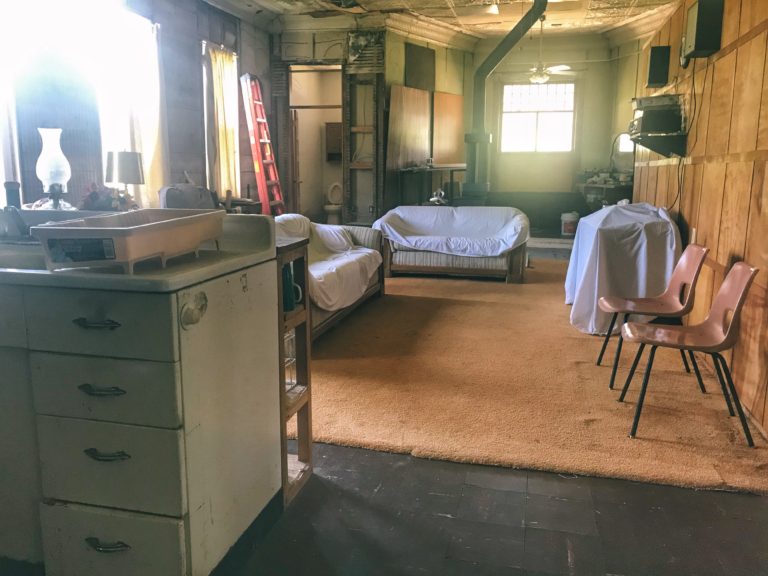
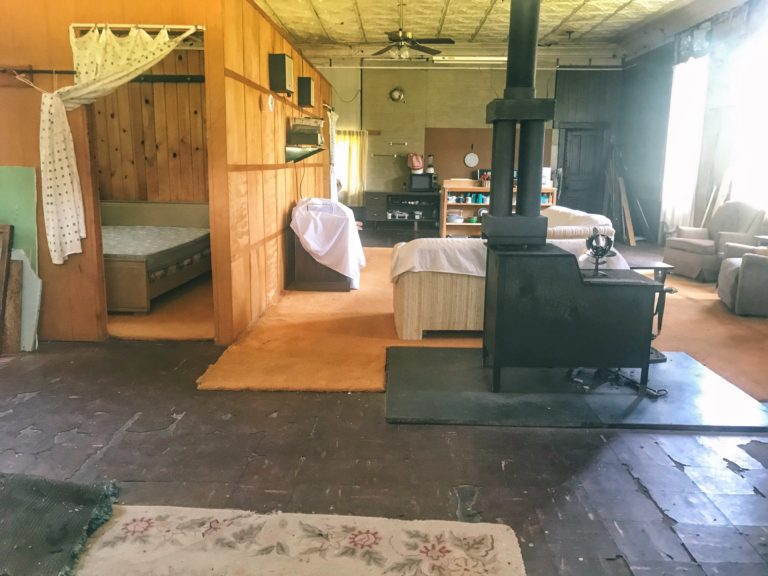
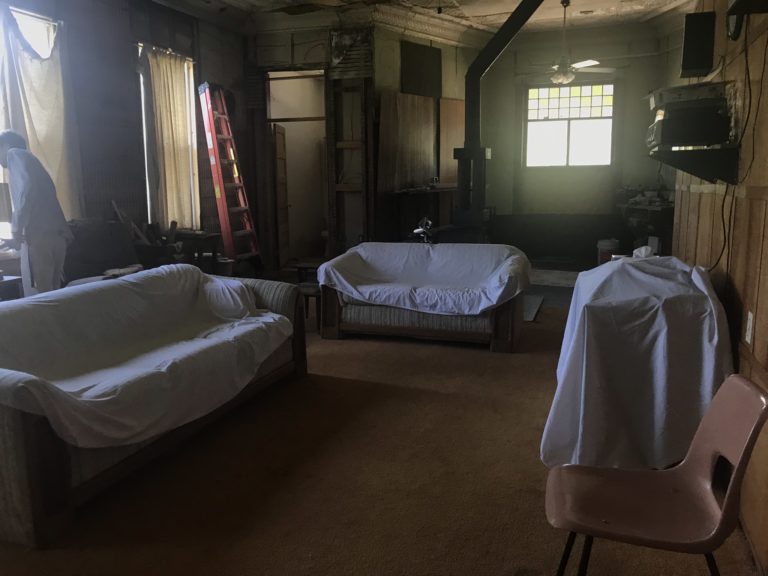
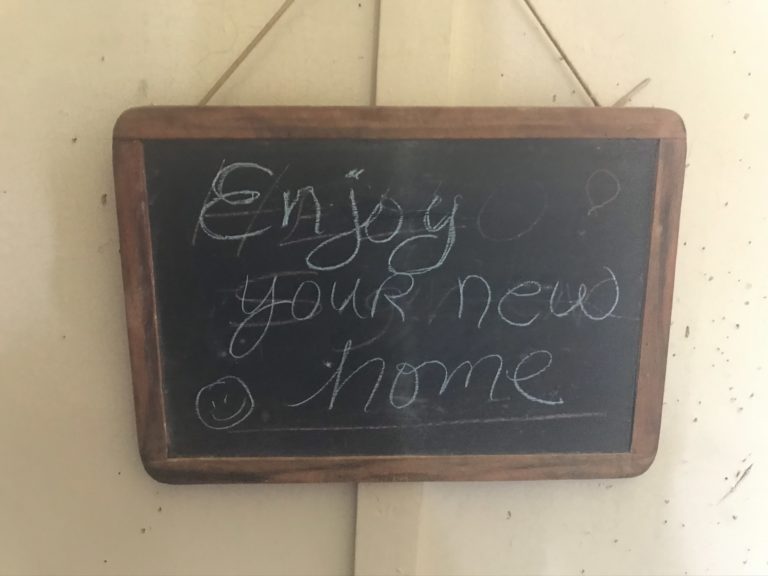
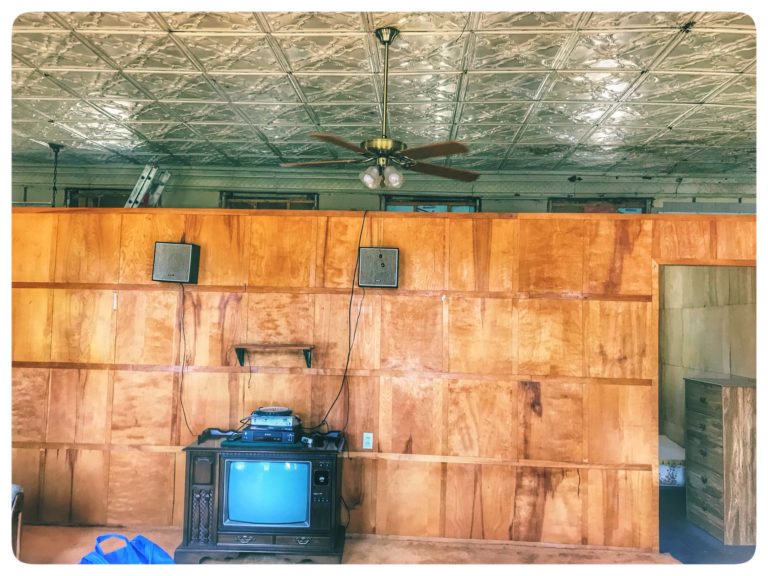



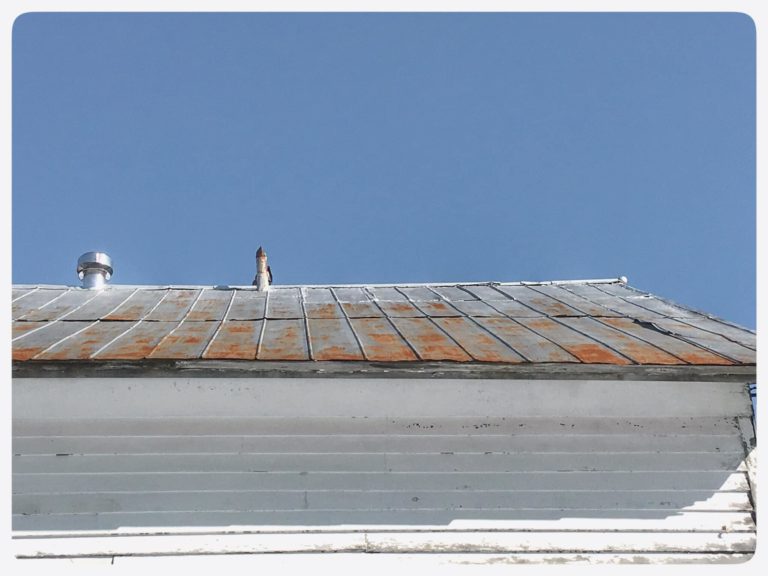
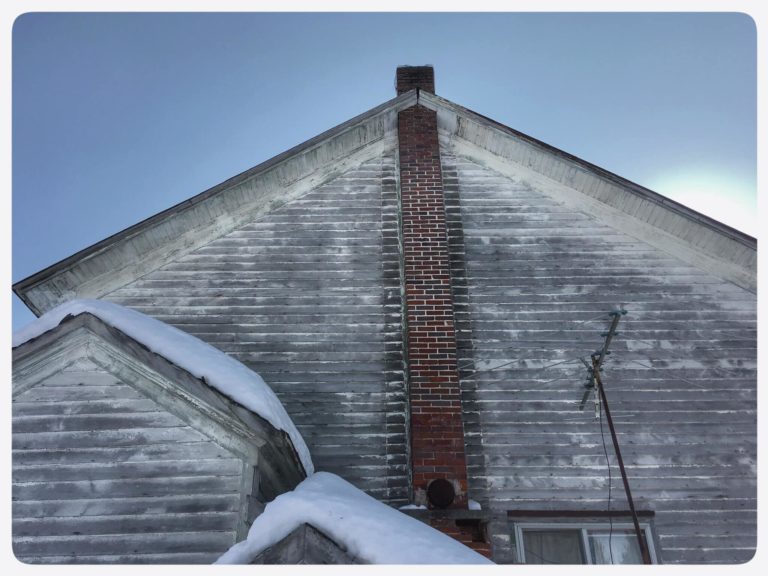
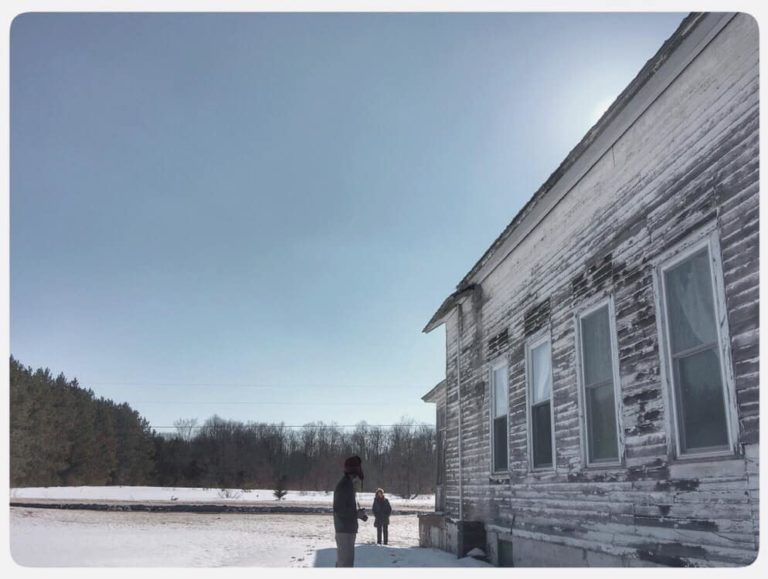
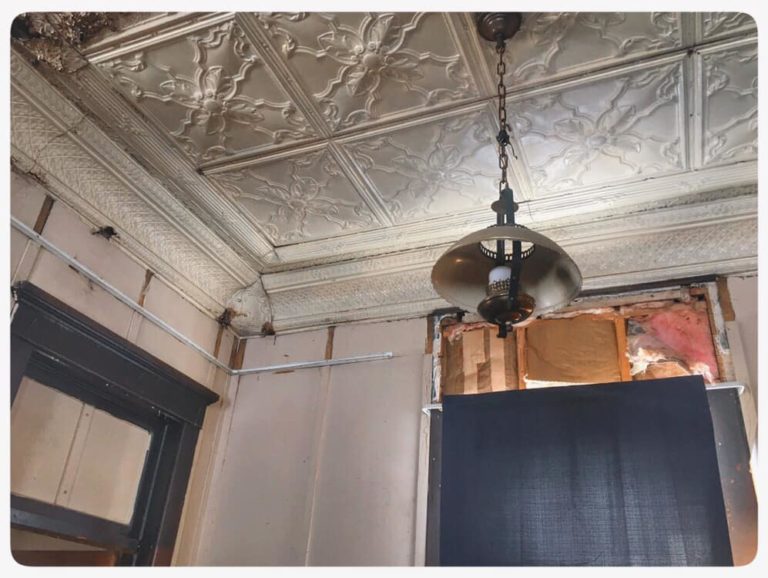
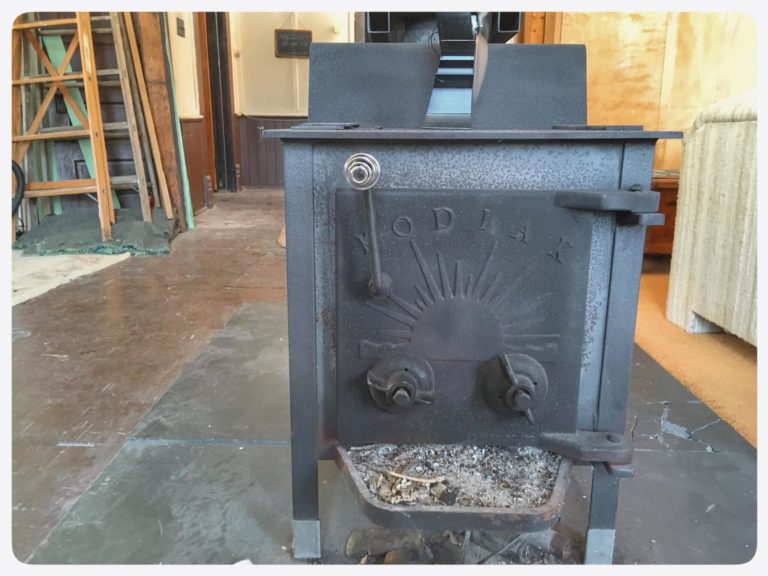

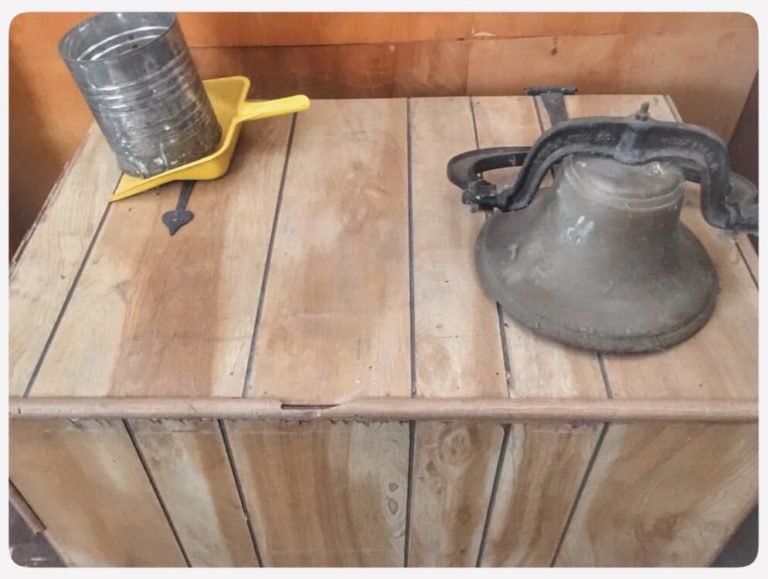
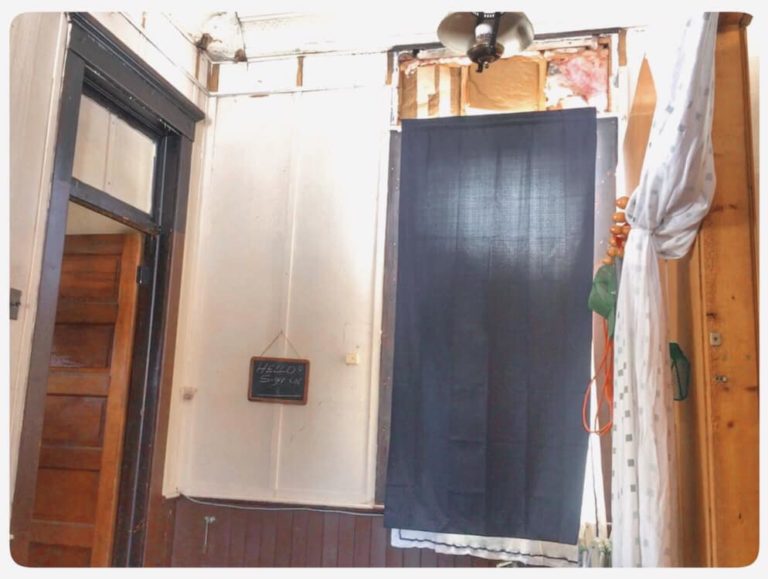
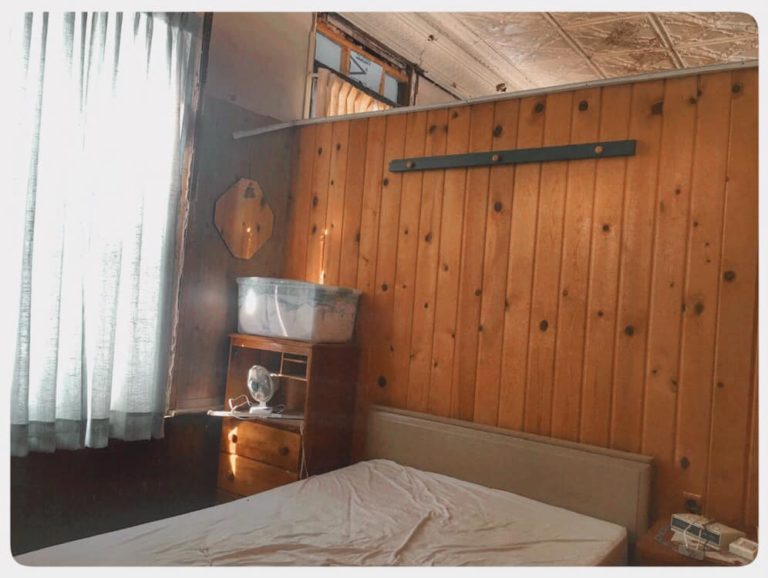
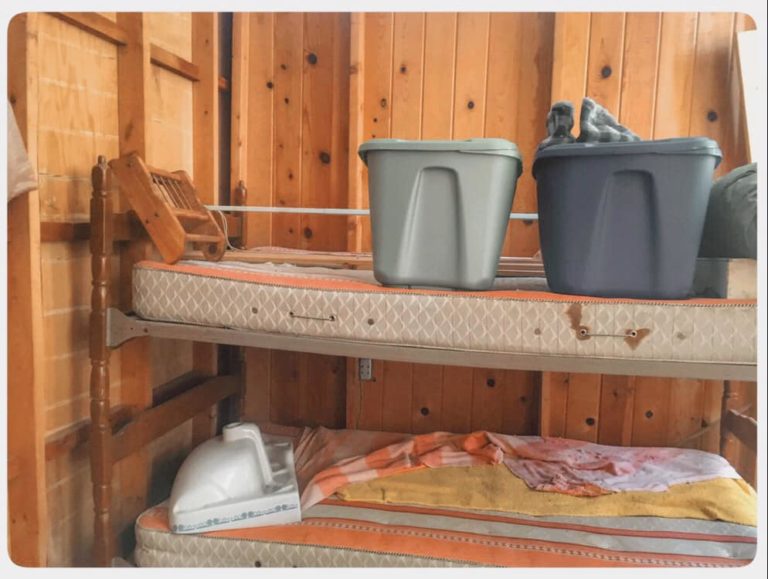
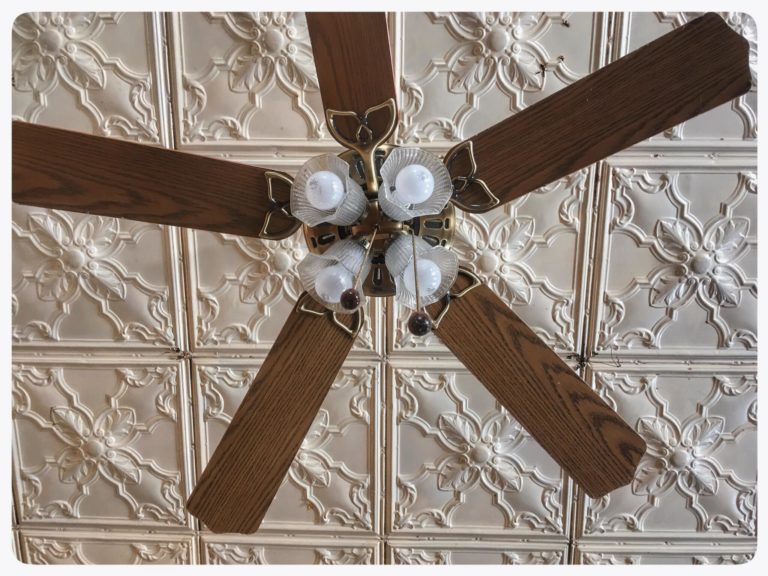
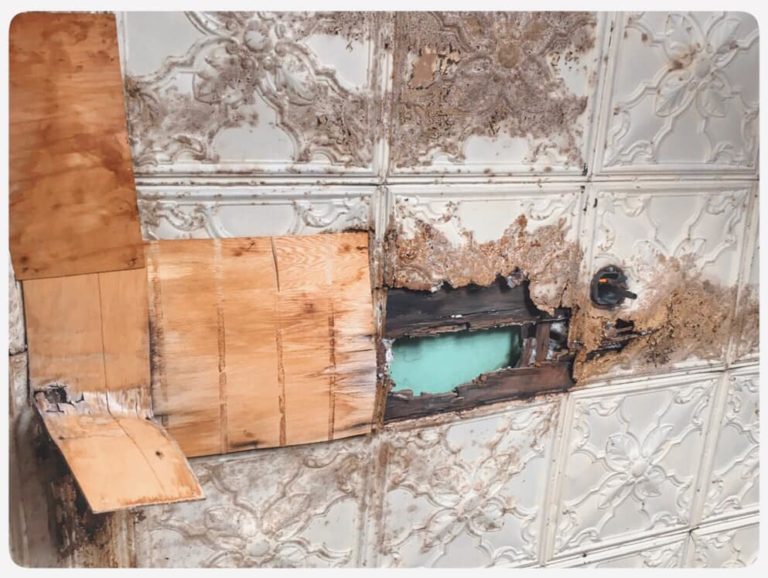


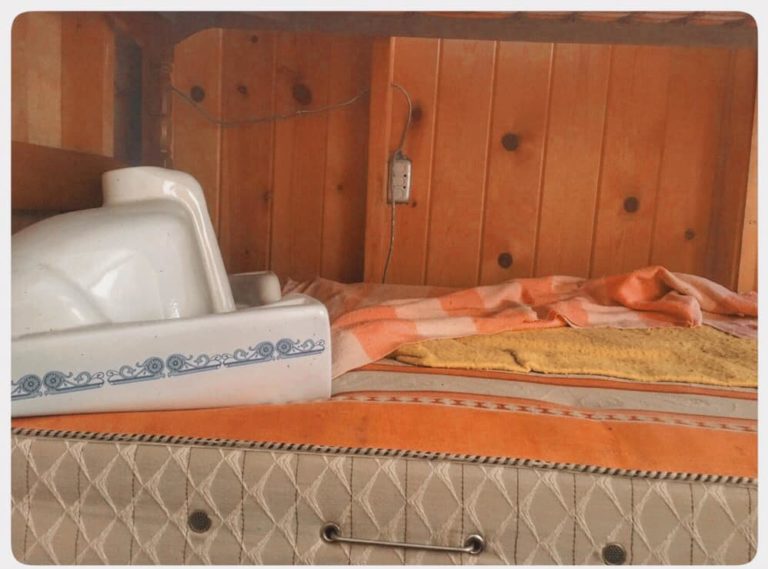
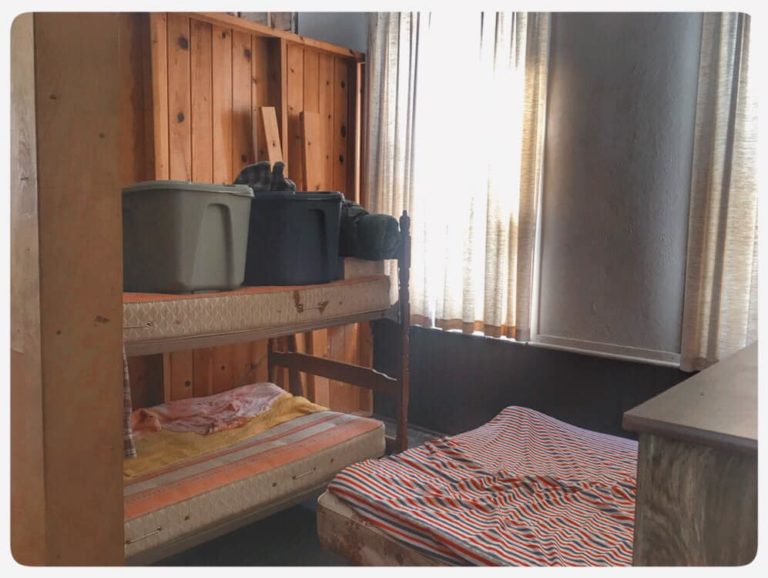

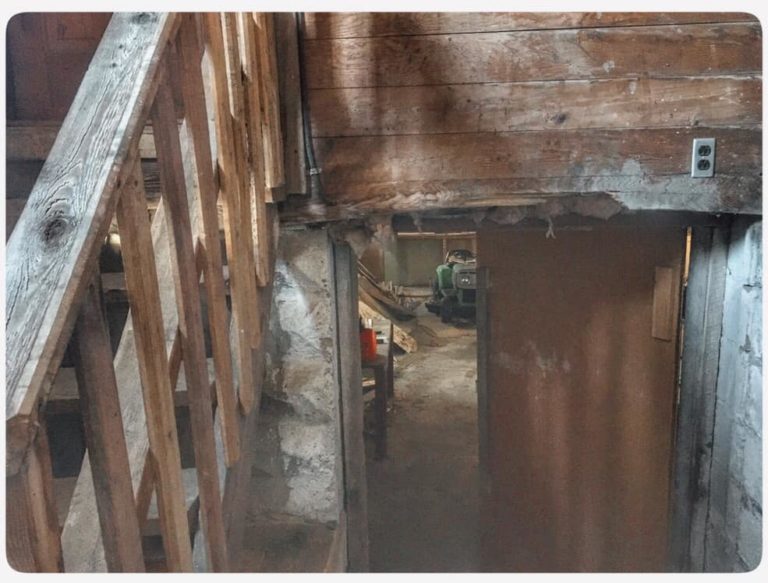
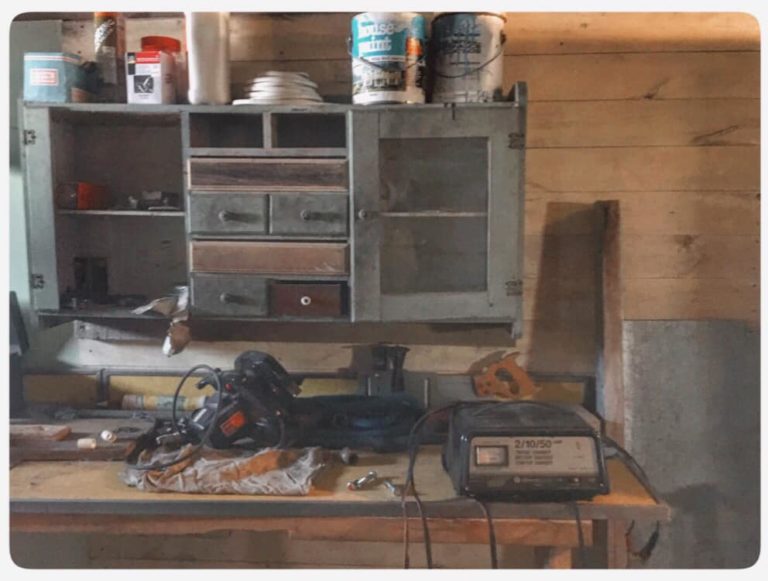
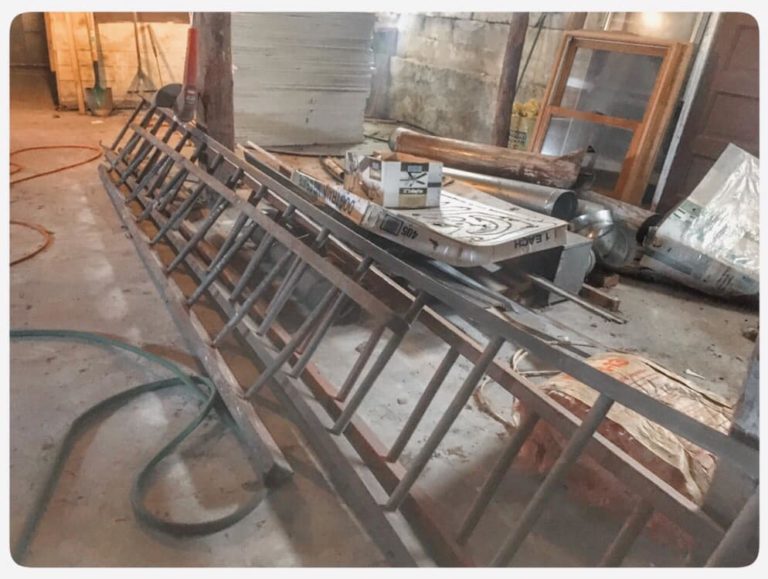
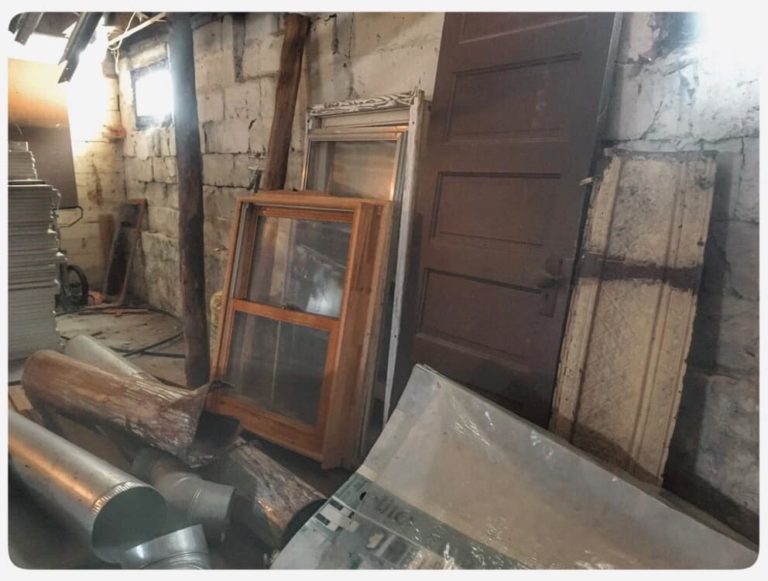
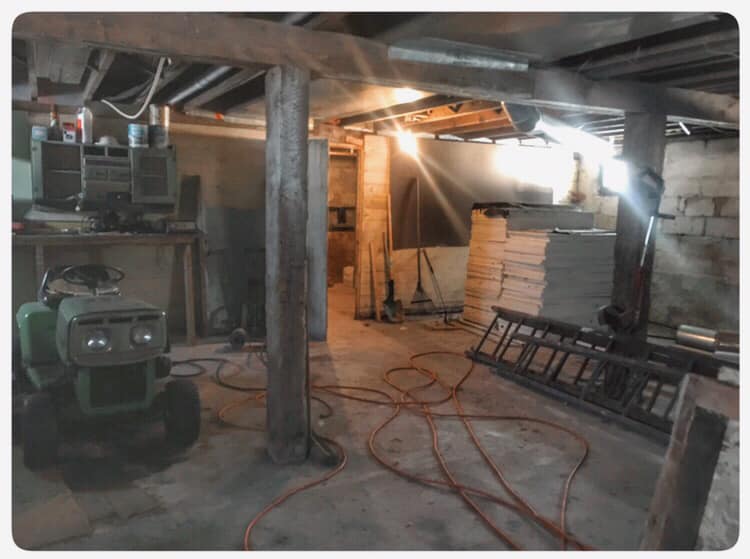
Previous
Next
Located in Lake Michigan’s snow-belt, the weather seemed typical for a late-winter morning. The conditions had been slick enough to spin our truck off-road about a mile from the schoolhouse, which seemed like an appropriate welcome to the north. As if the drive didn’t sell us, the schoolhouse’s charm did.
Though the temps outside were in the low 40’s, the wood-burning stove had heated the indoors to a temperate 60. Having spent the past 3 winters freezing alive inside a drafty 5 bedroom home of the same age, there was something especially appealing about the cozy size of the space. Made all the more smaller at the time by layers of mismatched paneling and two separate ceilings, we were sold and eager to begin the process of dismantling it. Four months later, title in hand, we began the long demo process.

While we look forward to re-opening a portion of the Lewis School for local learning someday, our primary focus at the moment is to get it re-roofed, insulated, and connected to the grid (for now at least!) by winter. With its arrival increasingly looming, we’ve got our work cut out for us. If you’d like to follow along in our renovation journey, we hope you will. We’ll be posting weekly blog updates beginning next week with Project #1: Knock Down Them Walls.
Building a future on the foundation of you,
Liza + Connor (and Trotsky)
